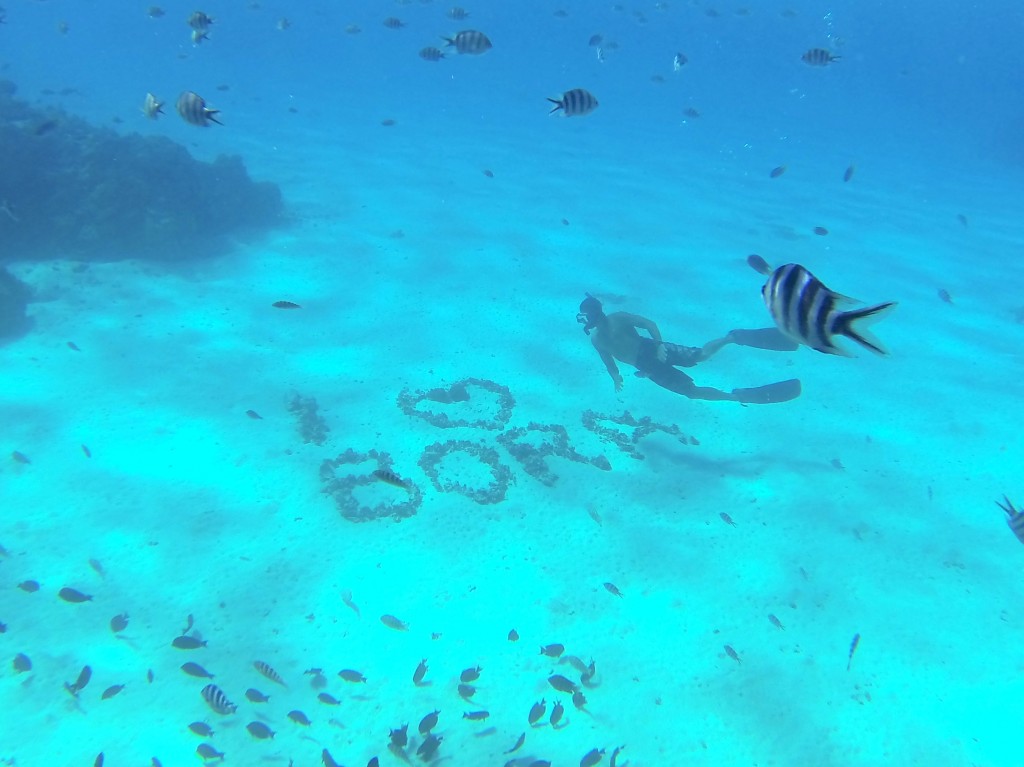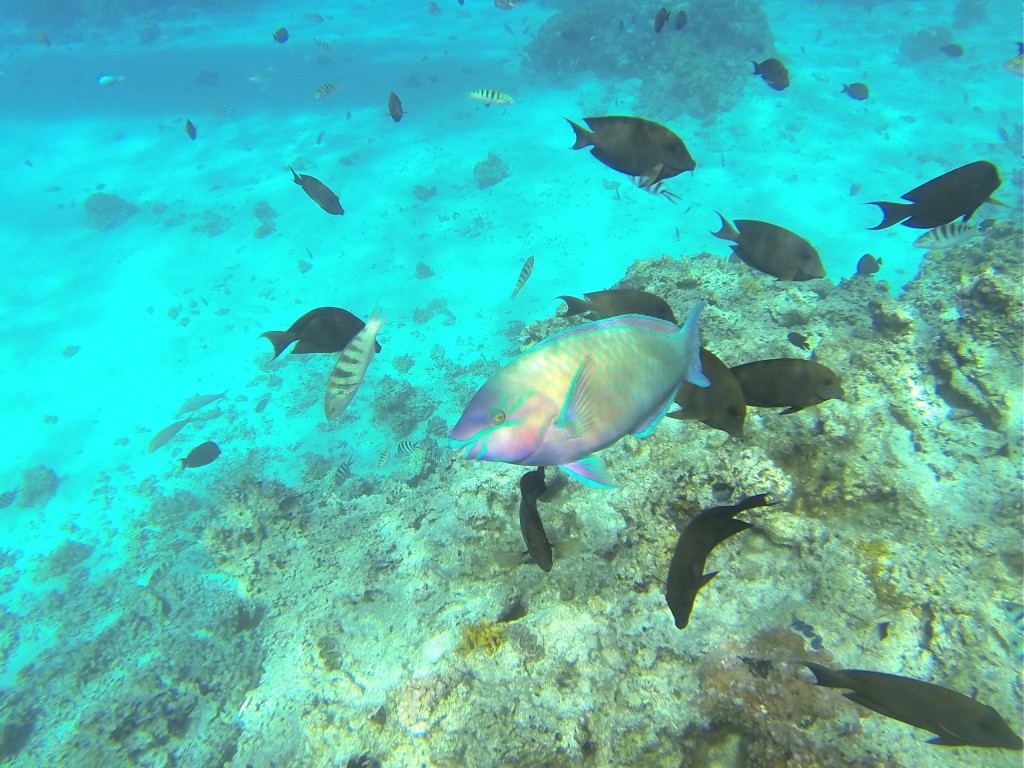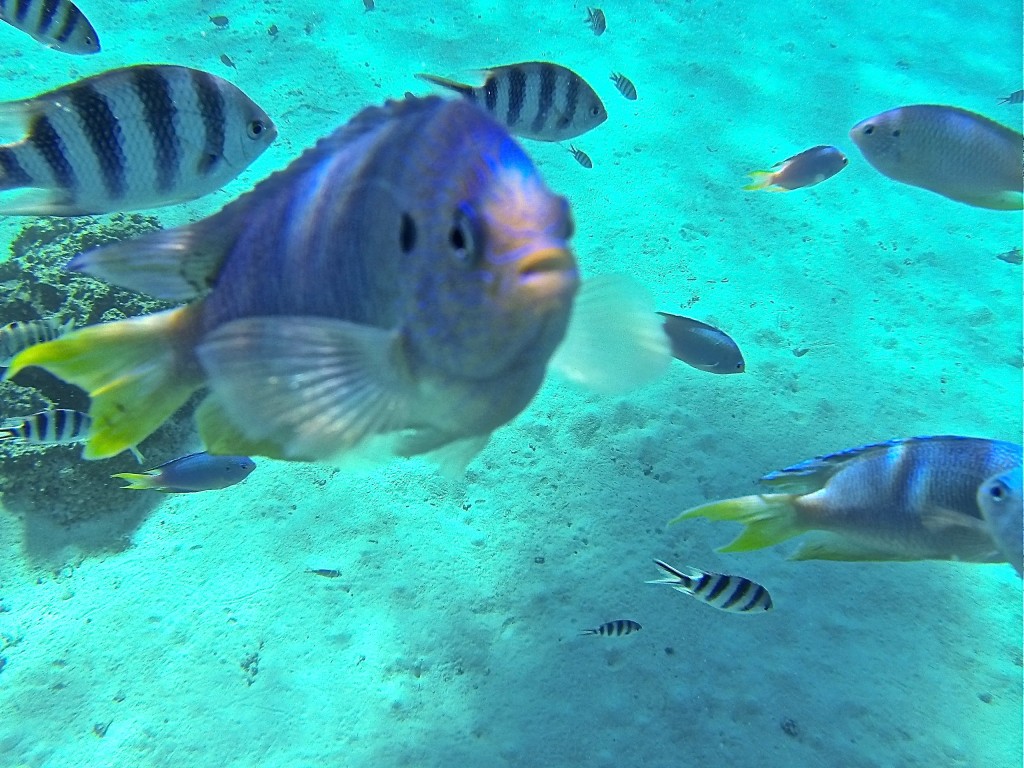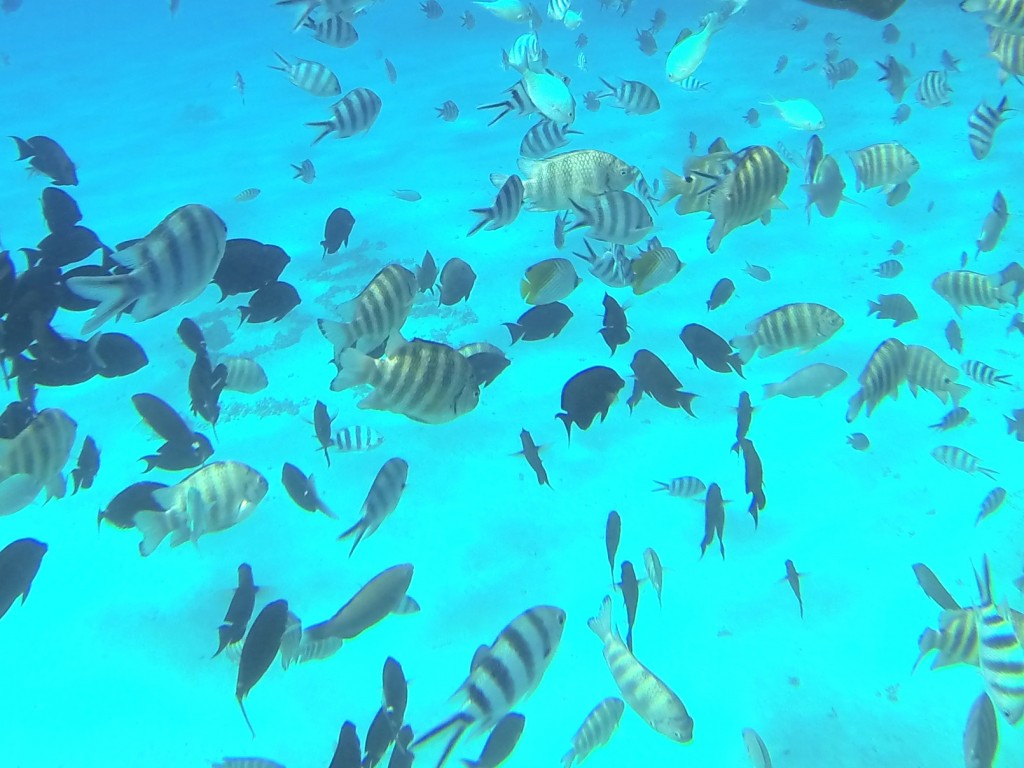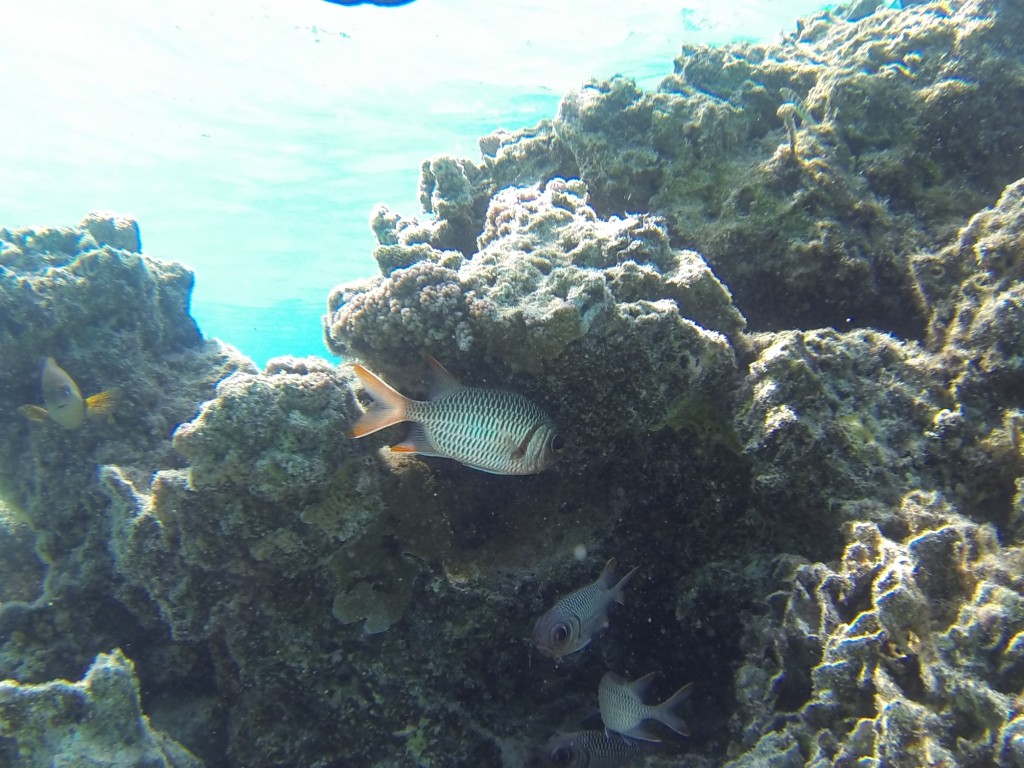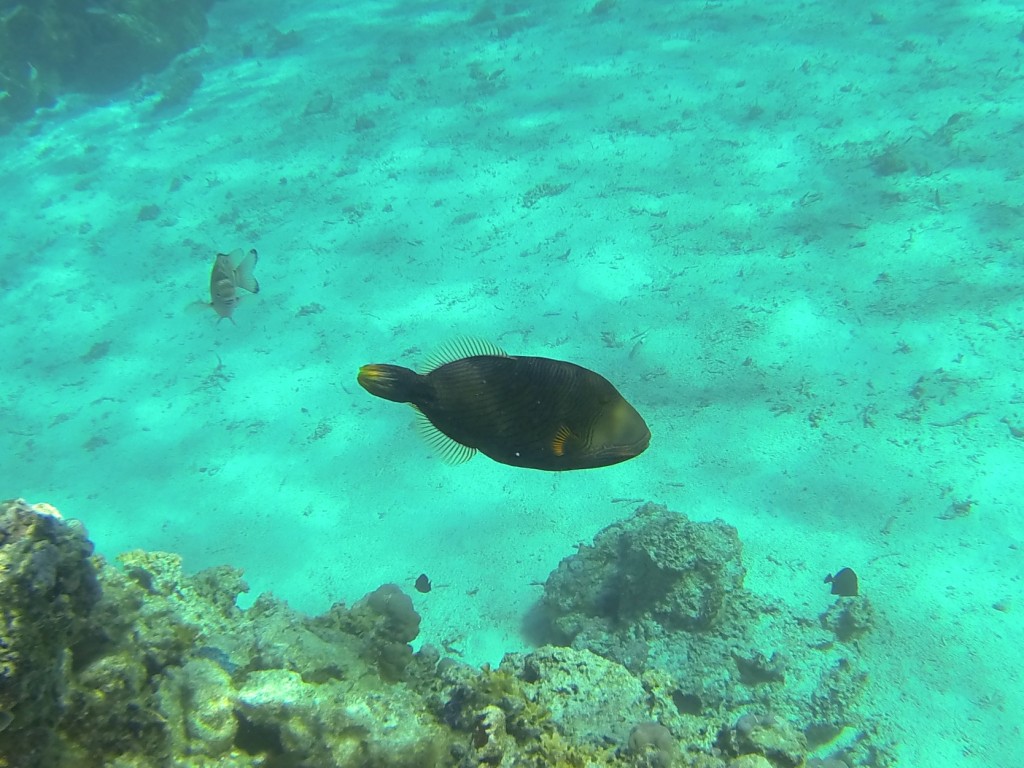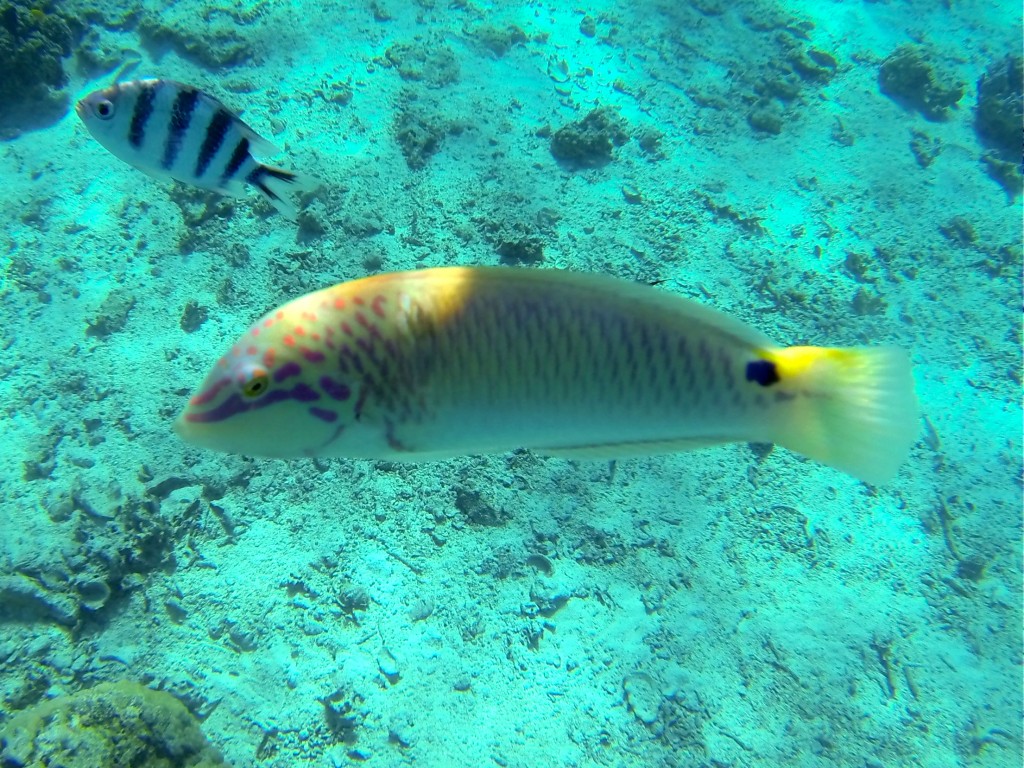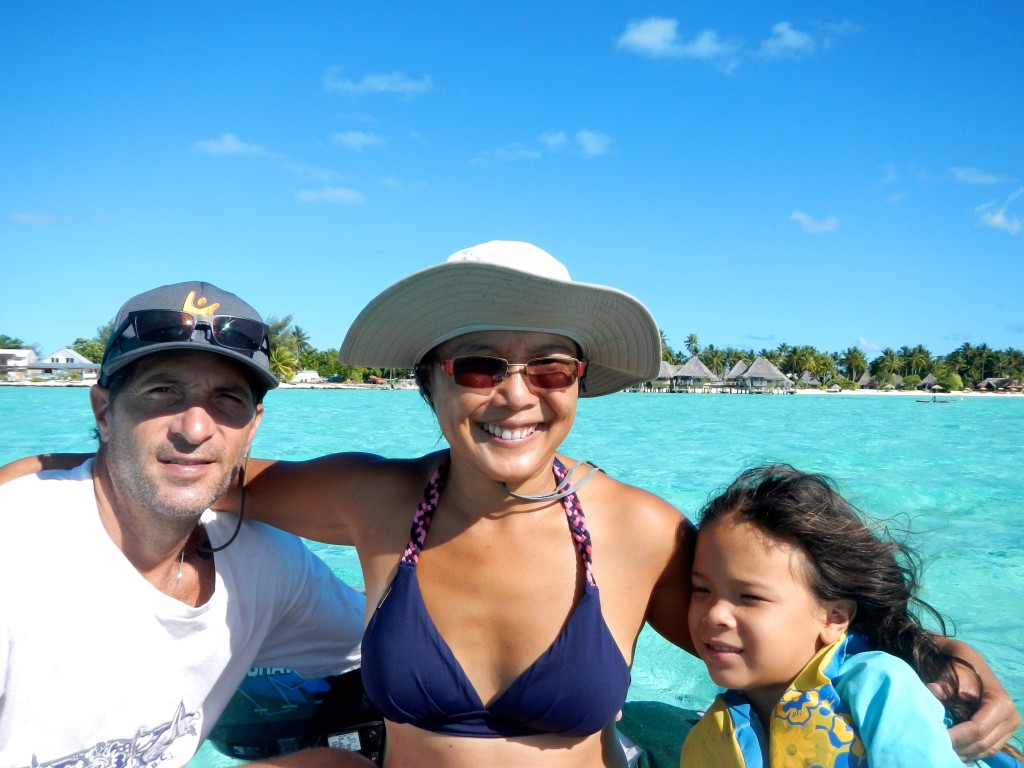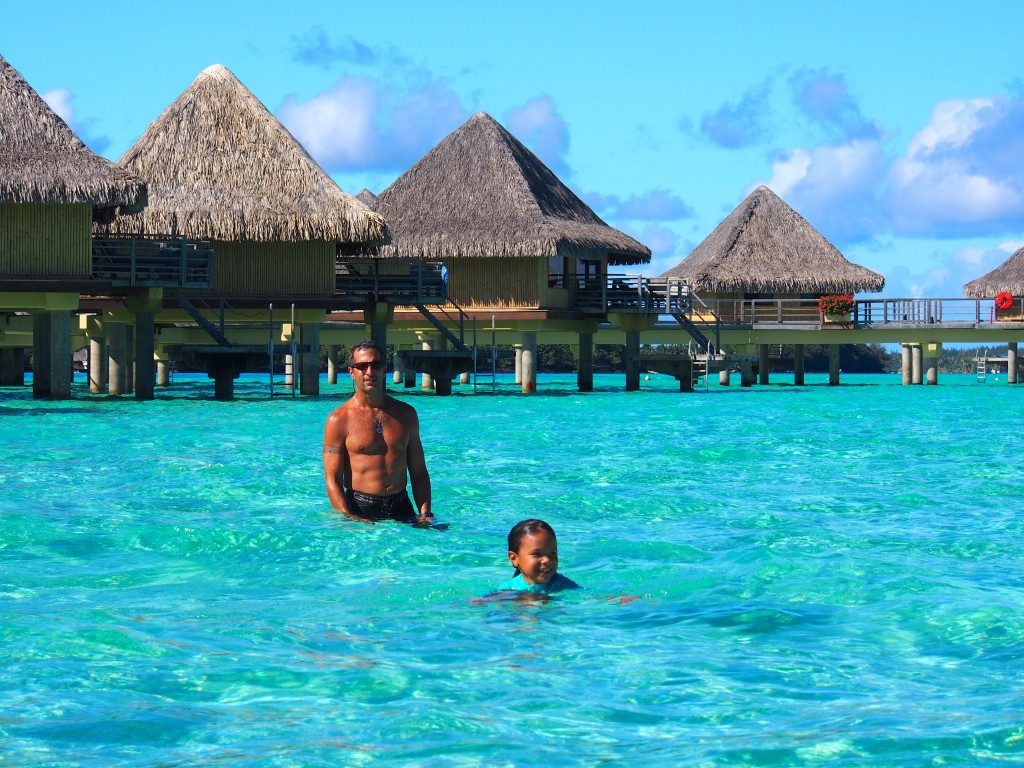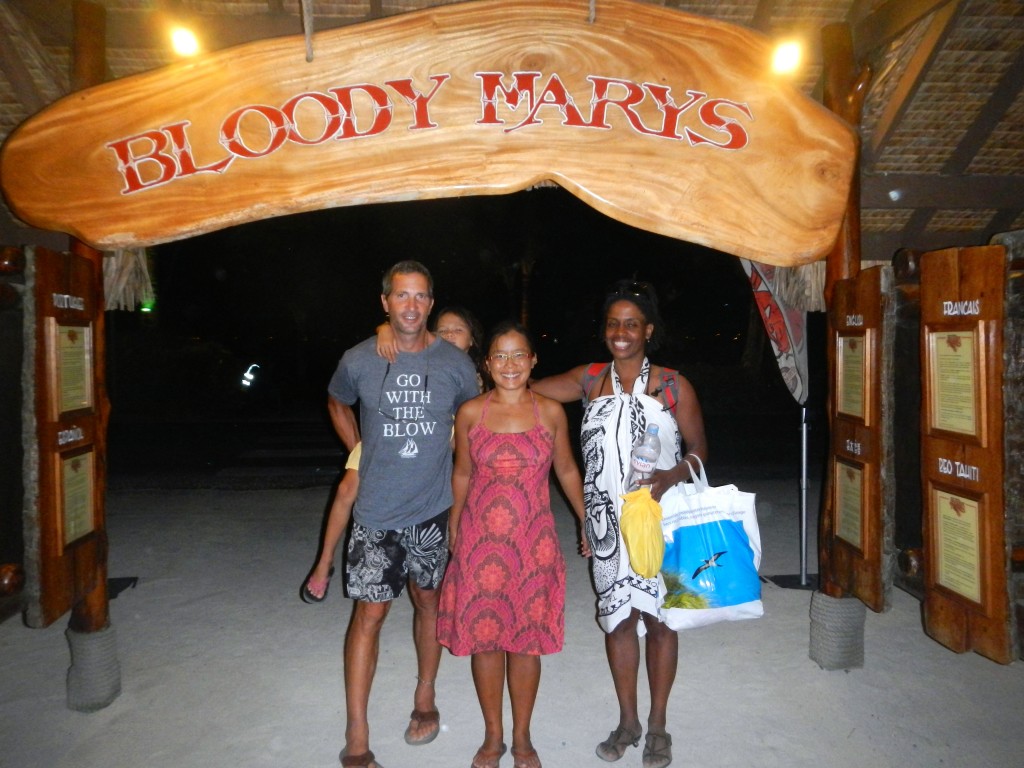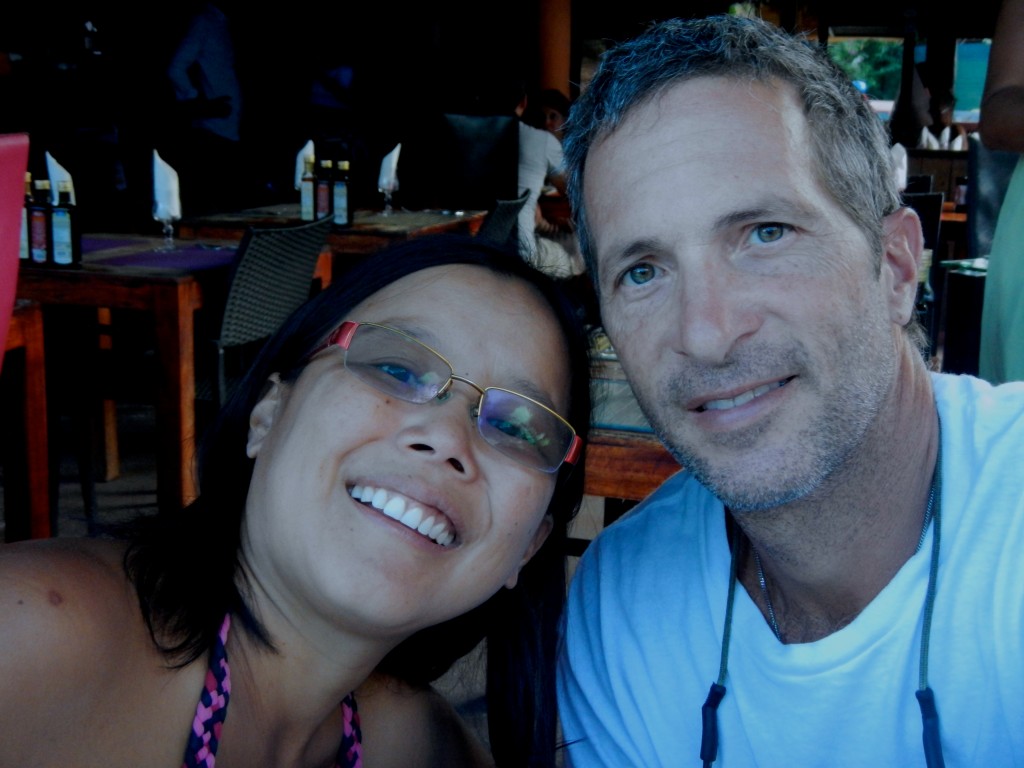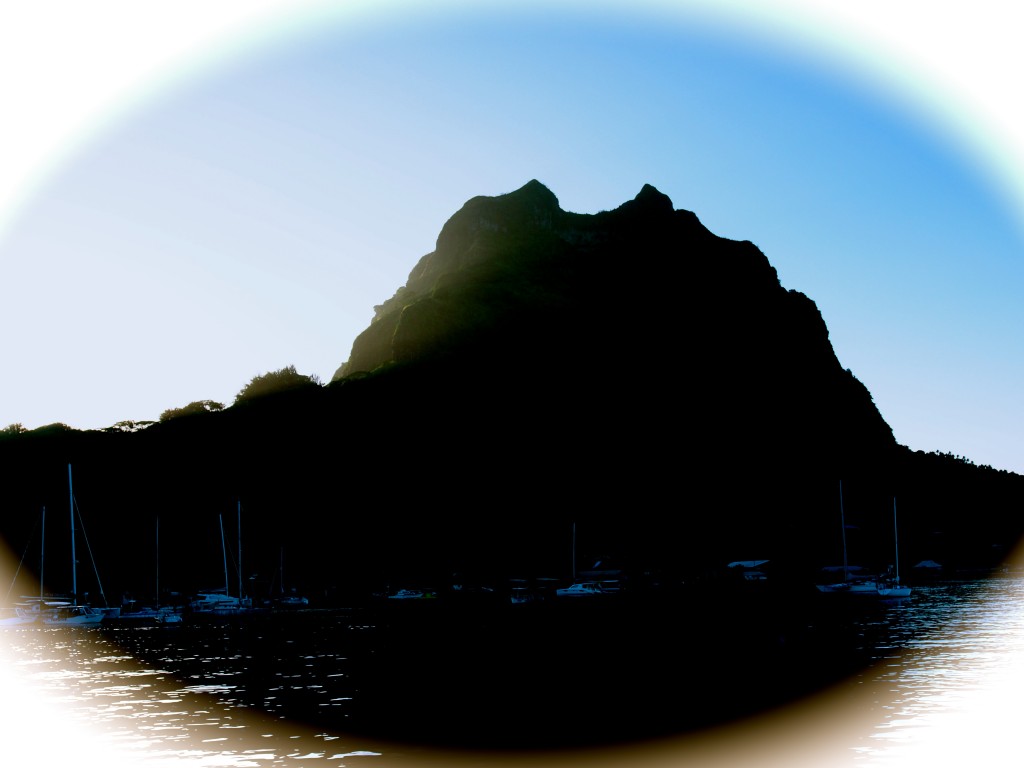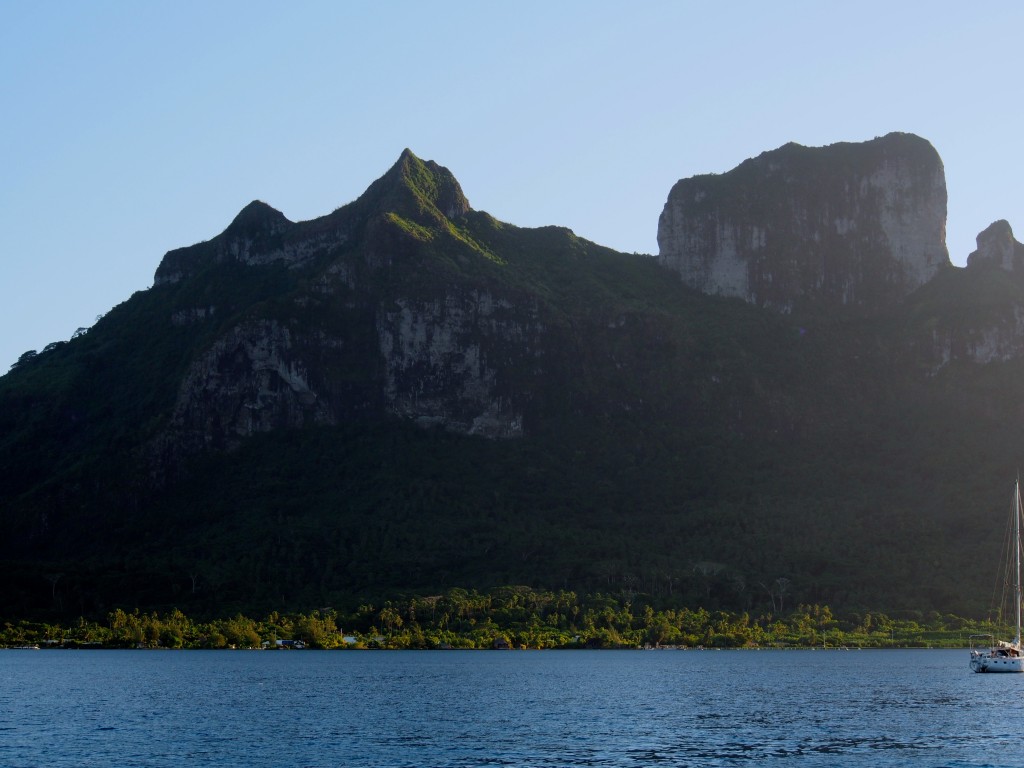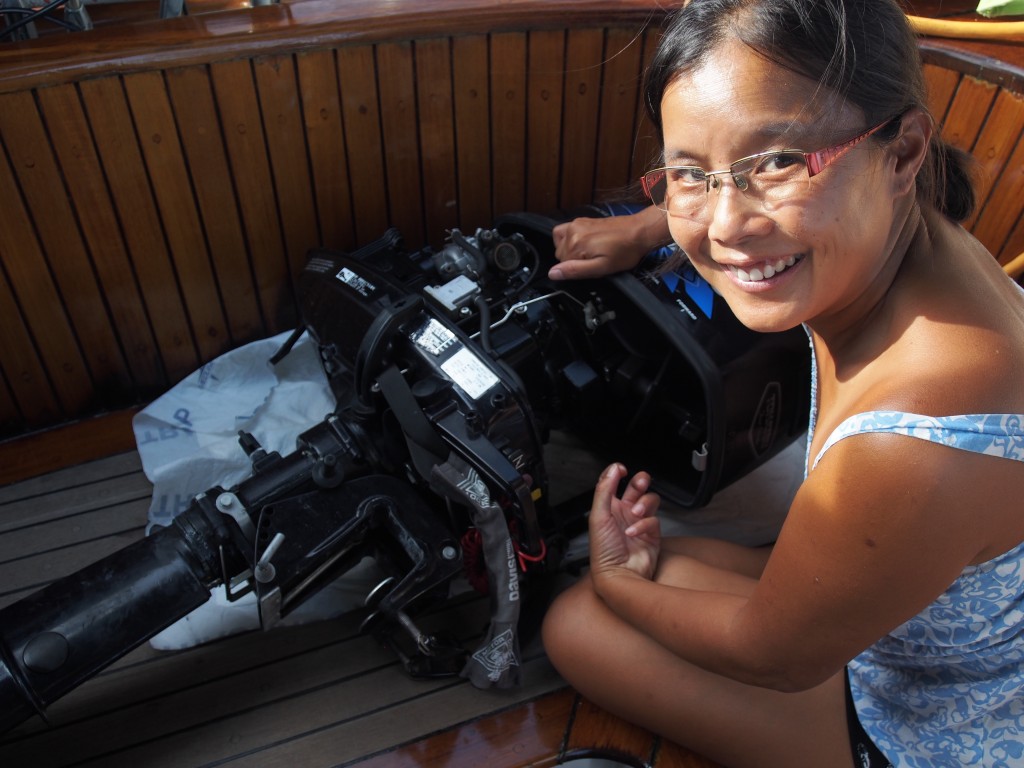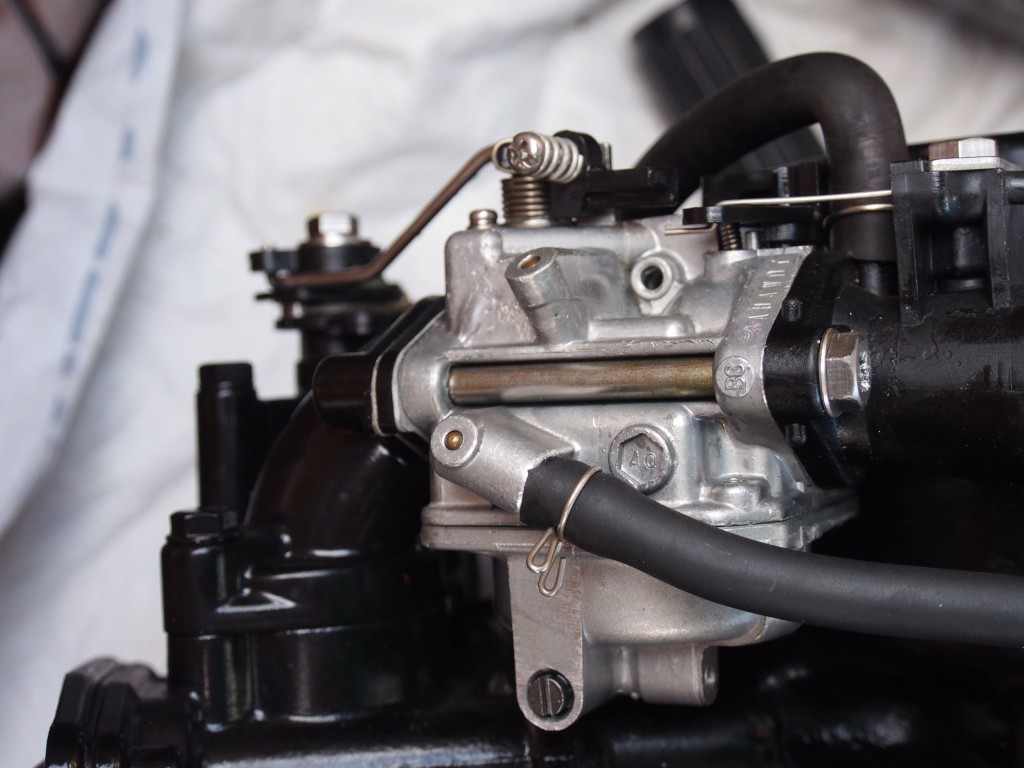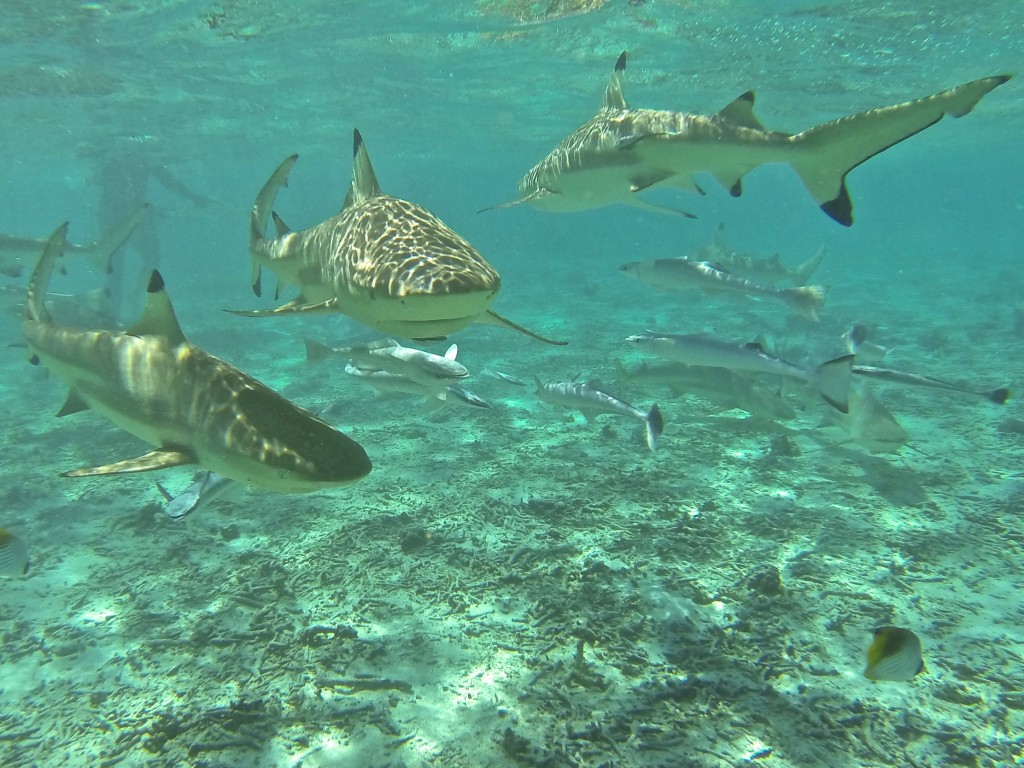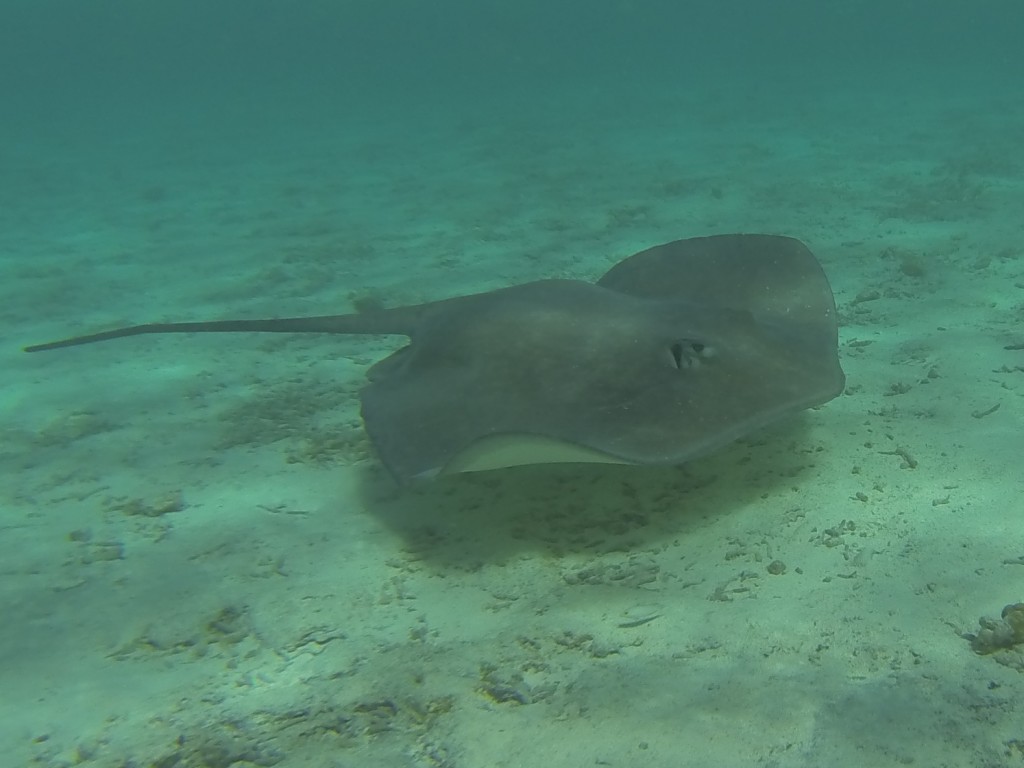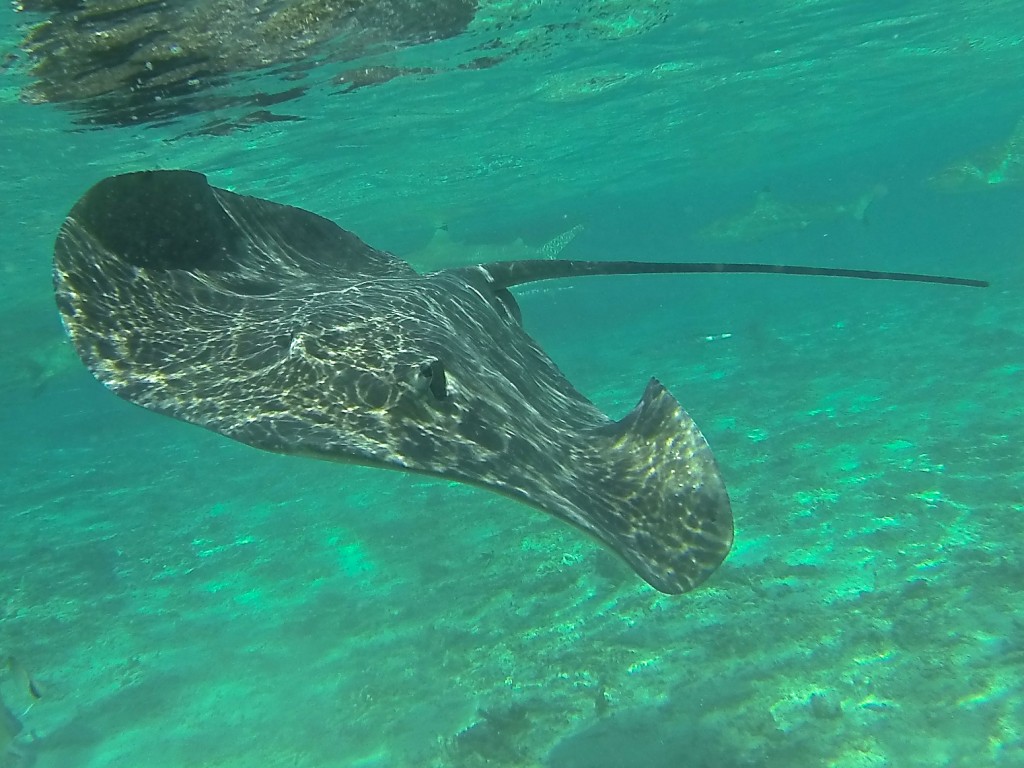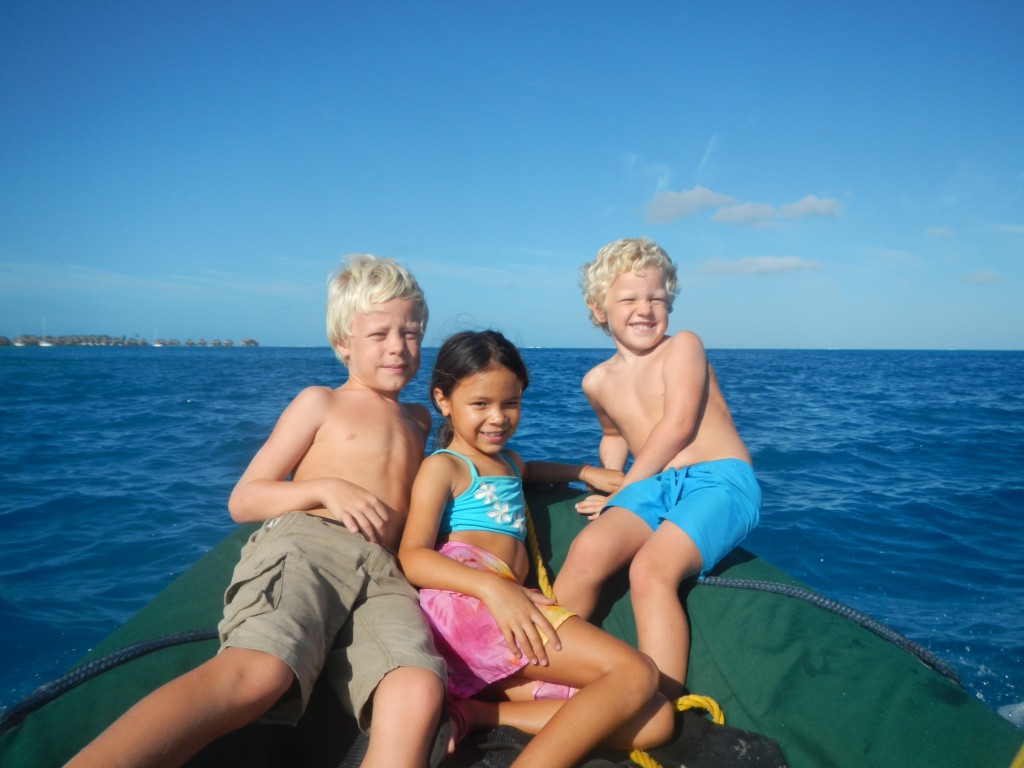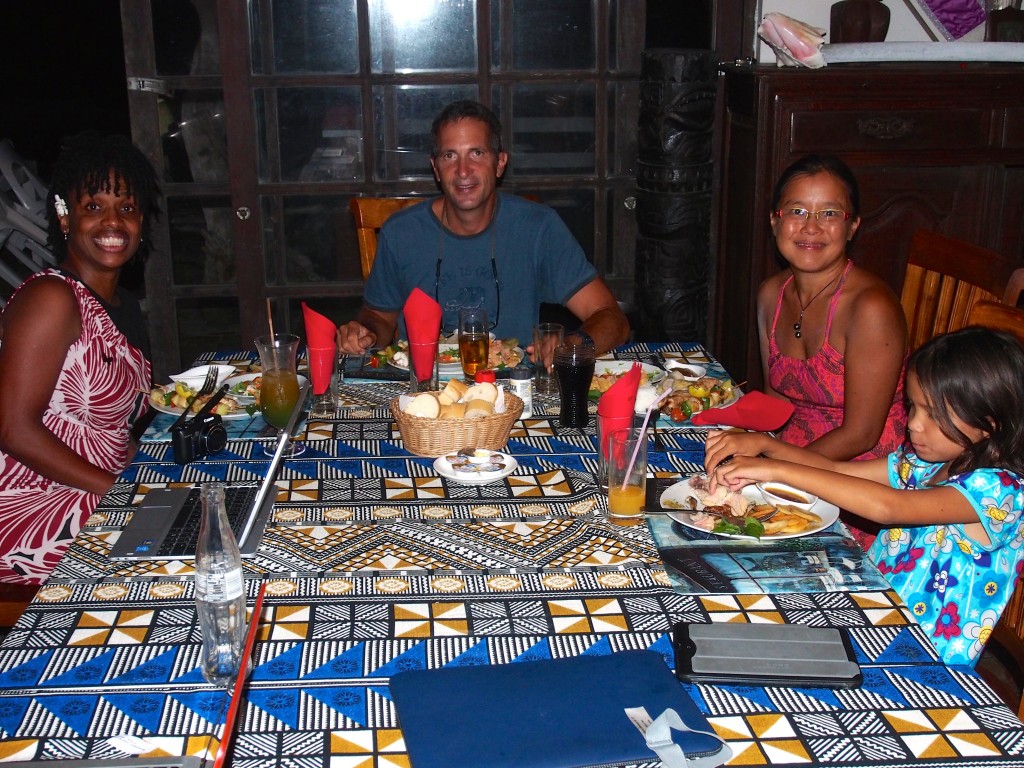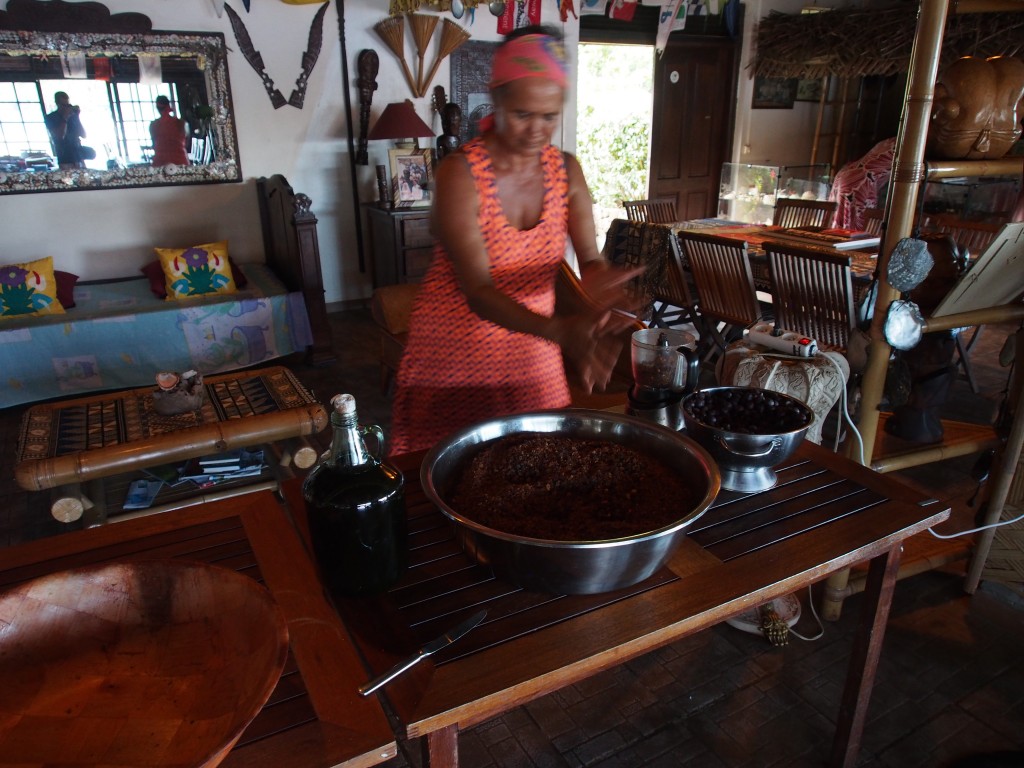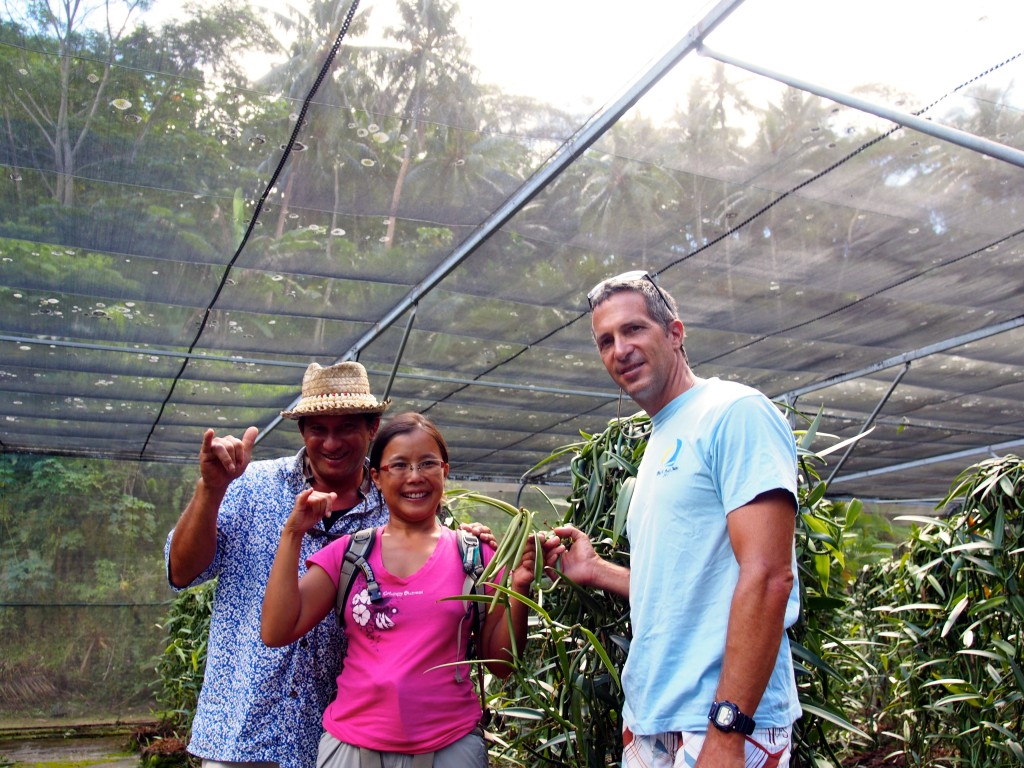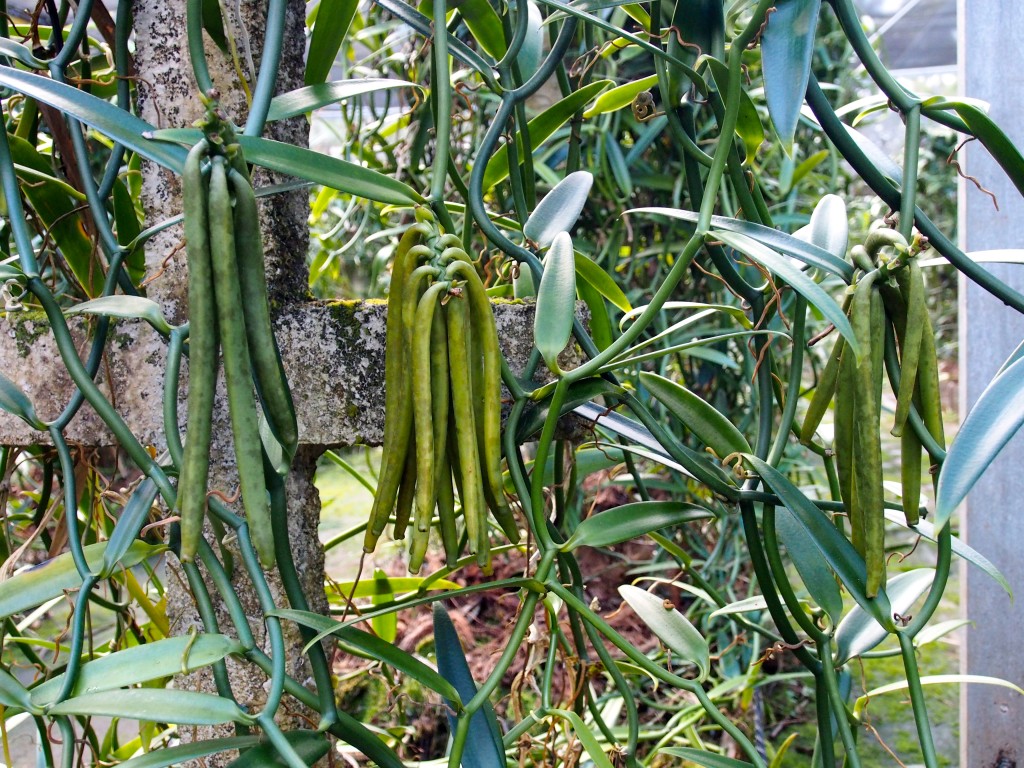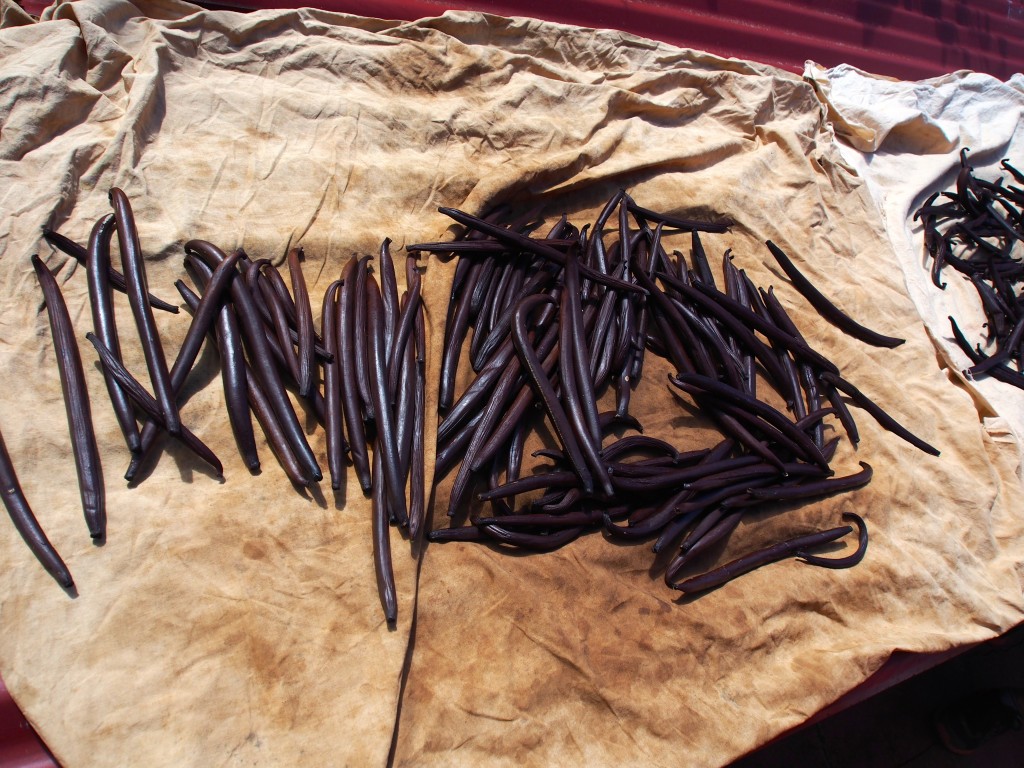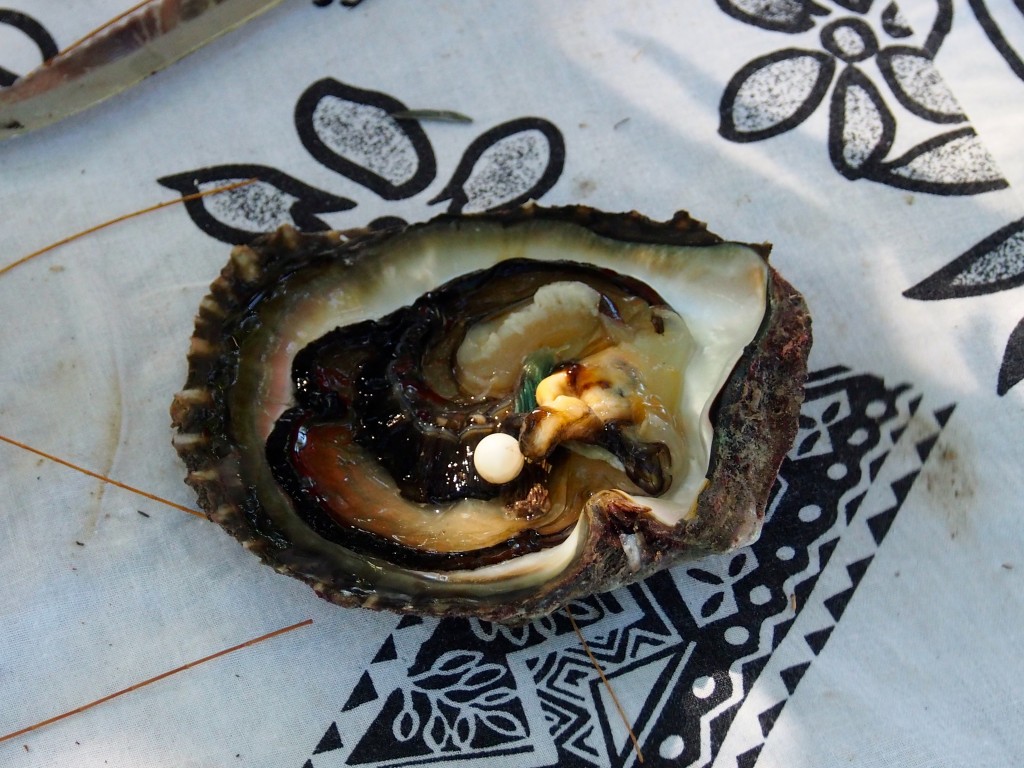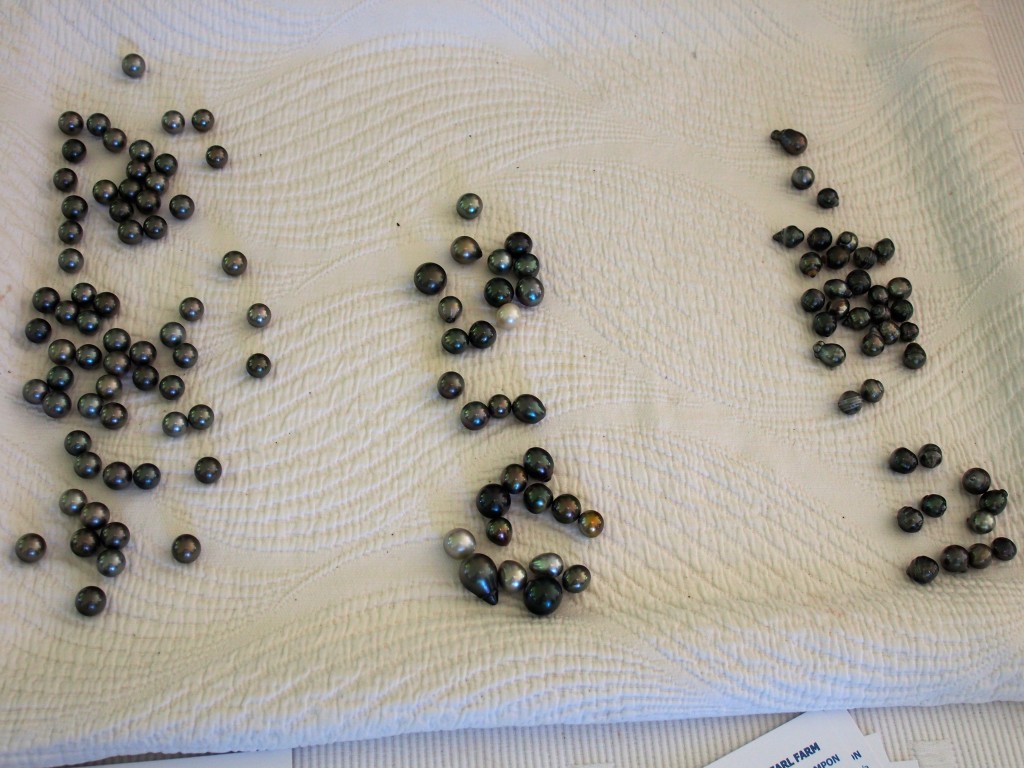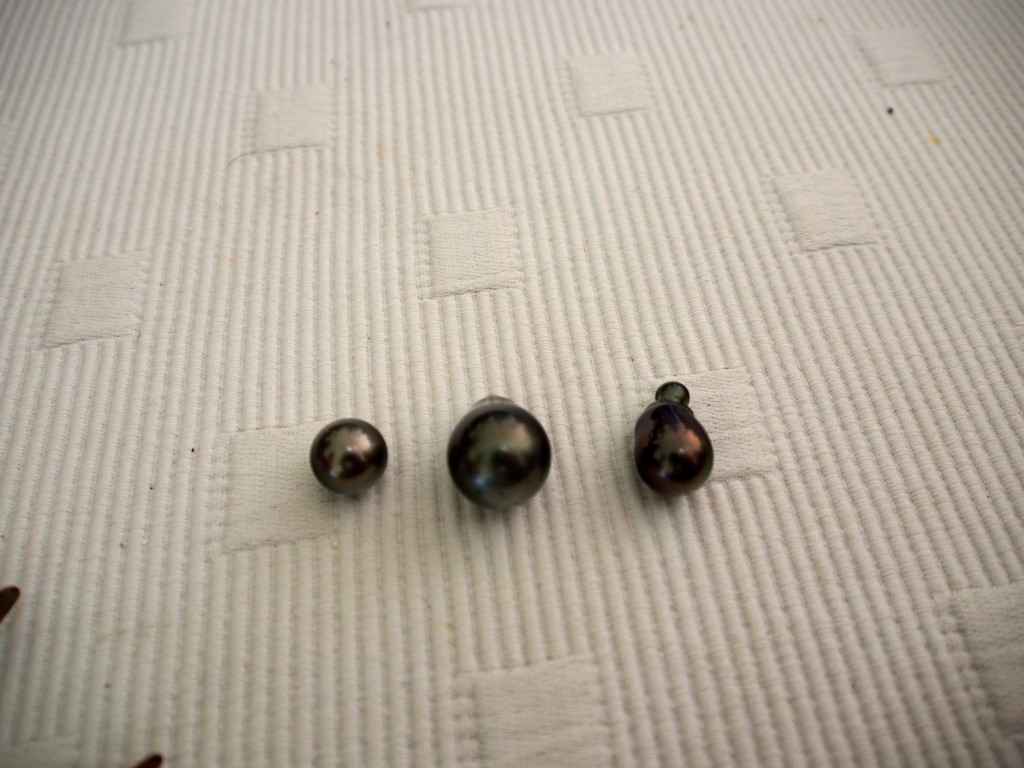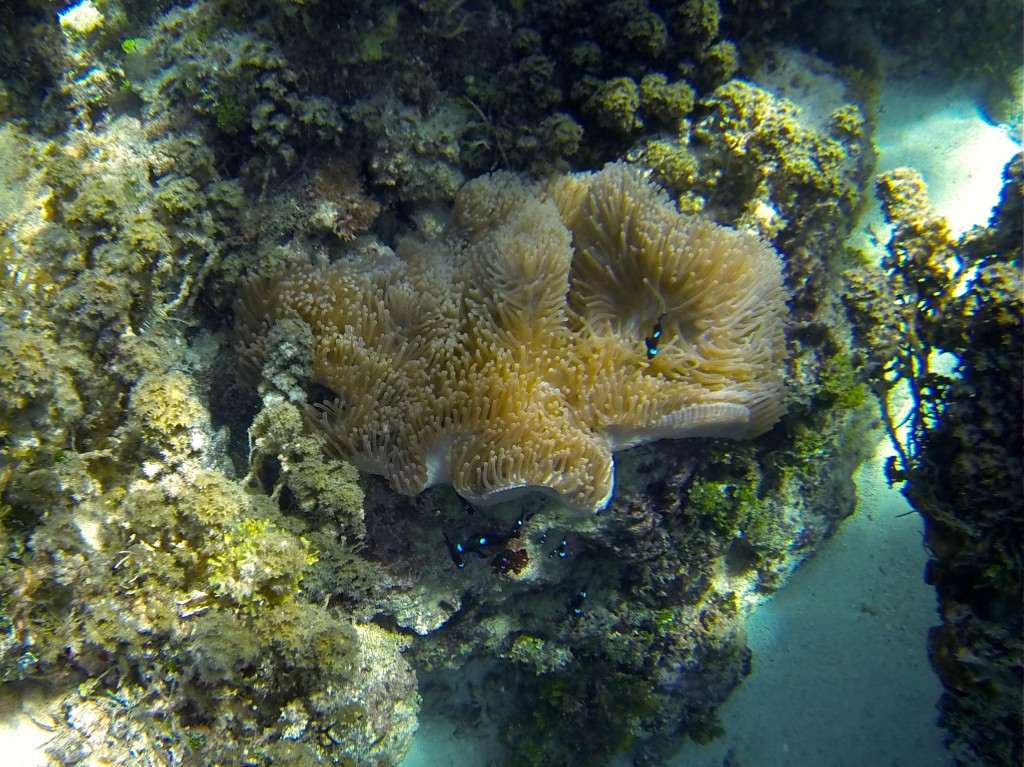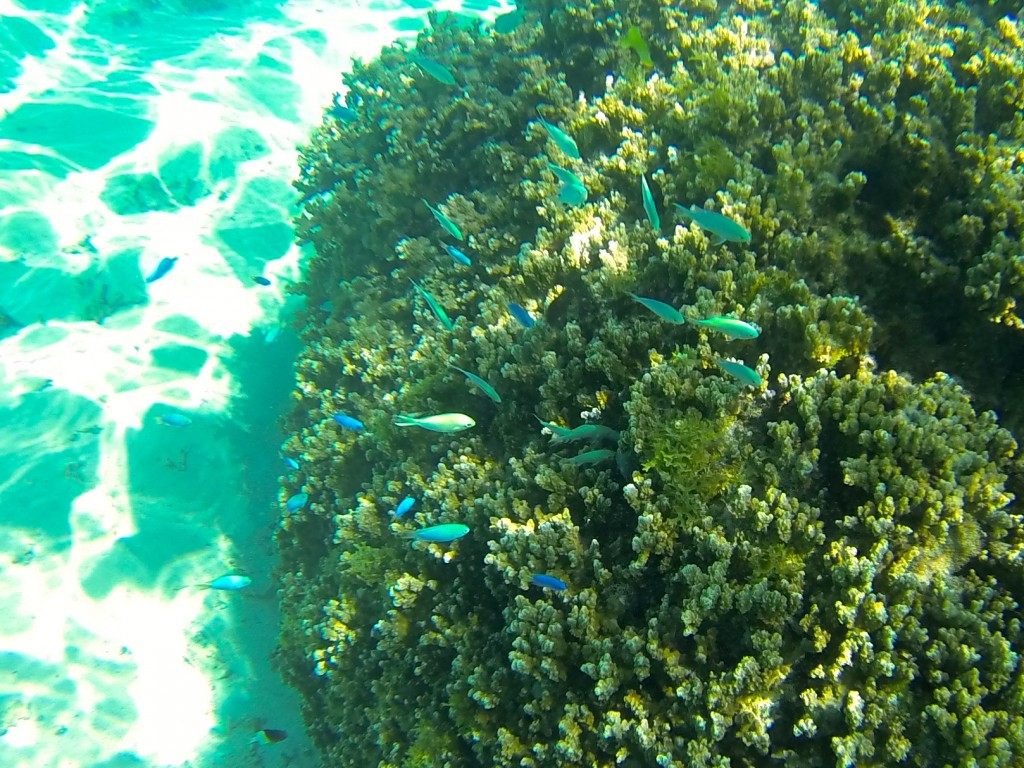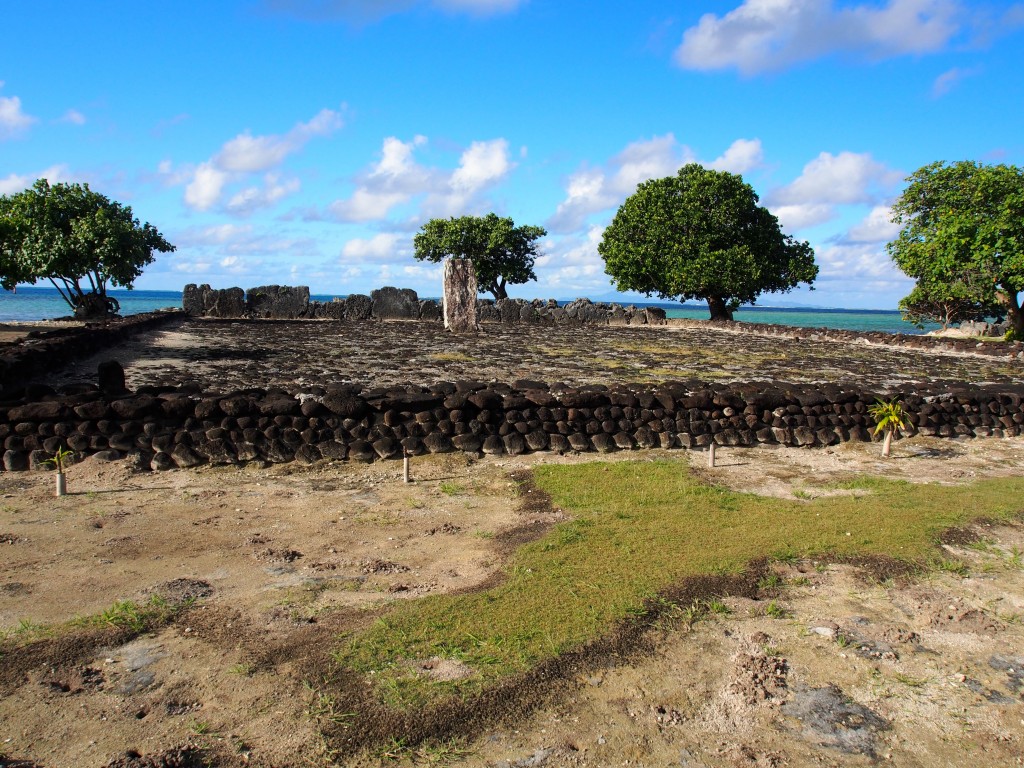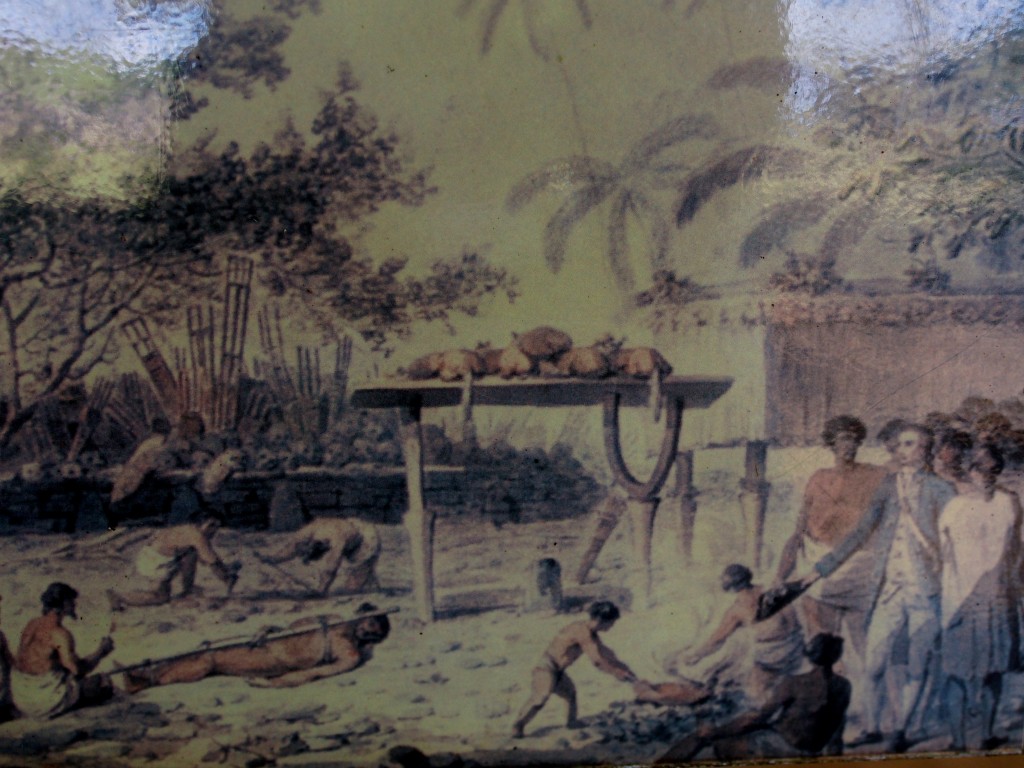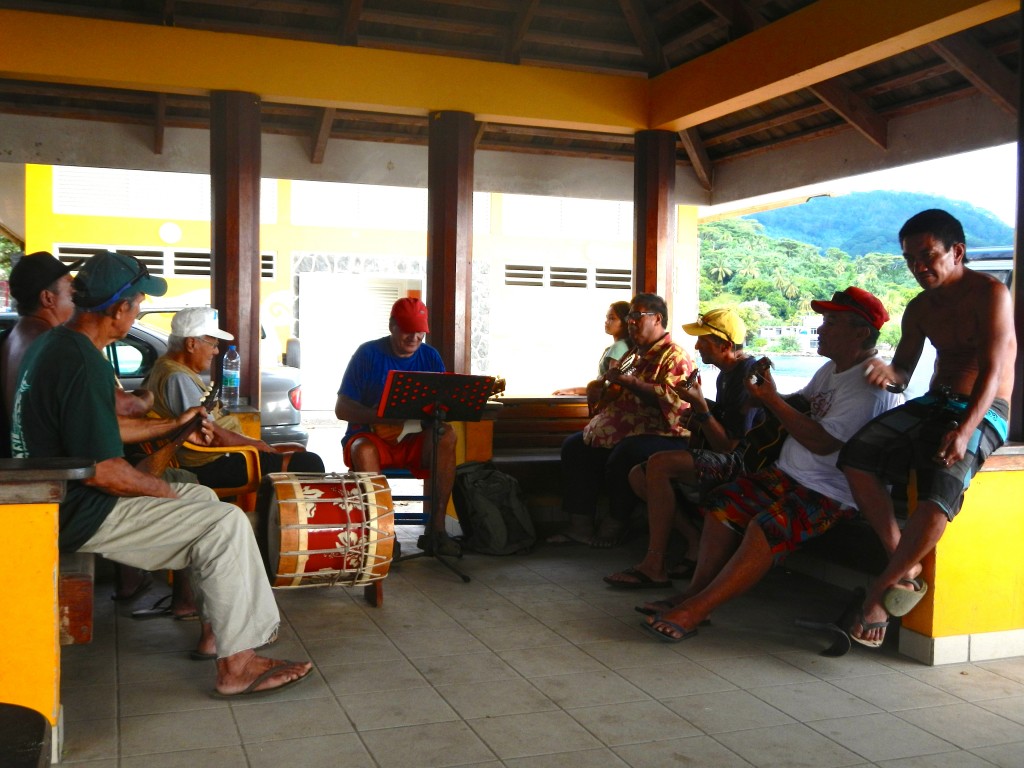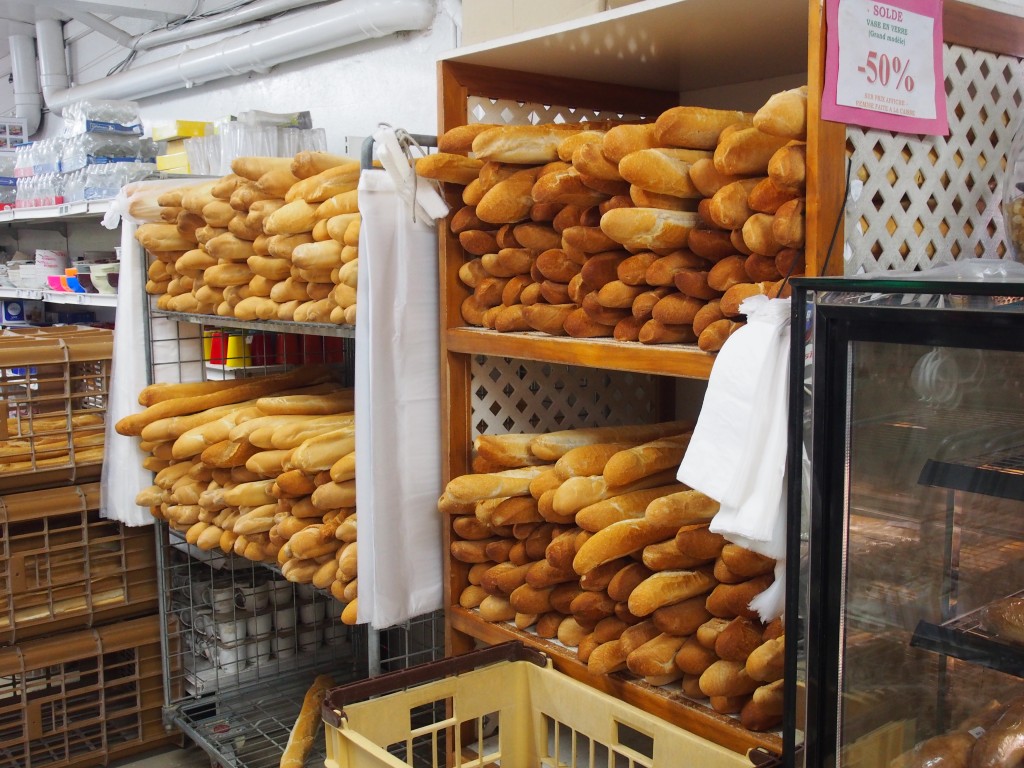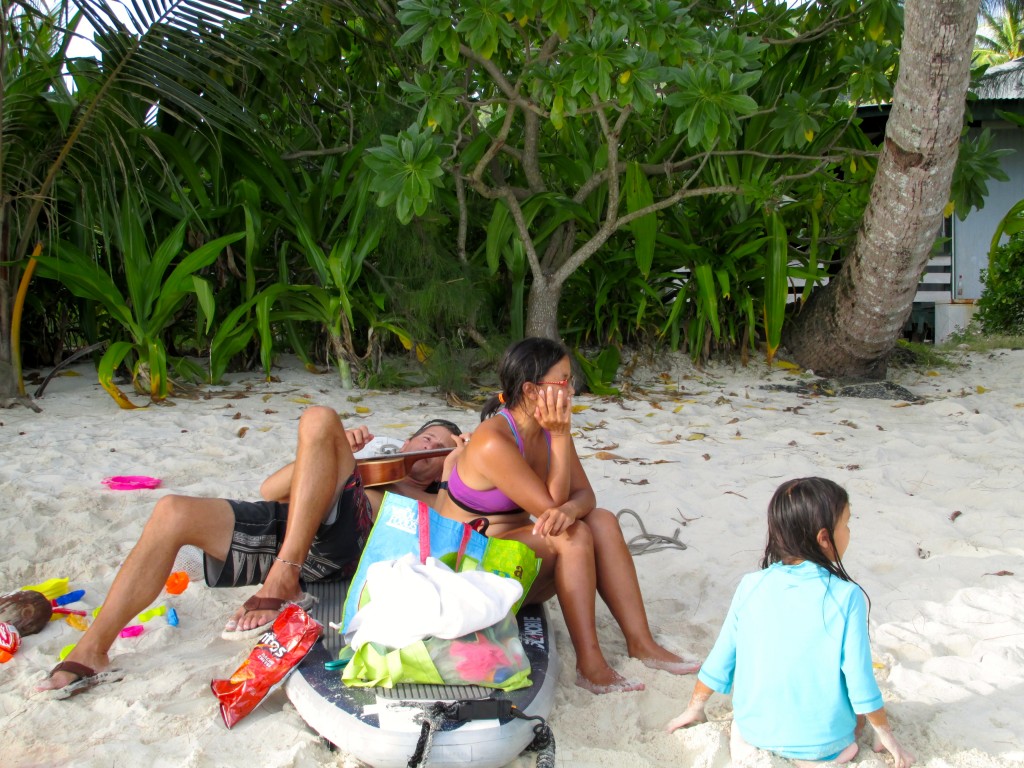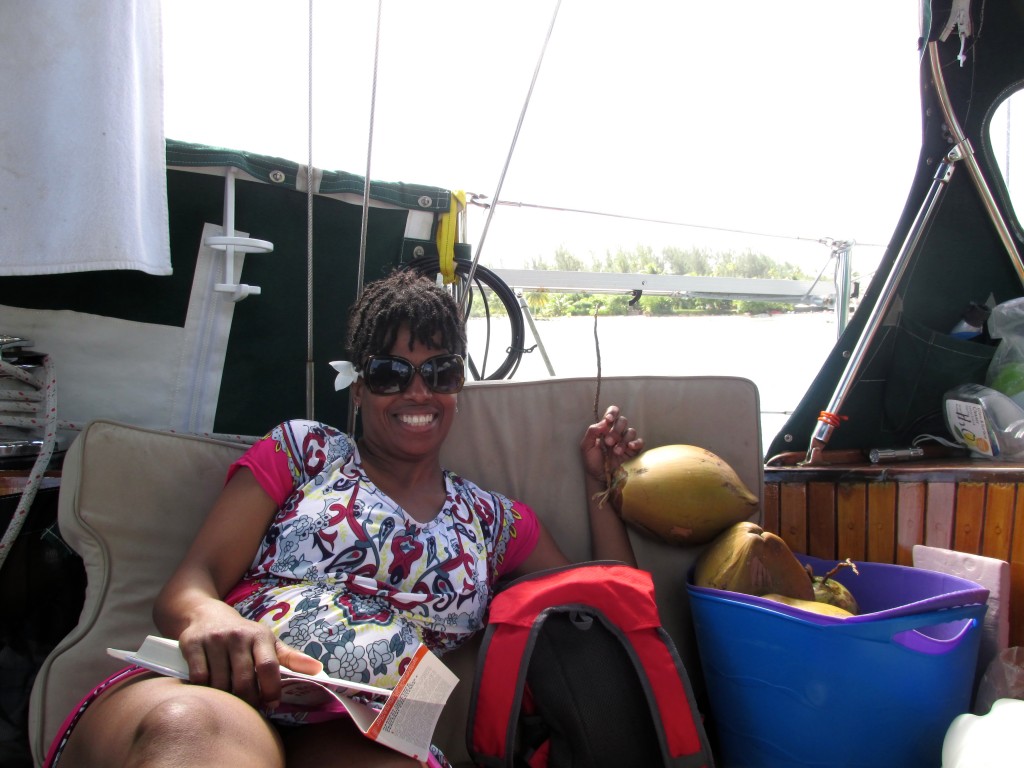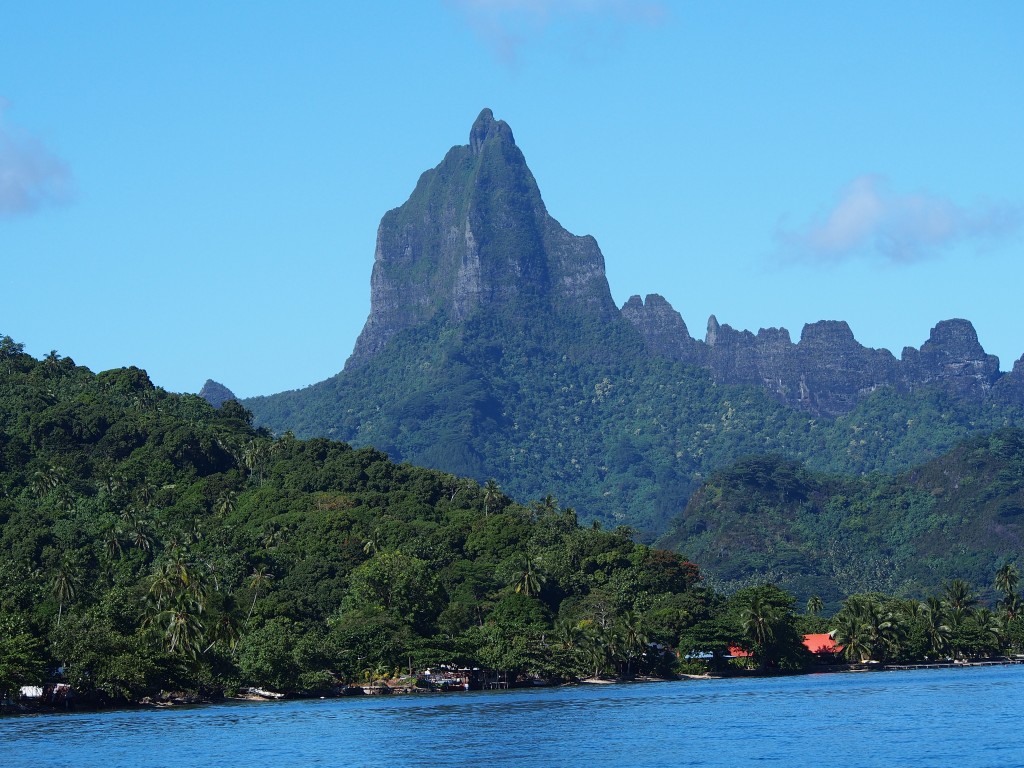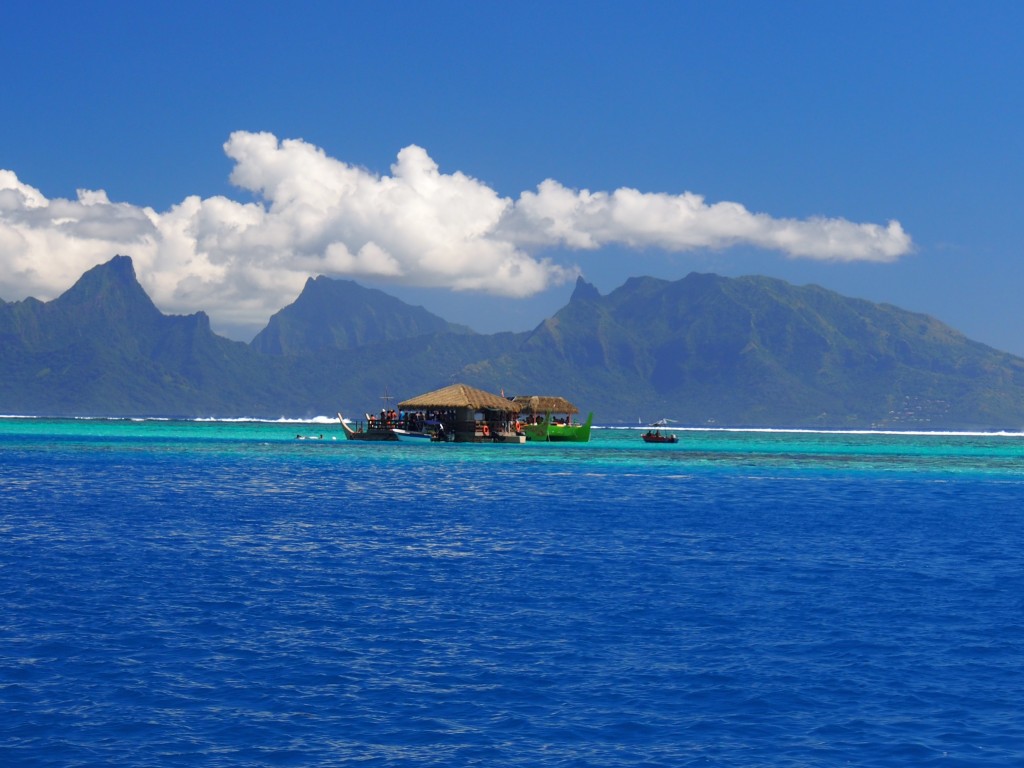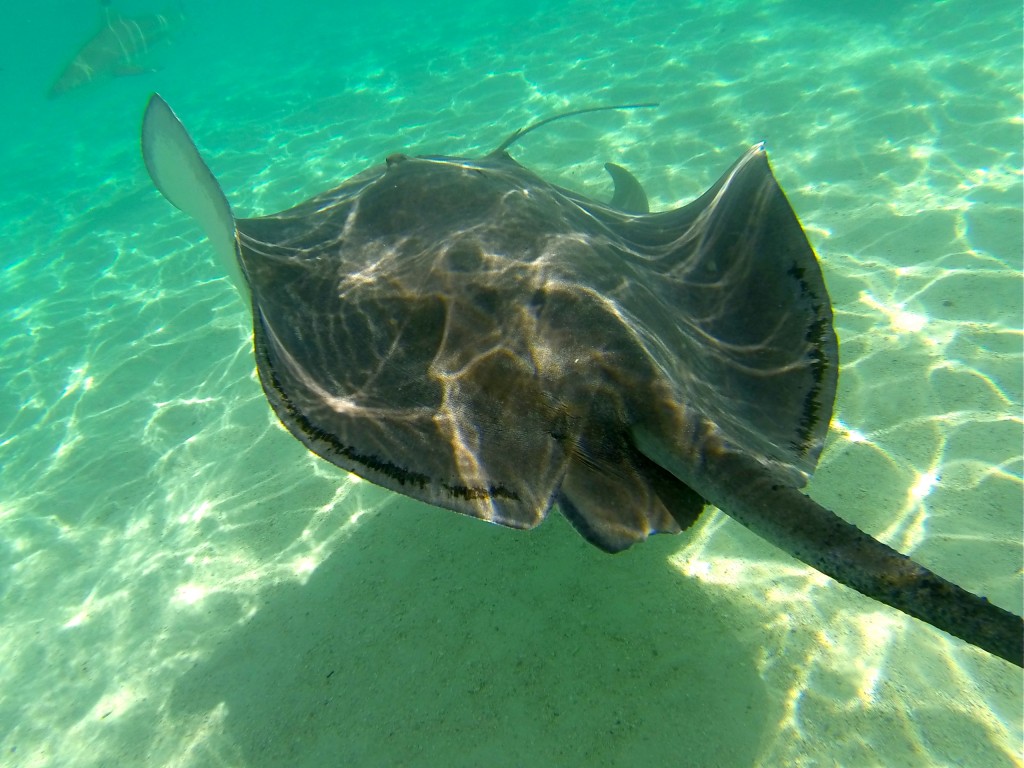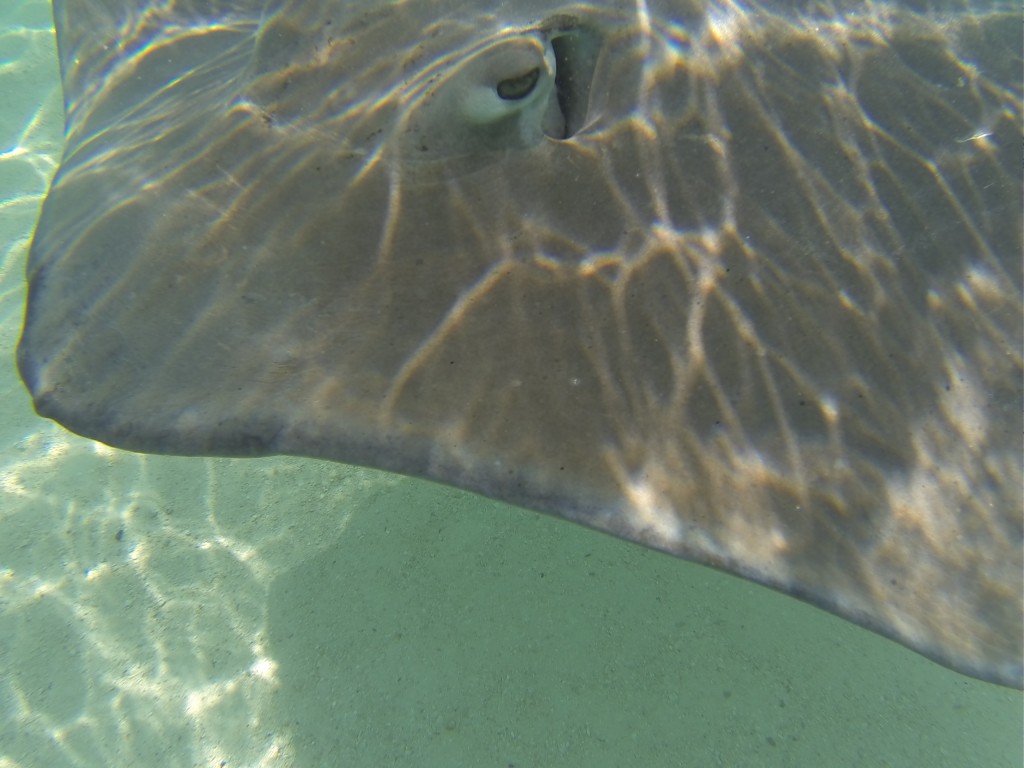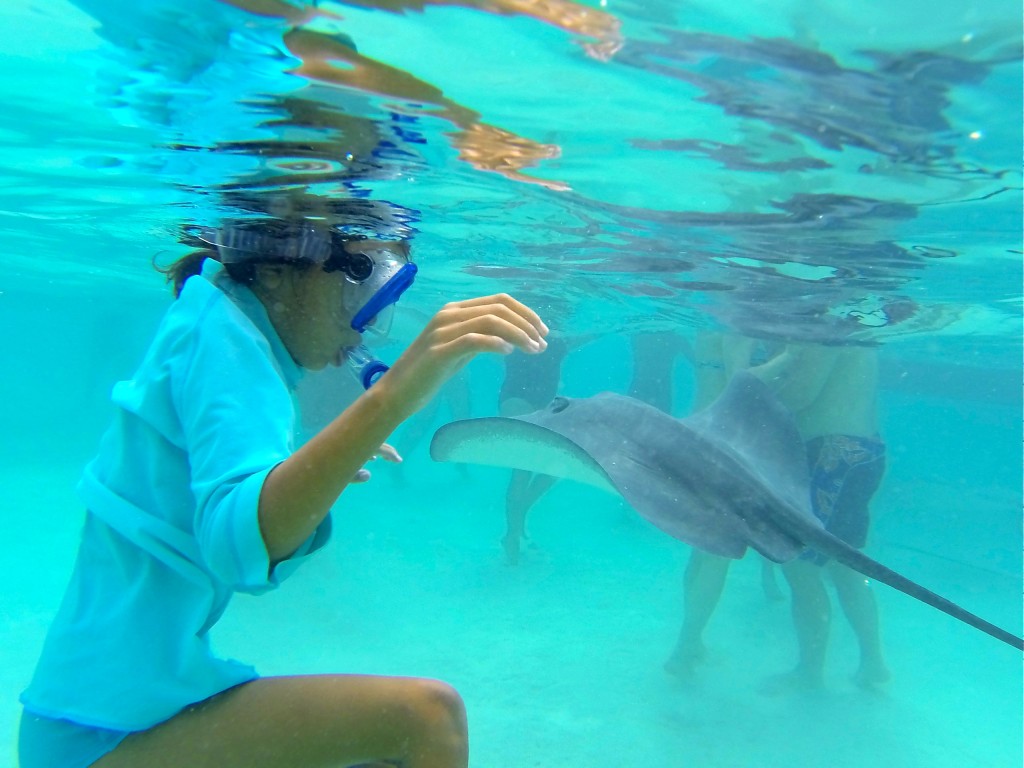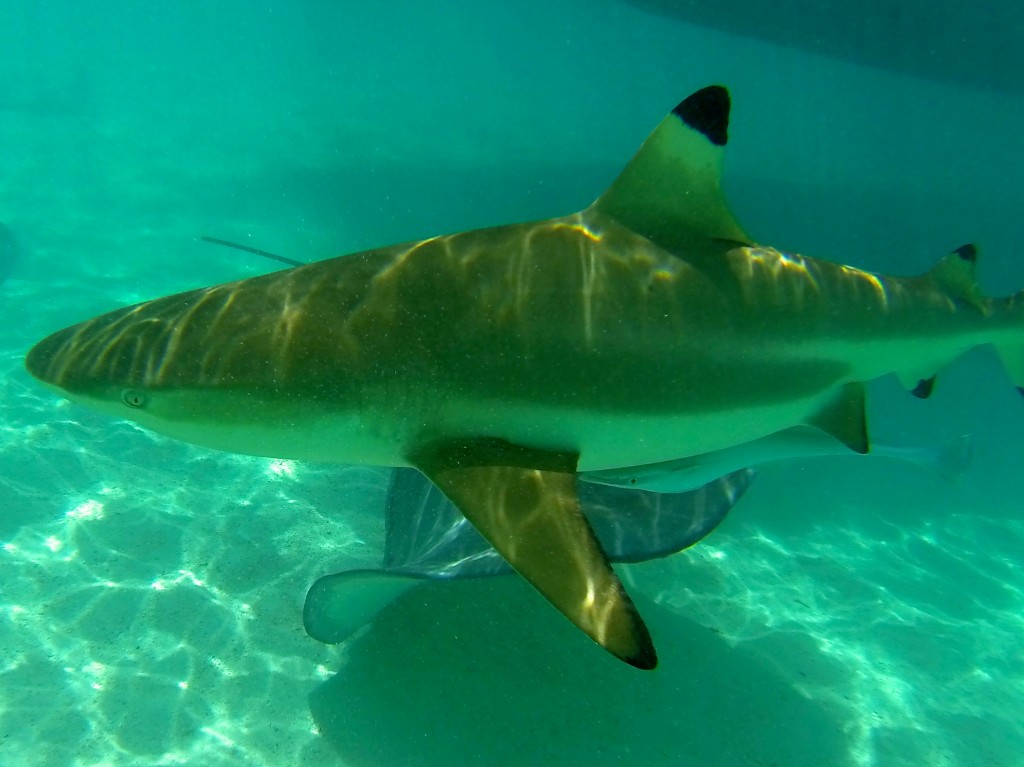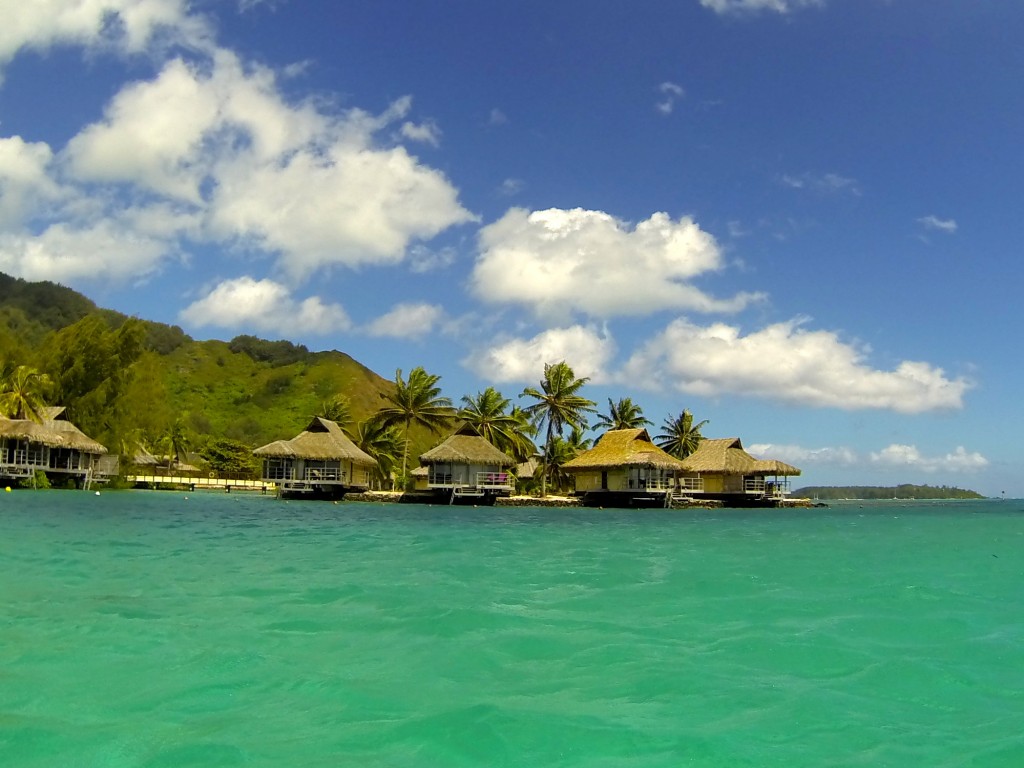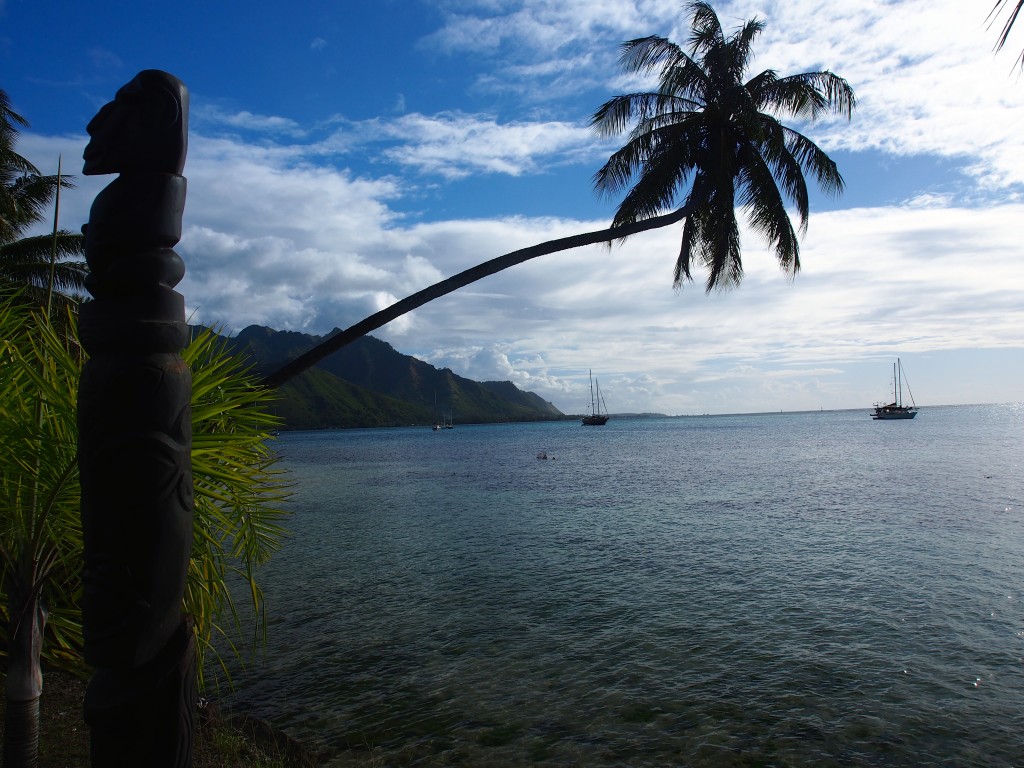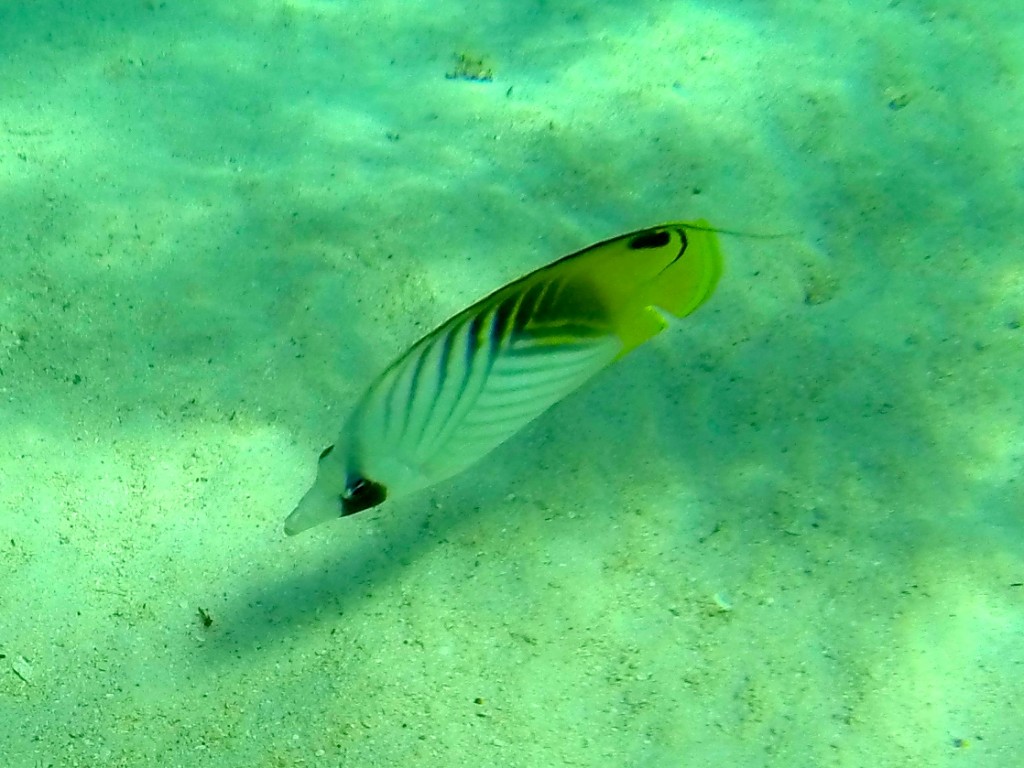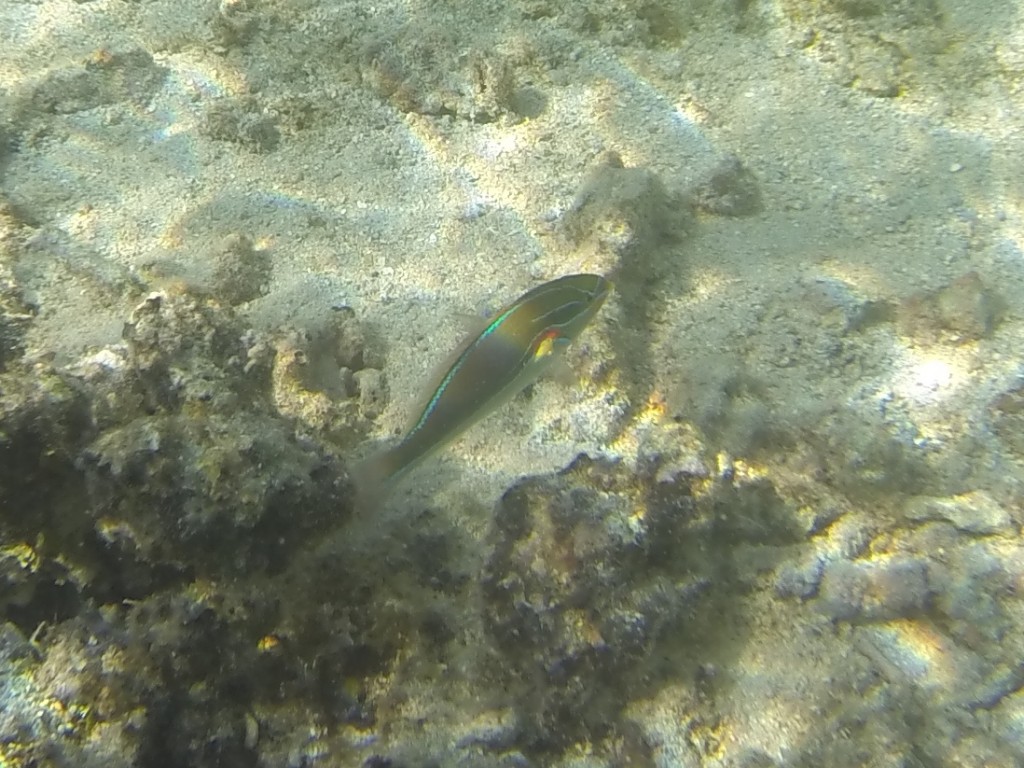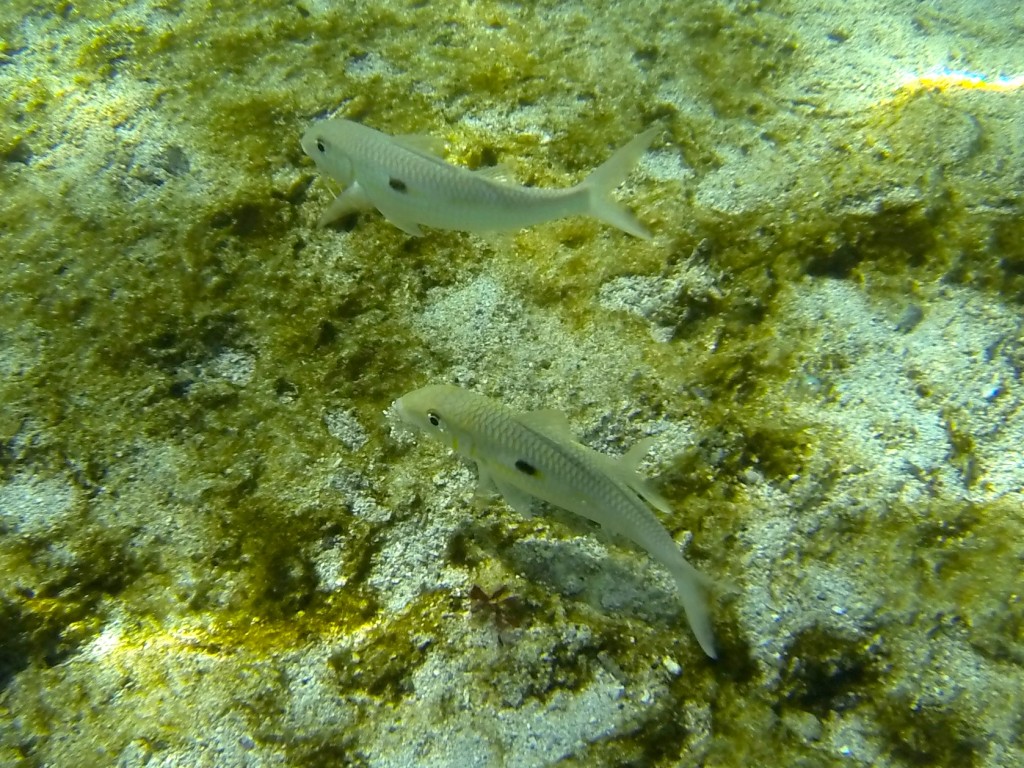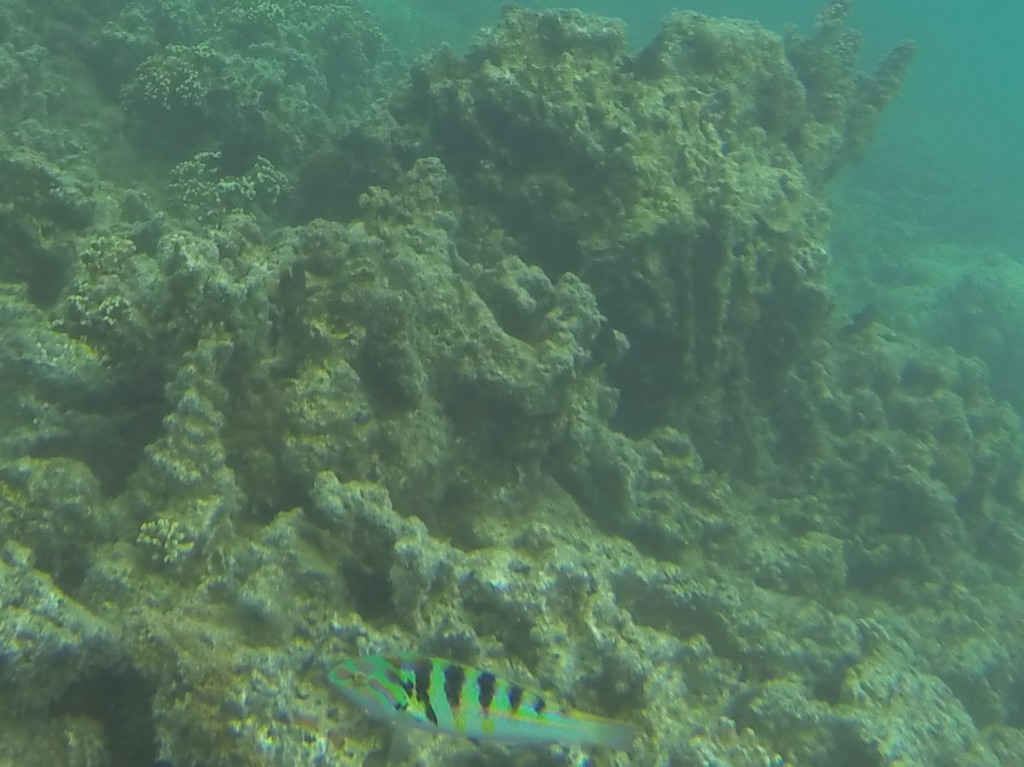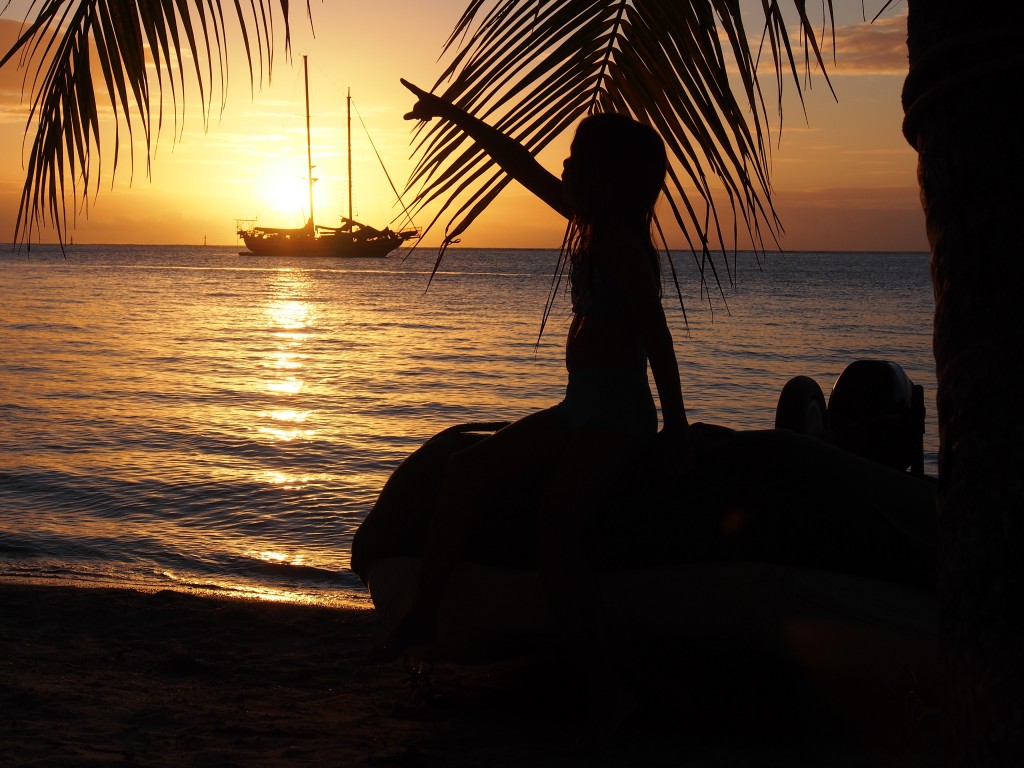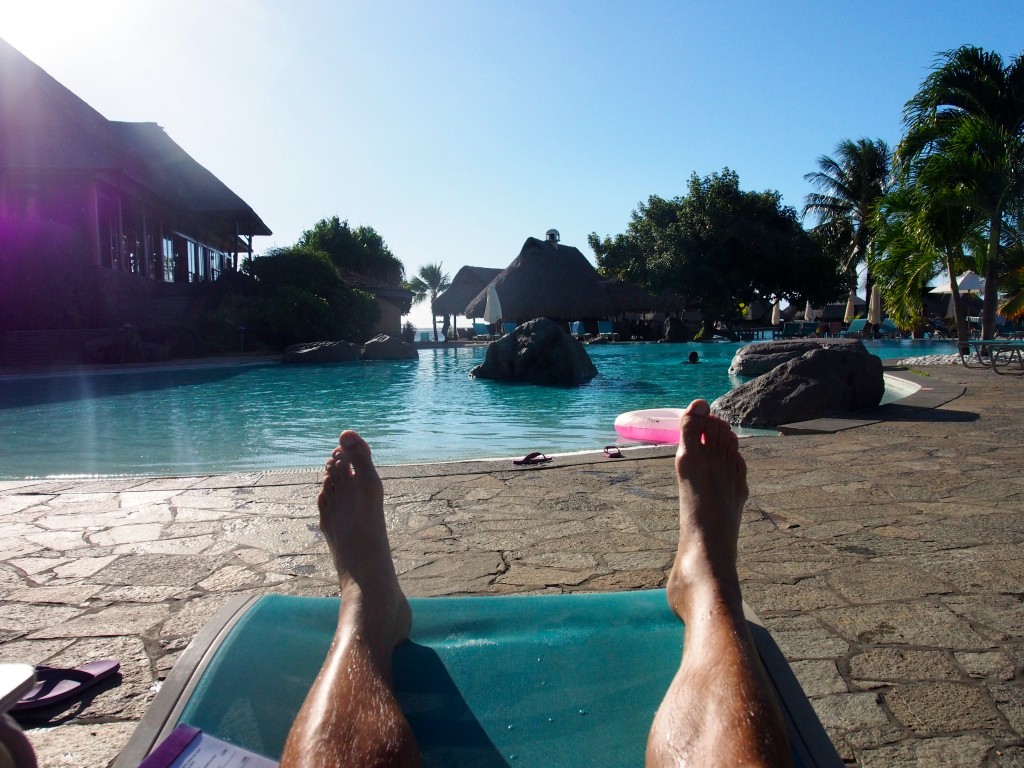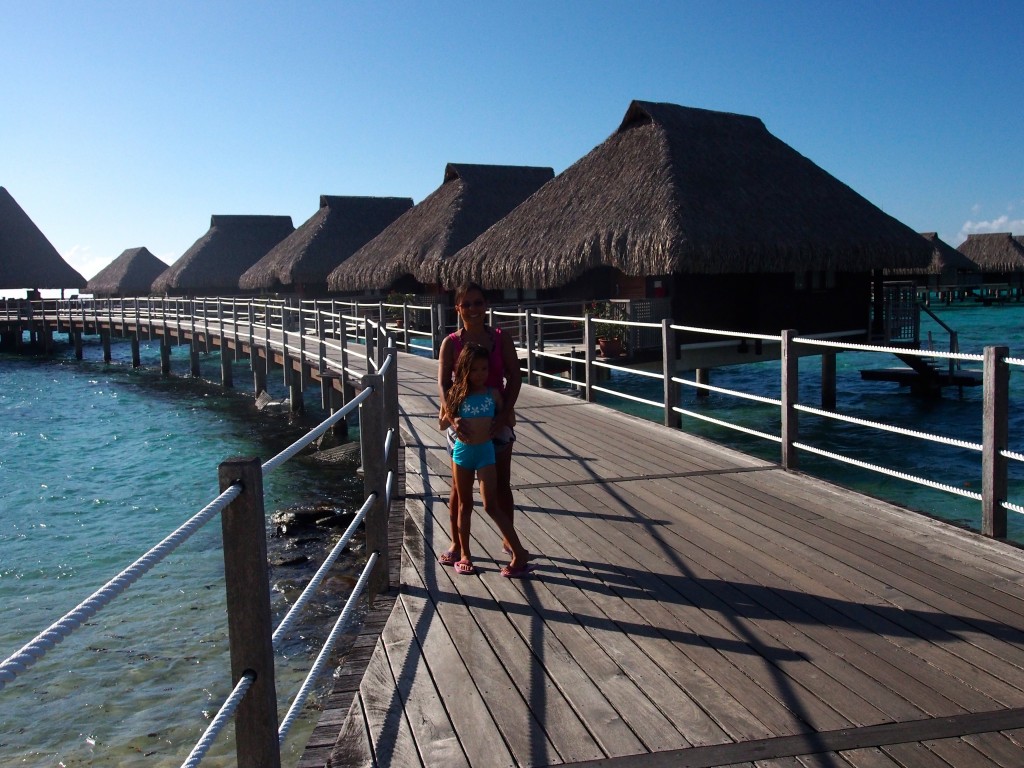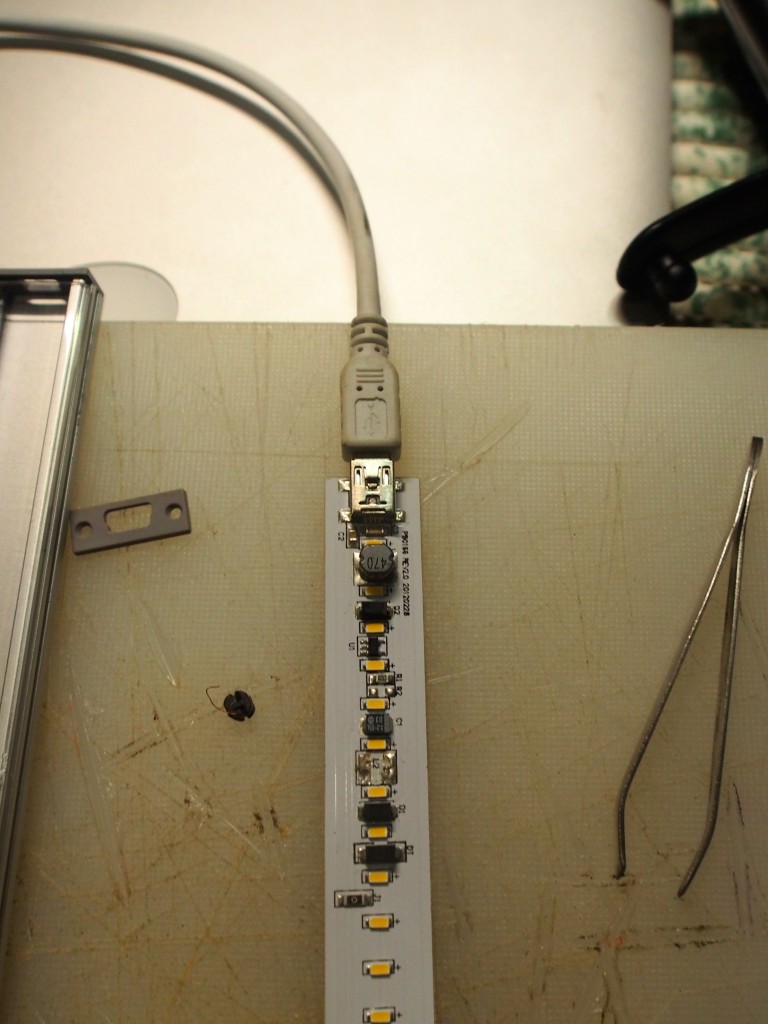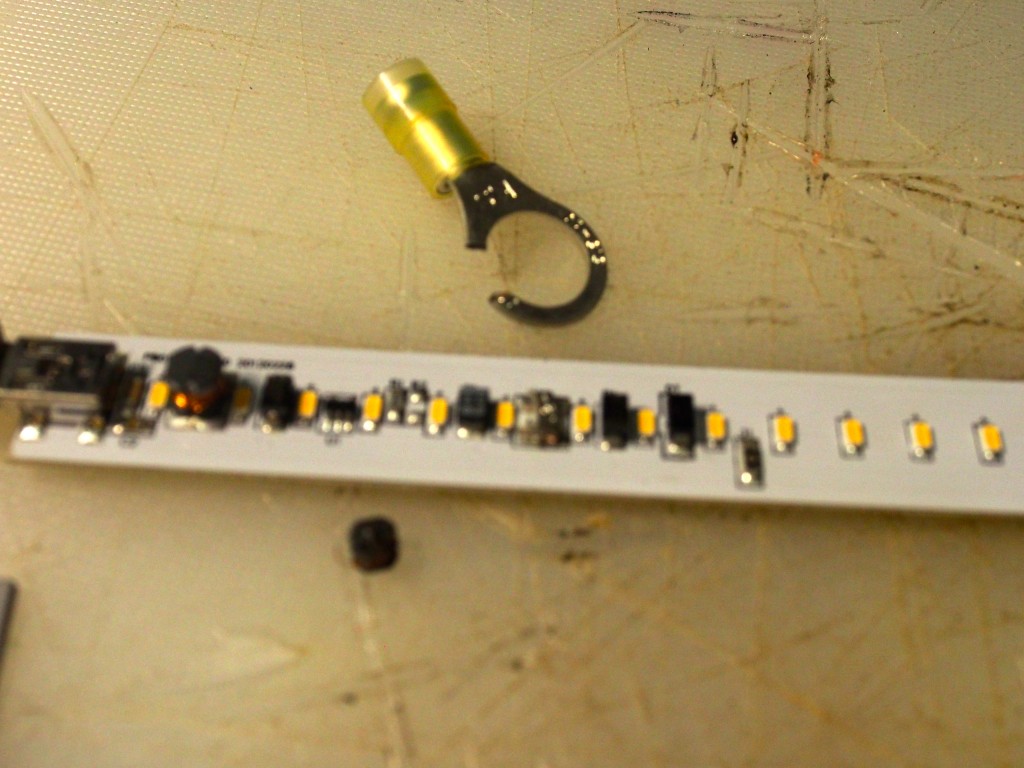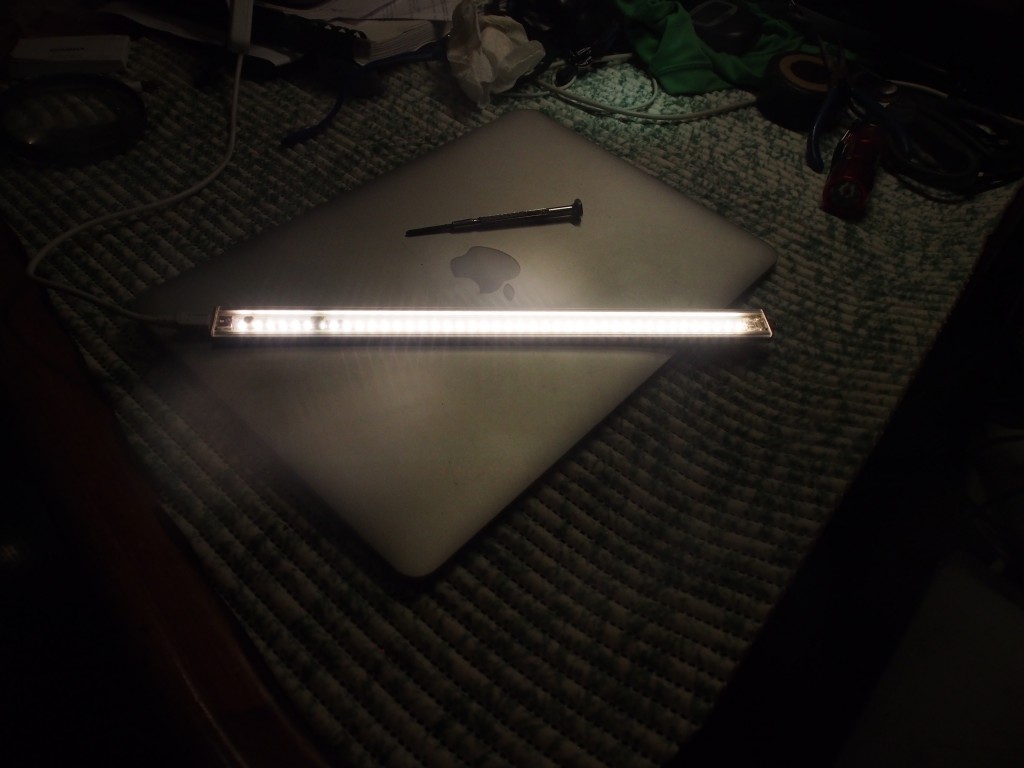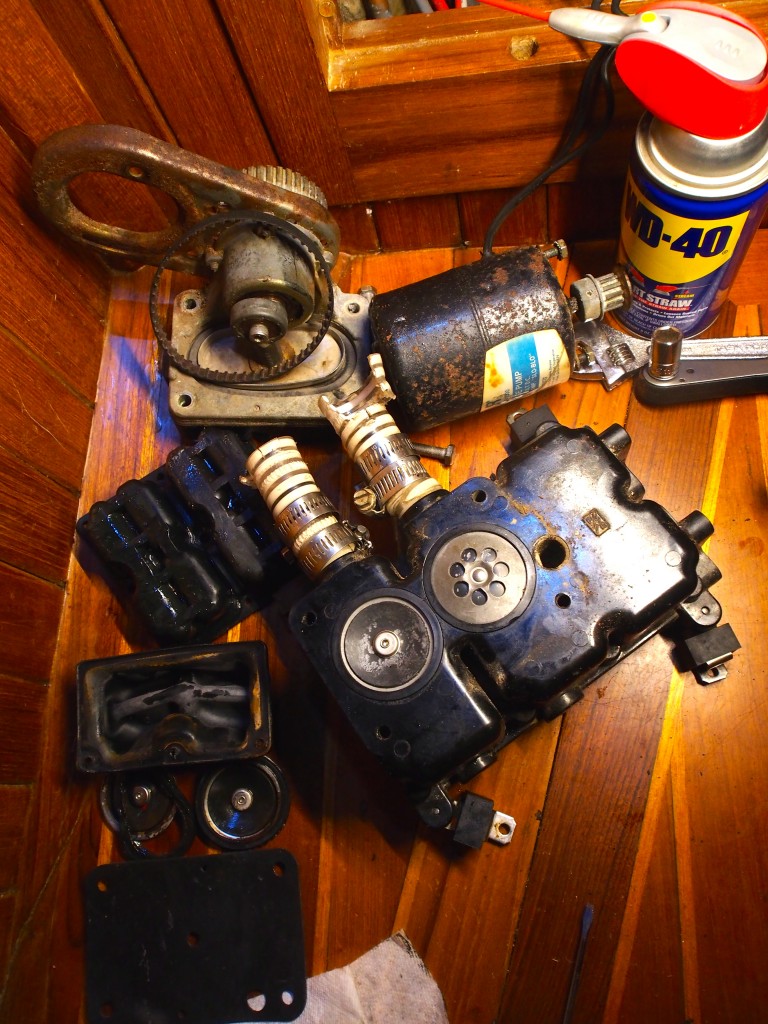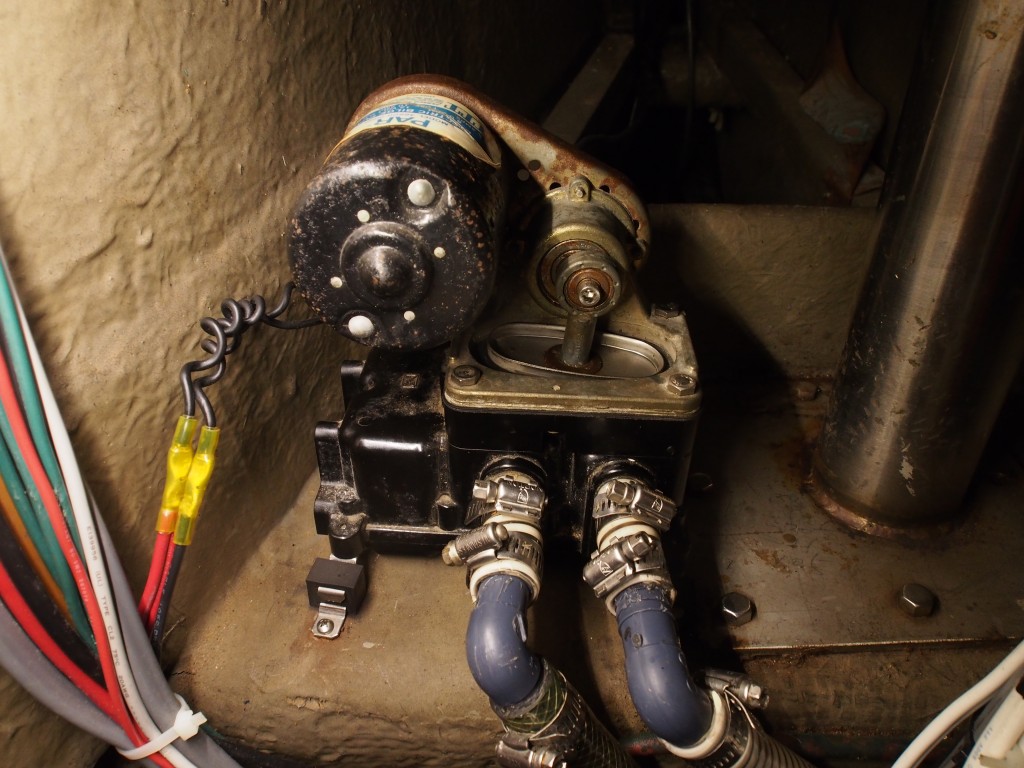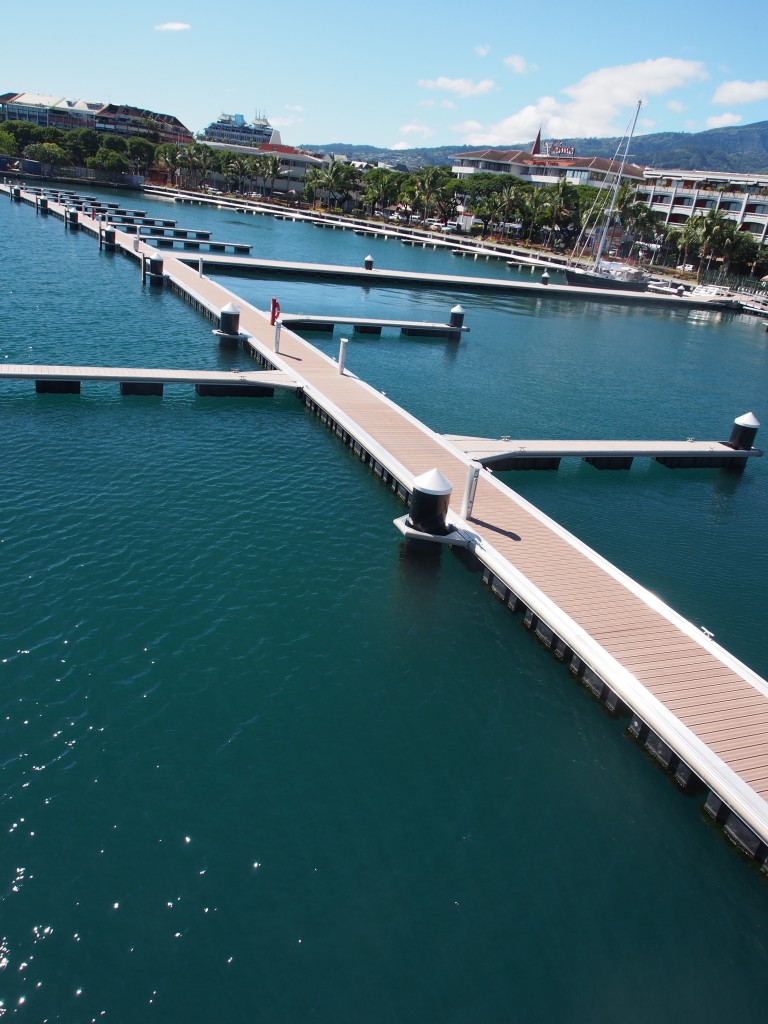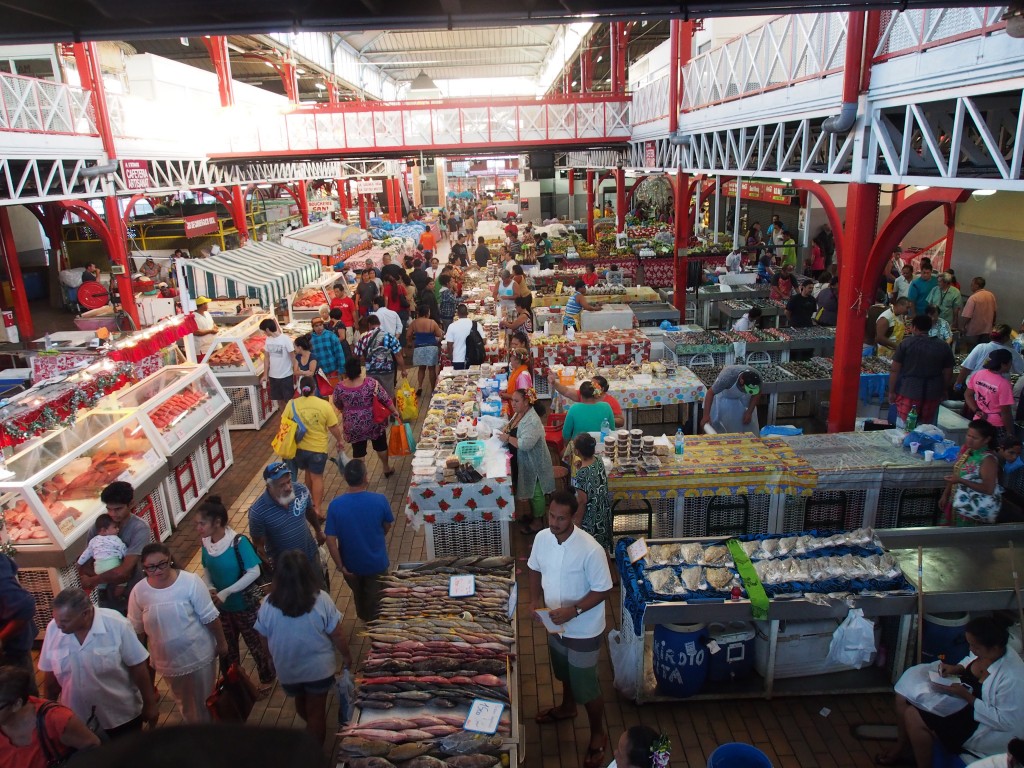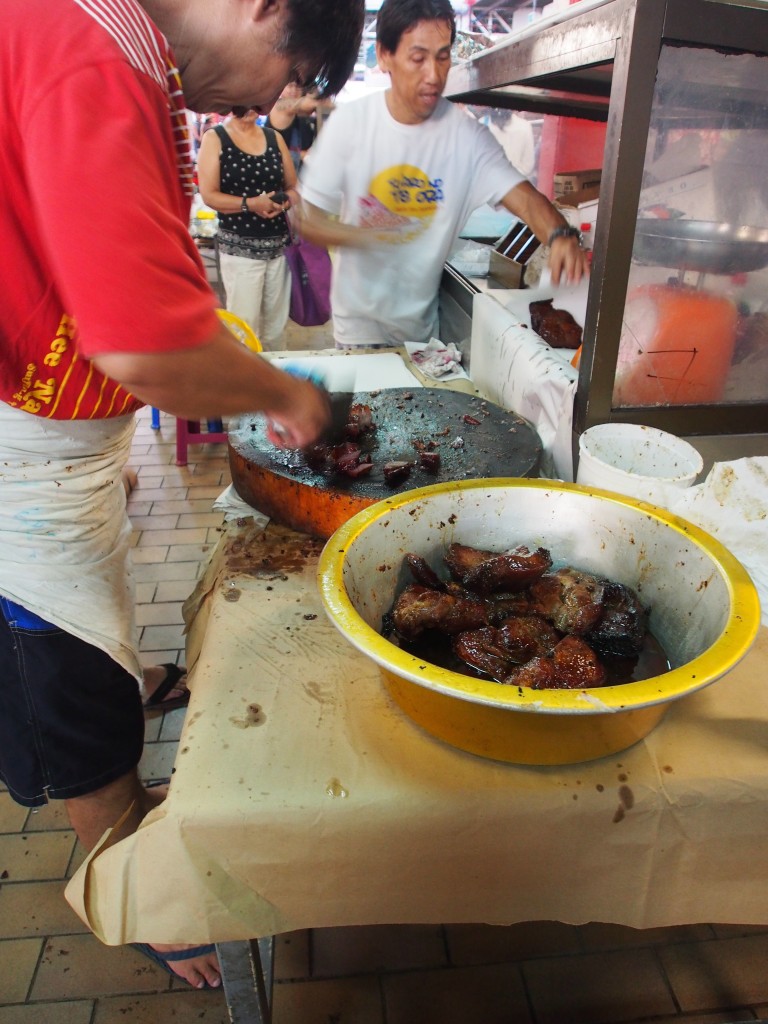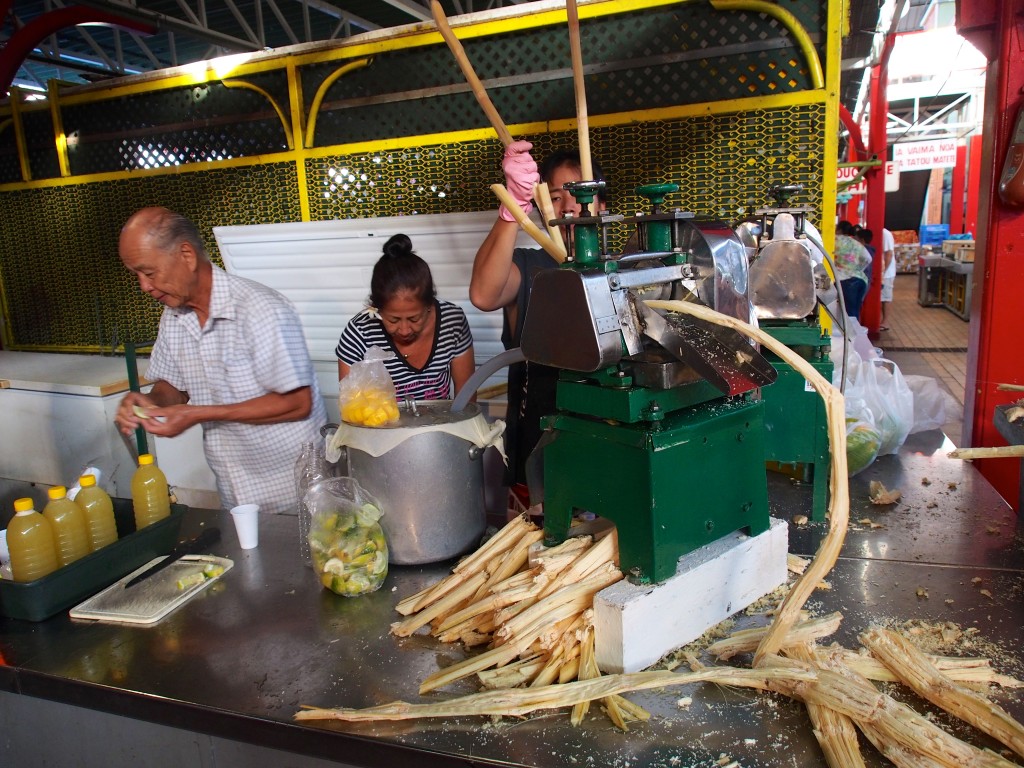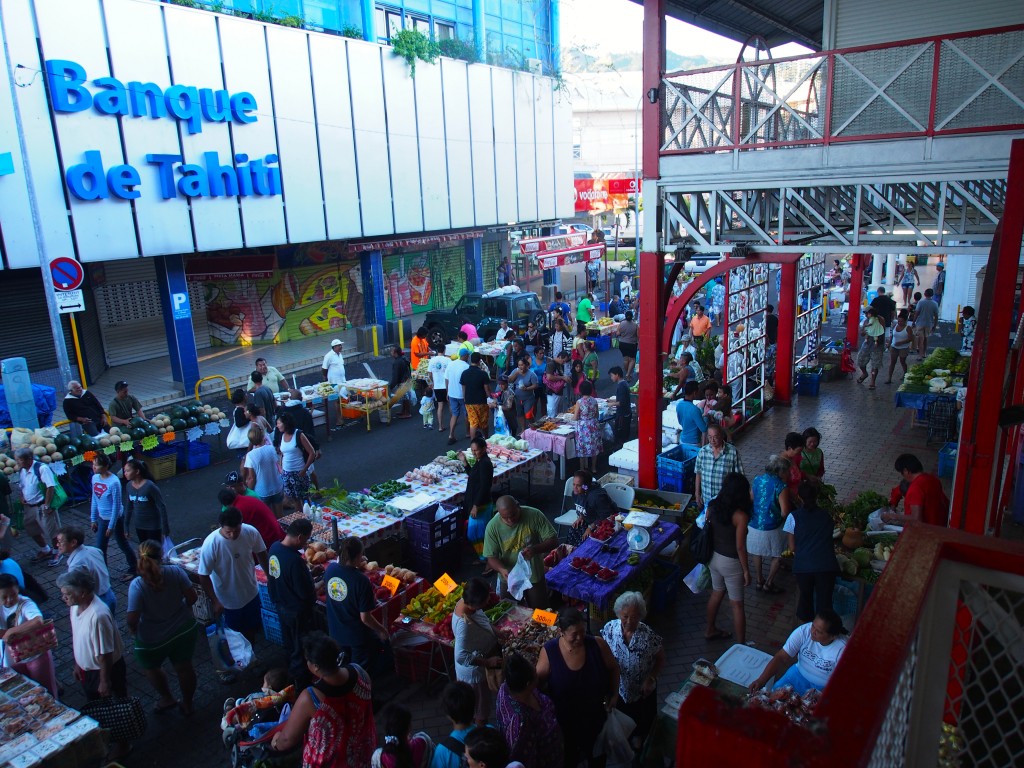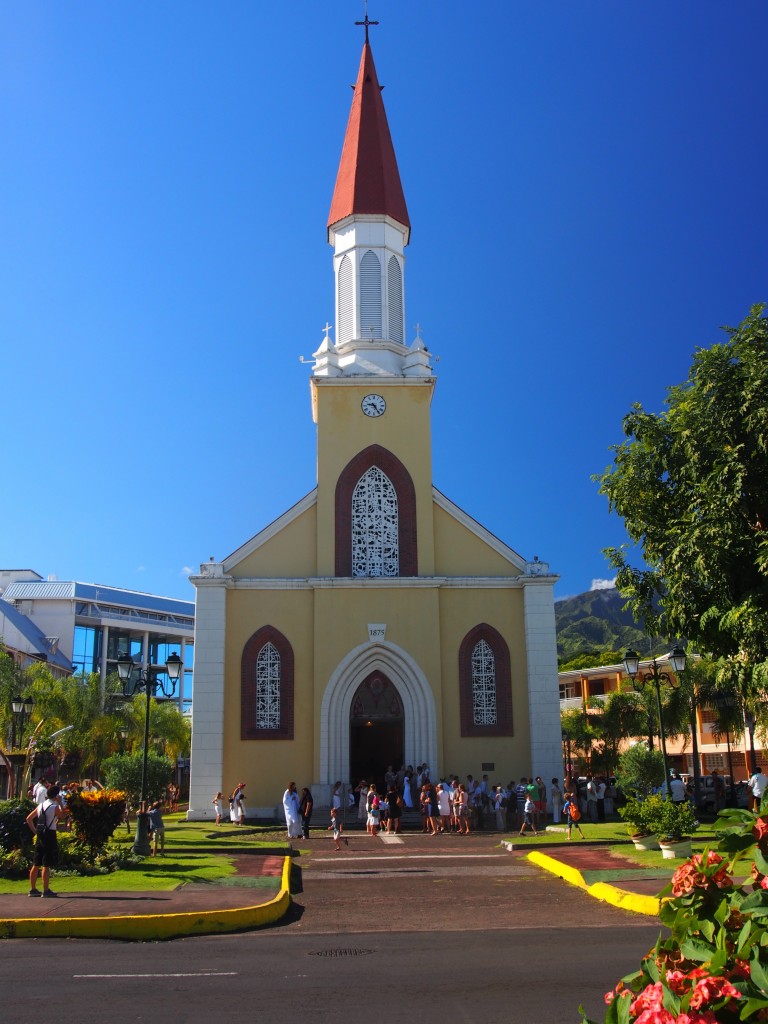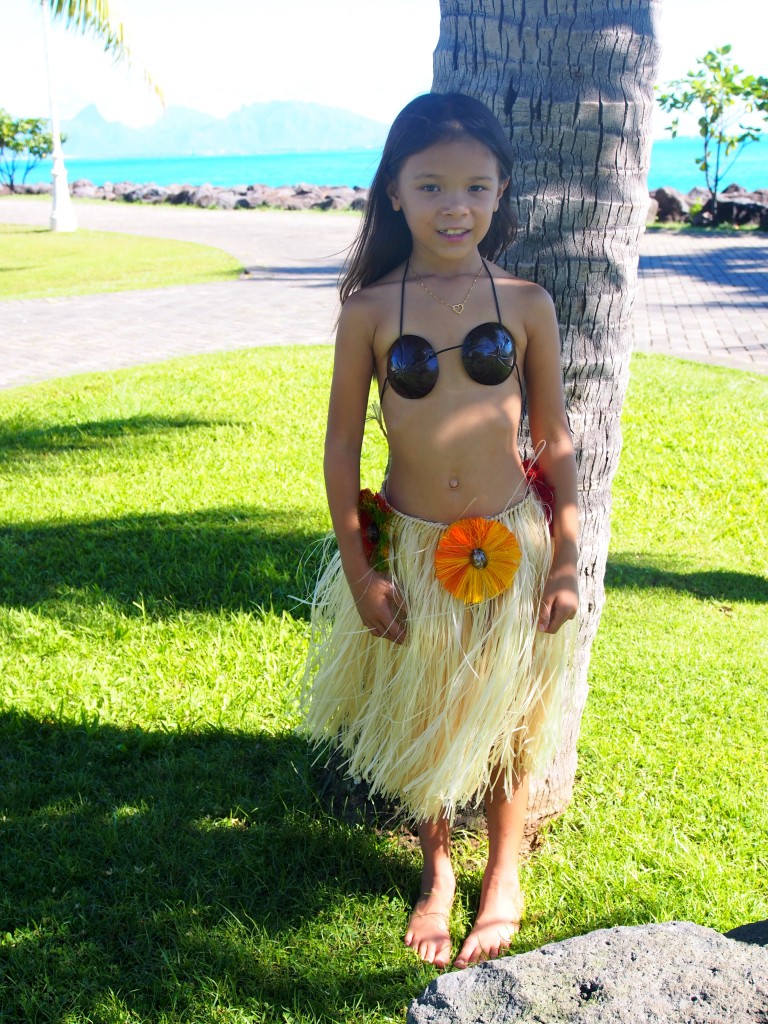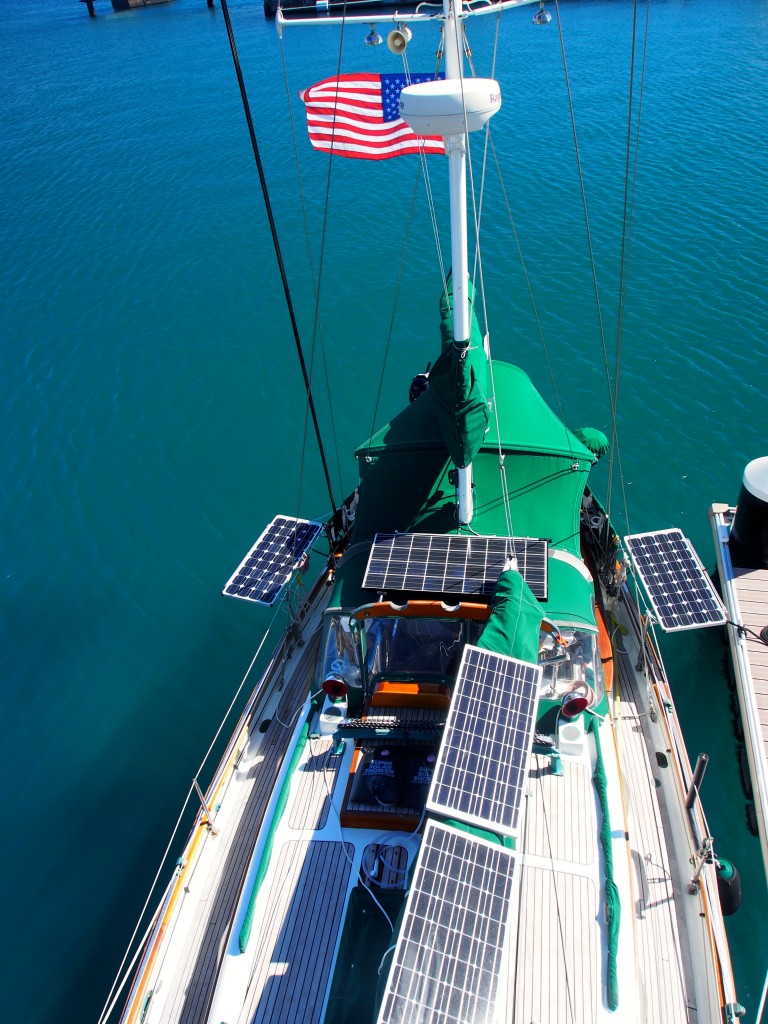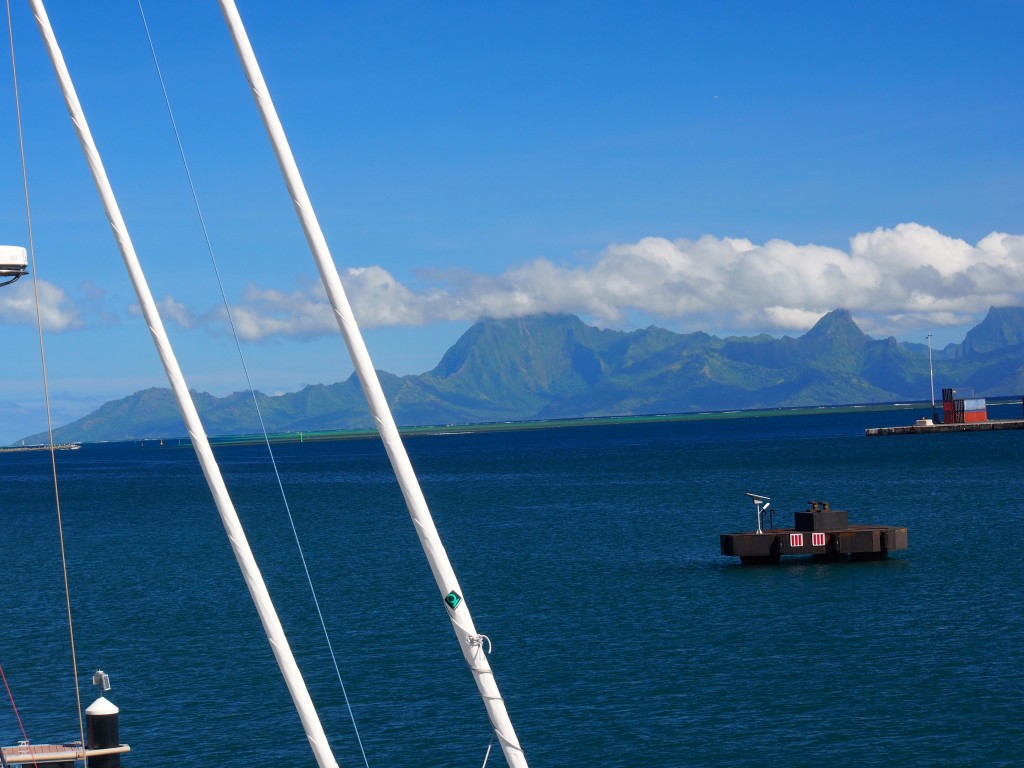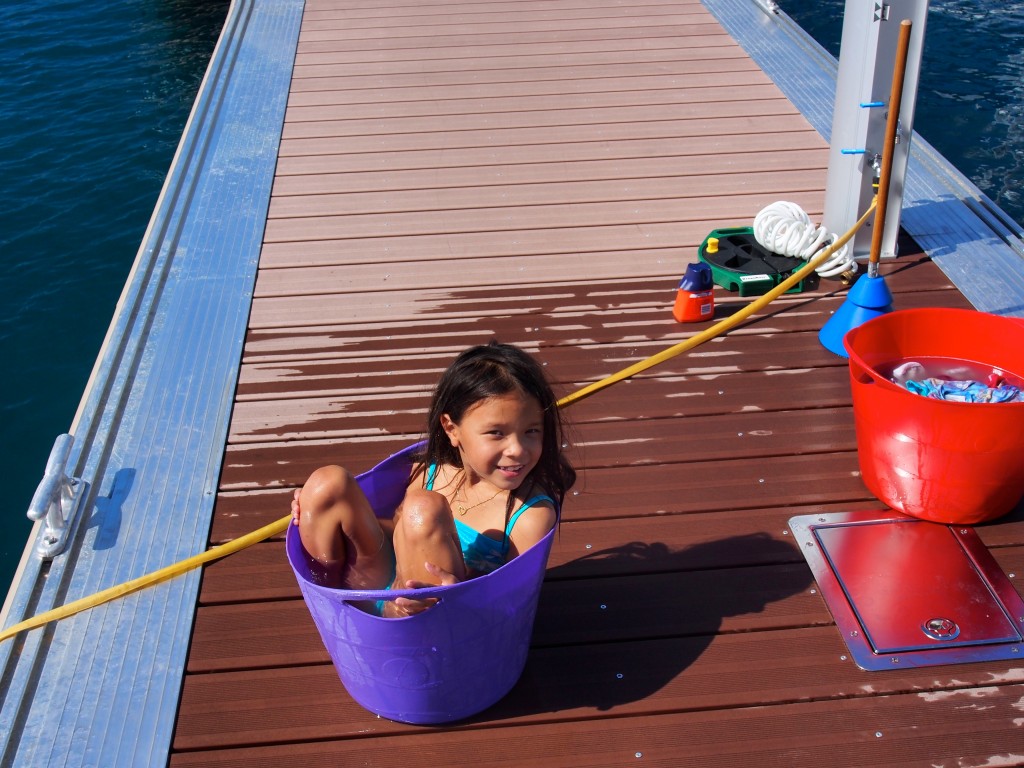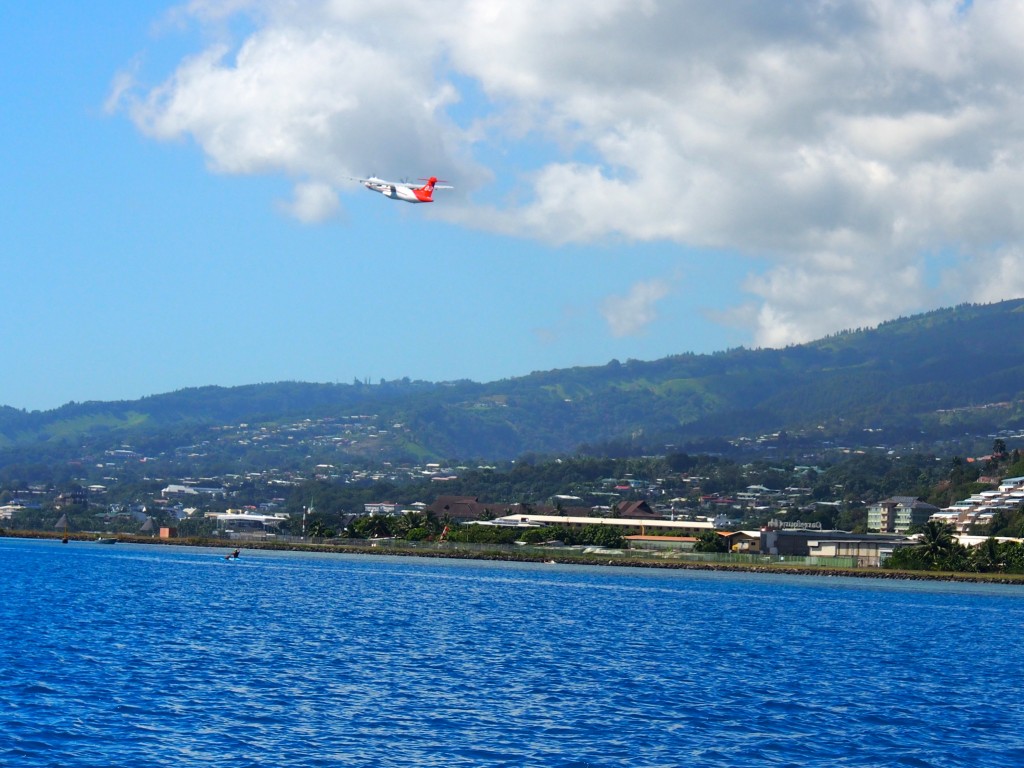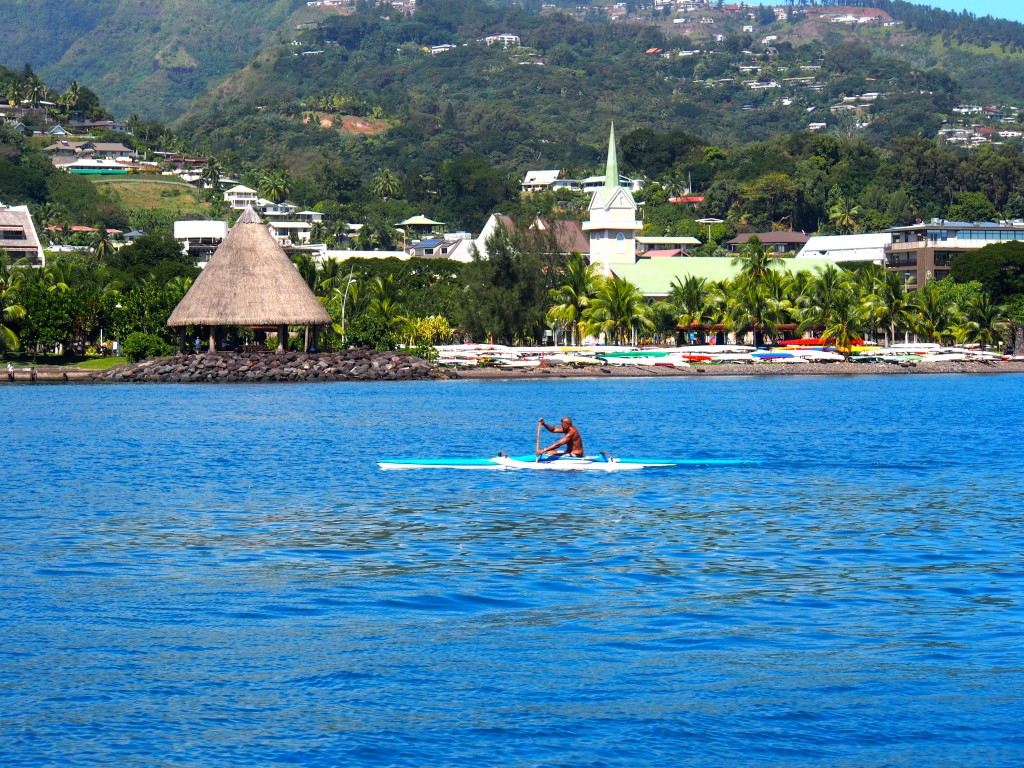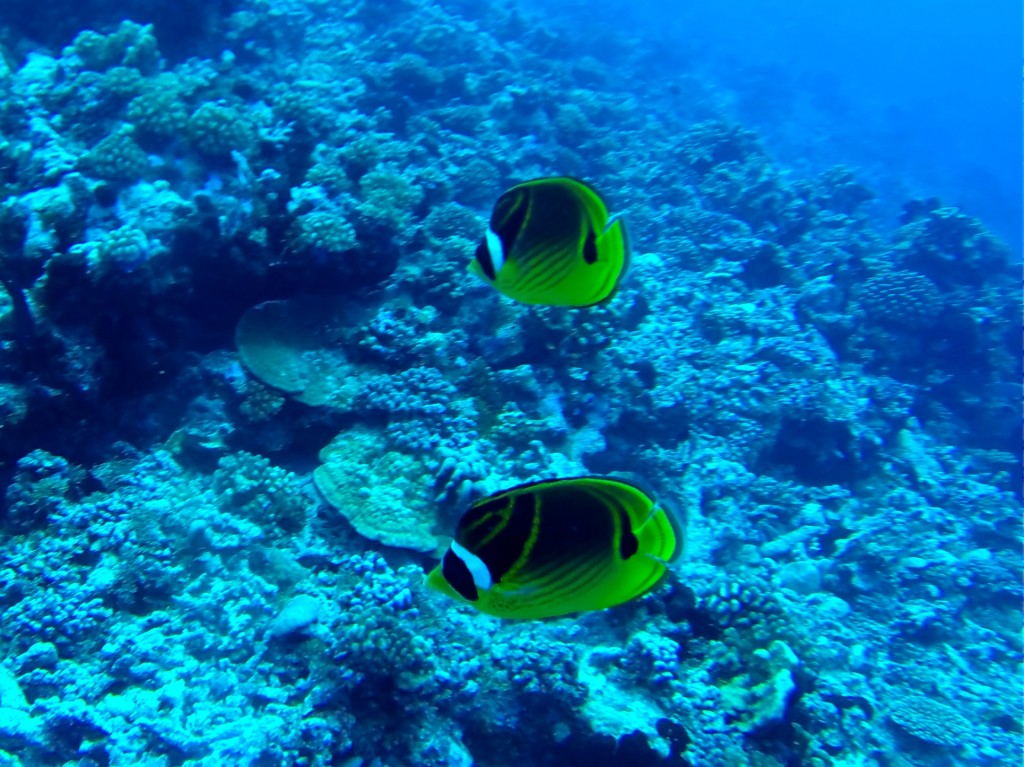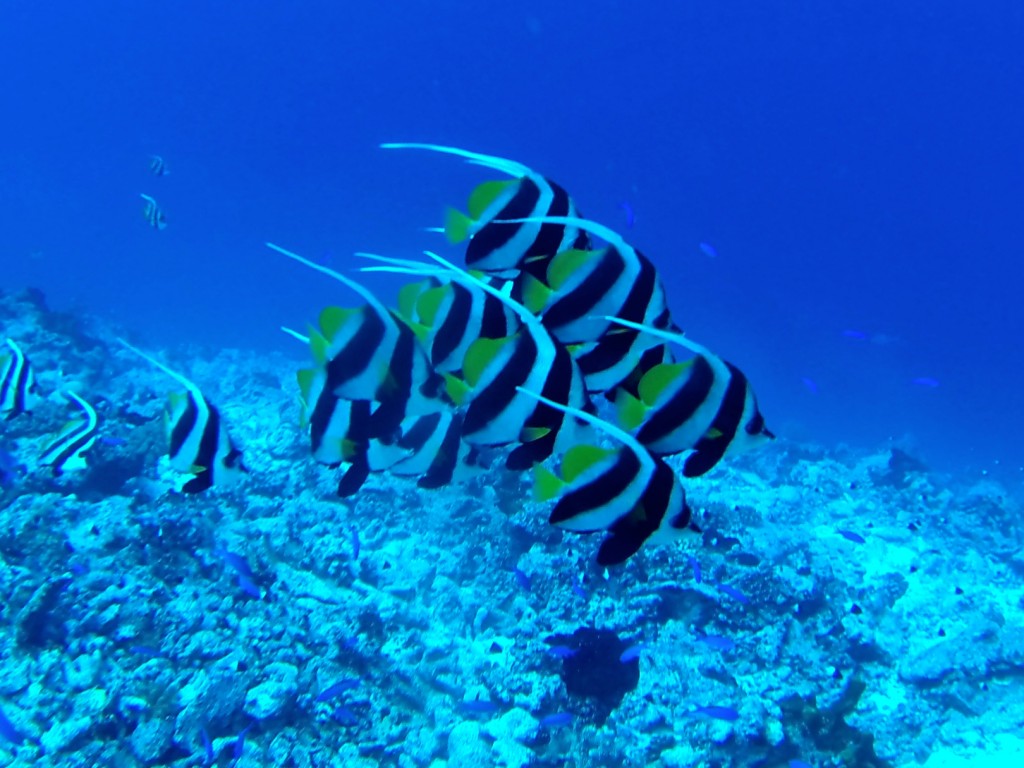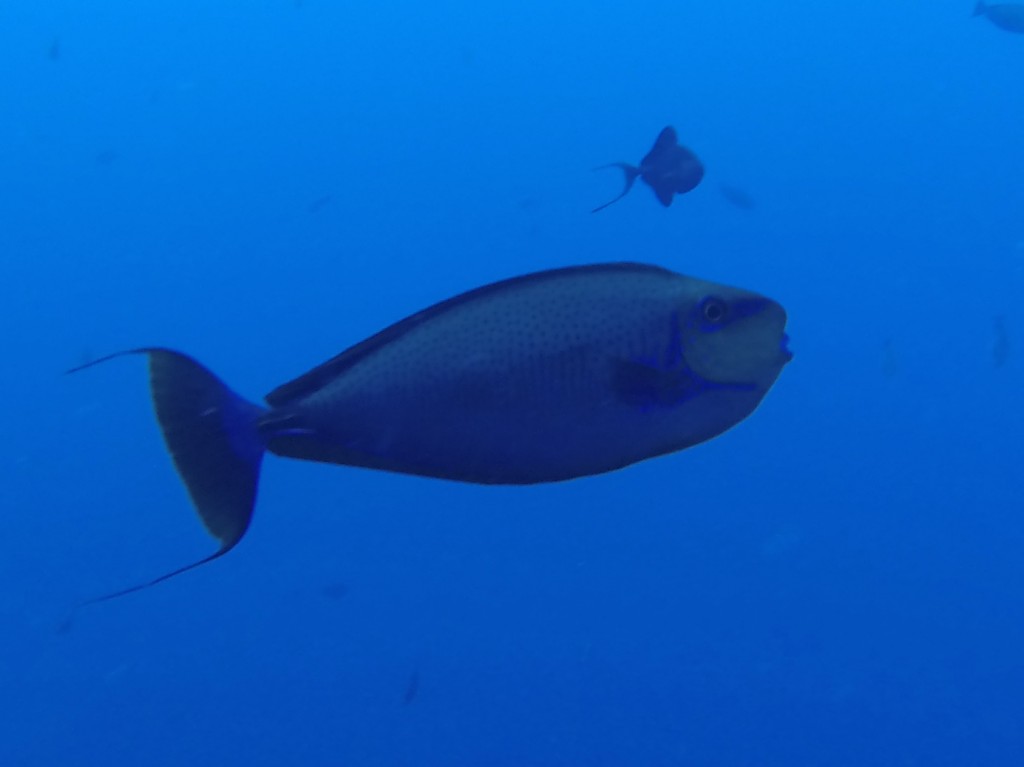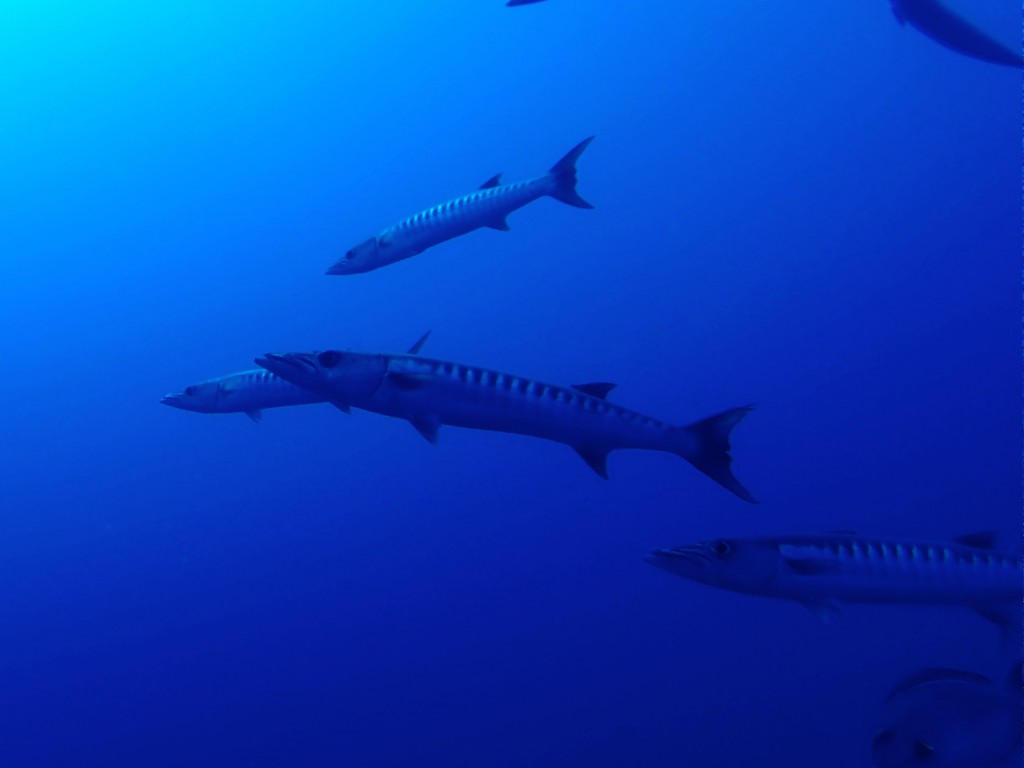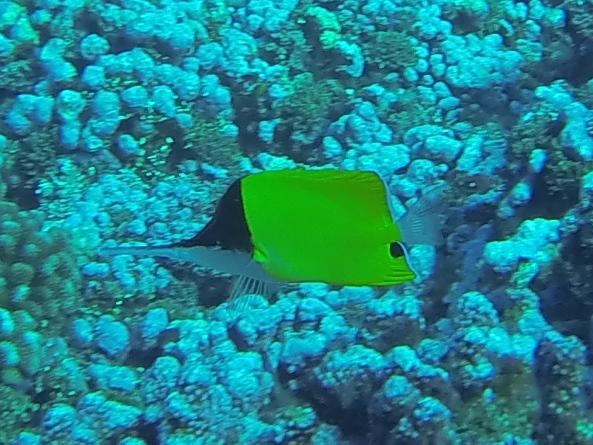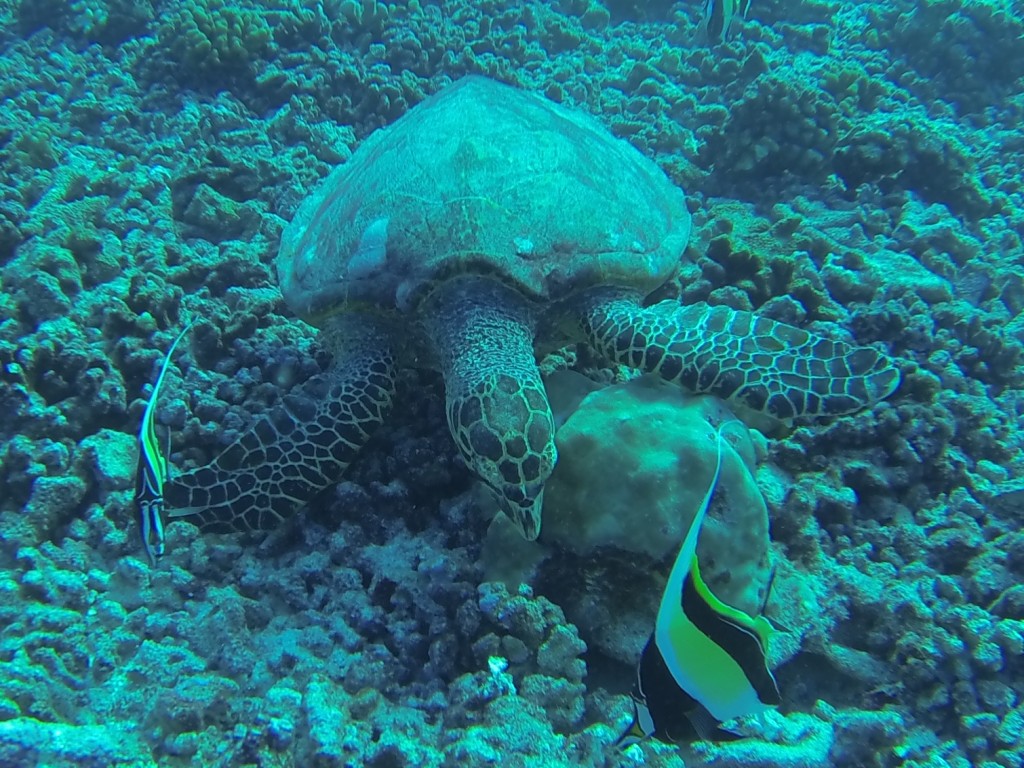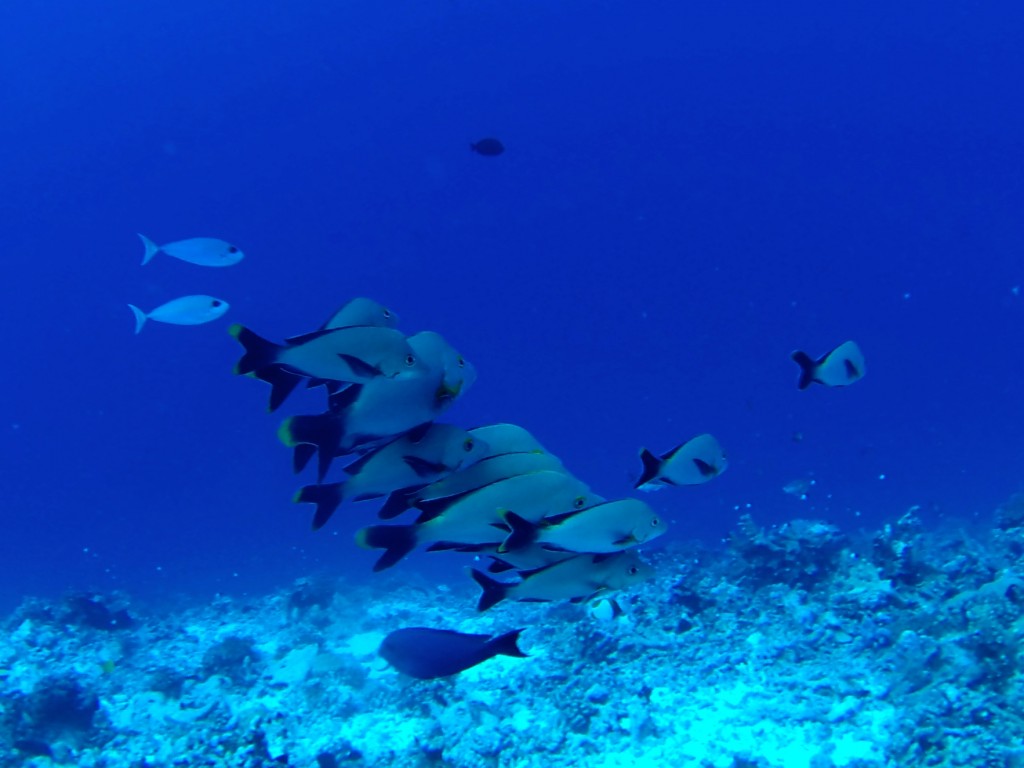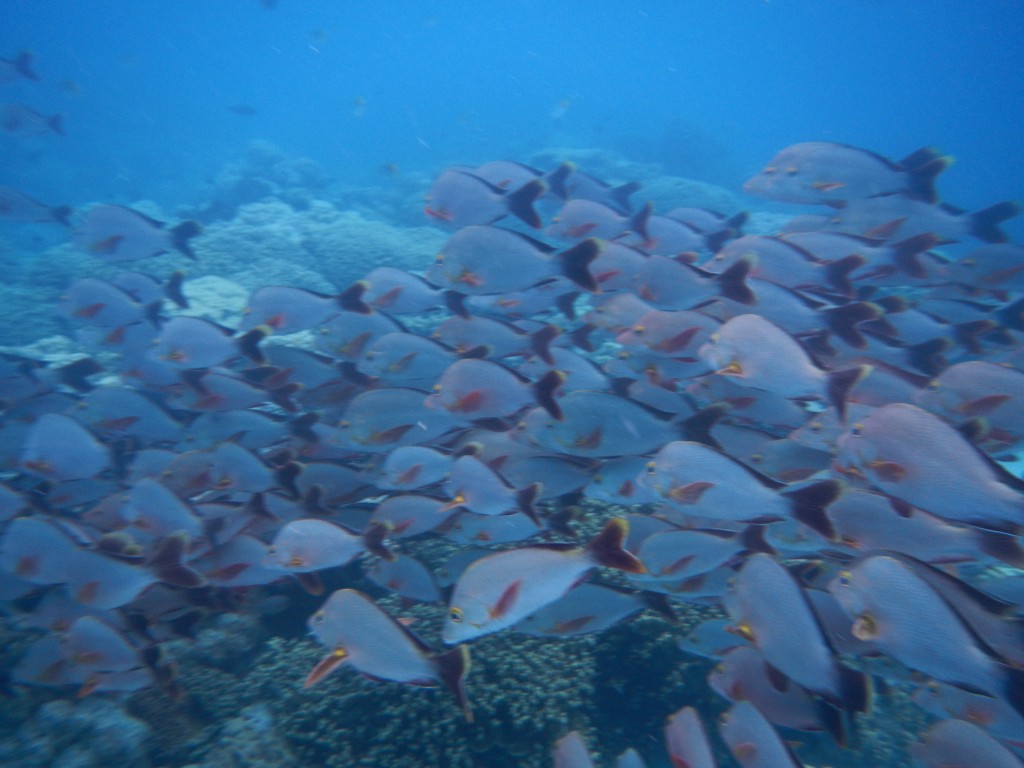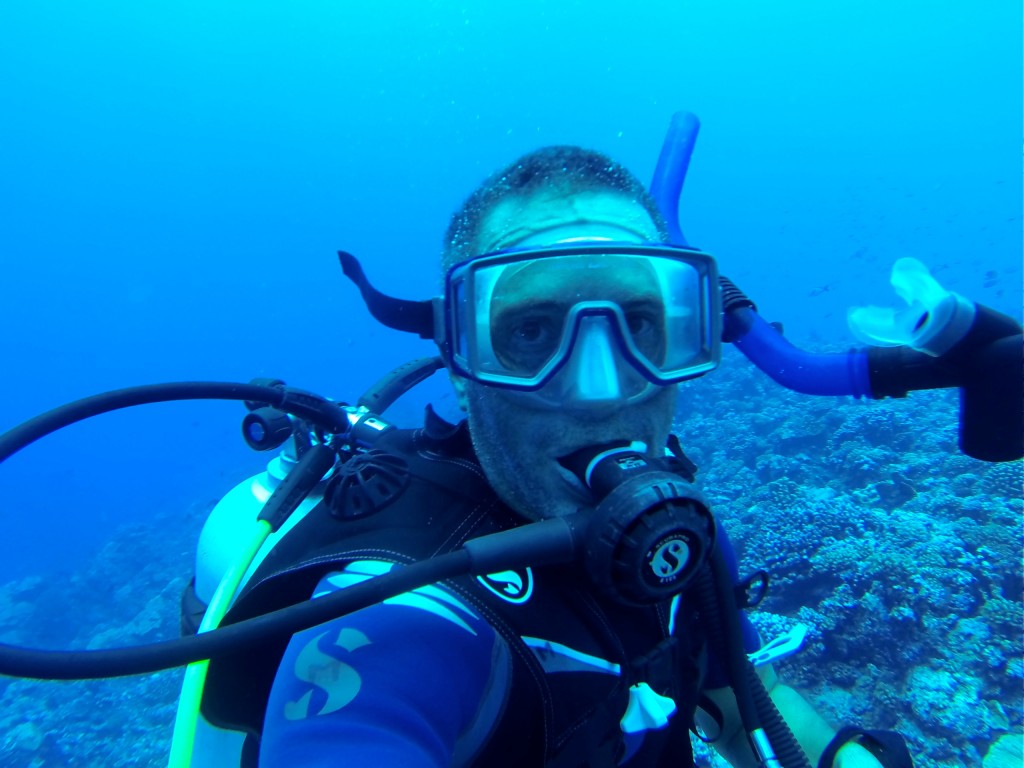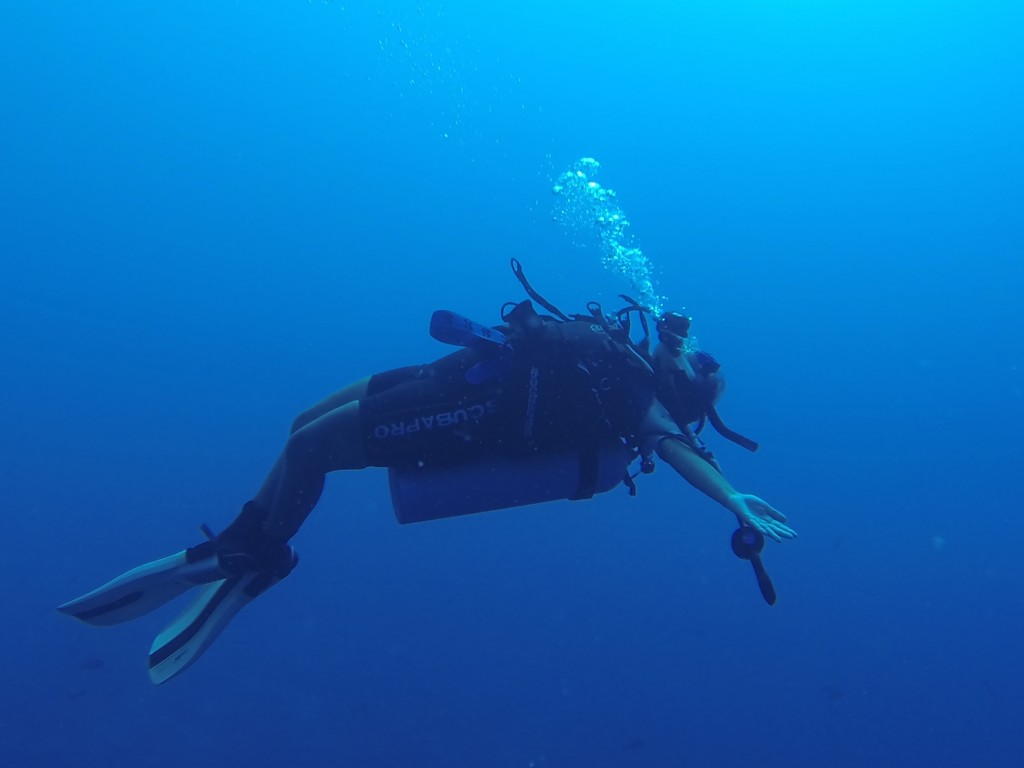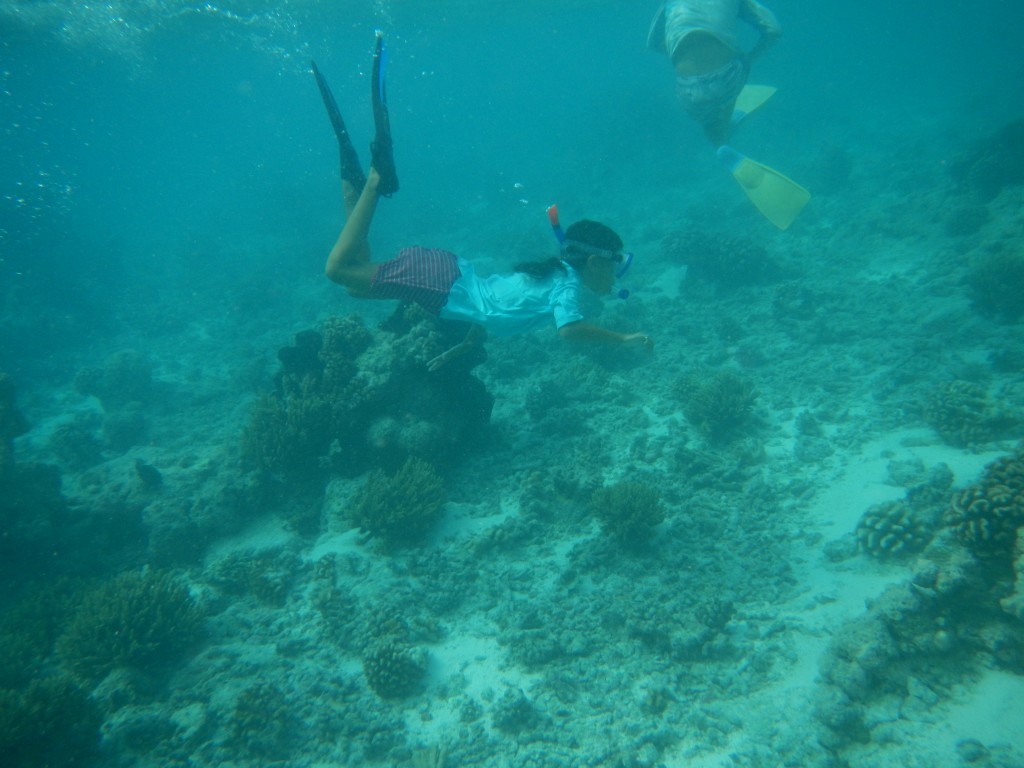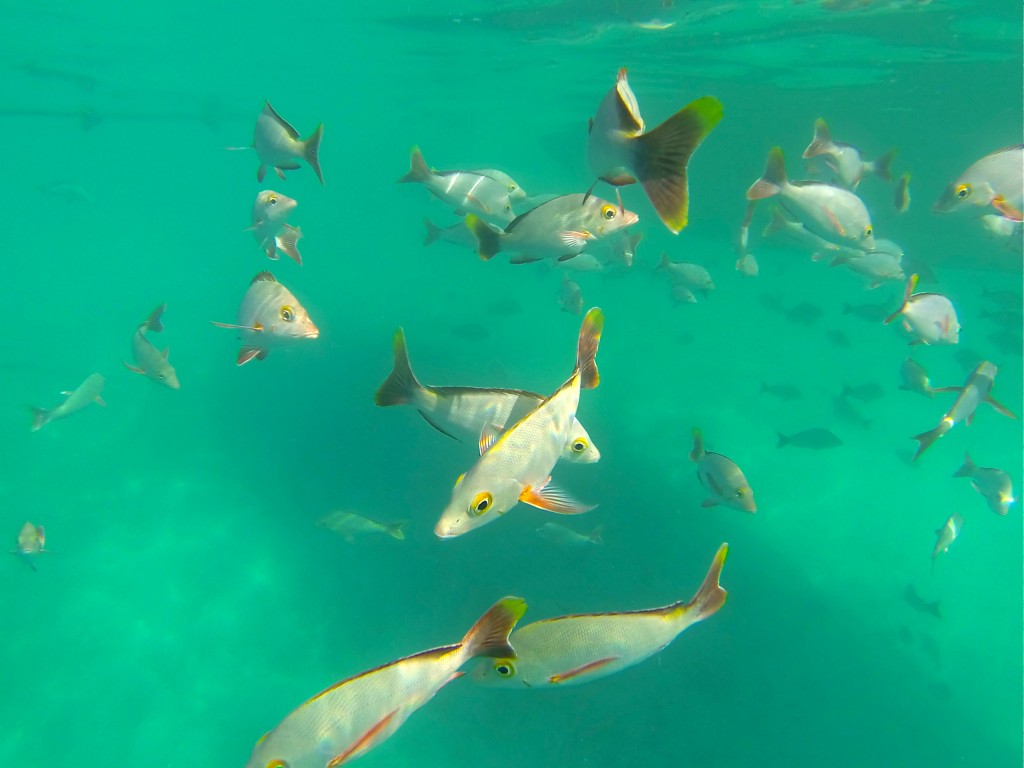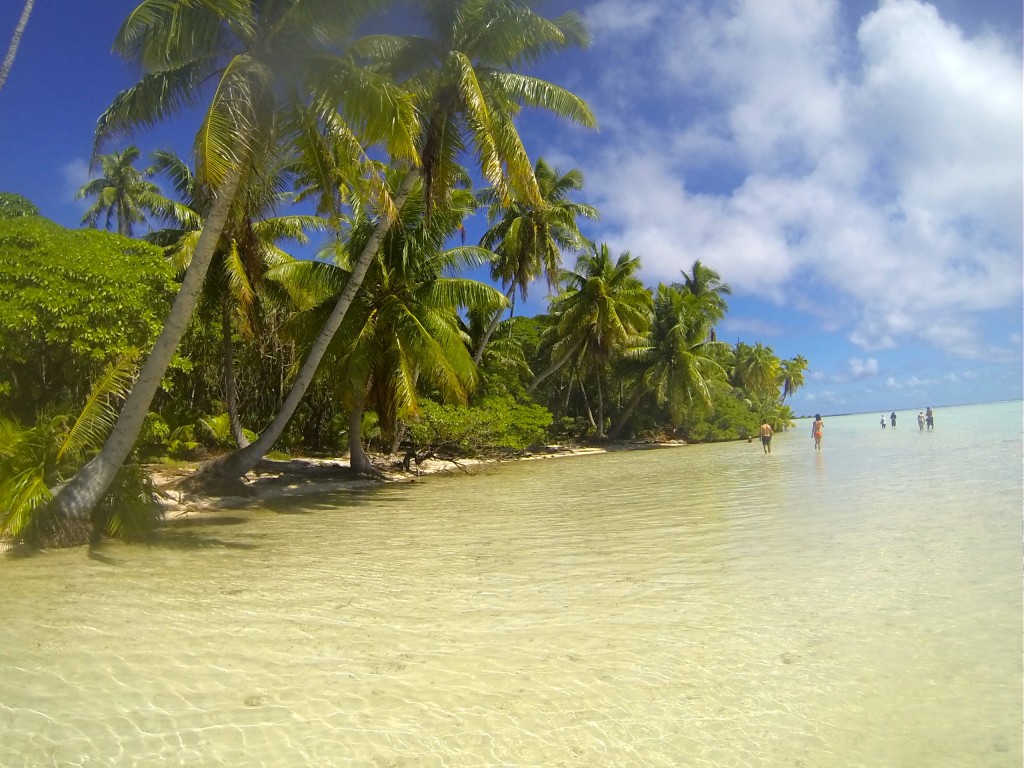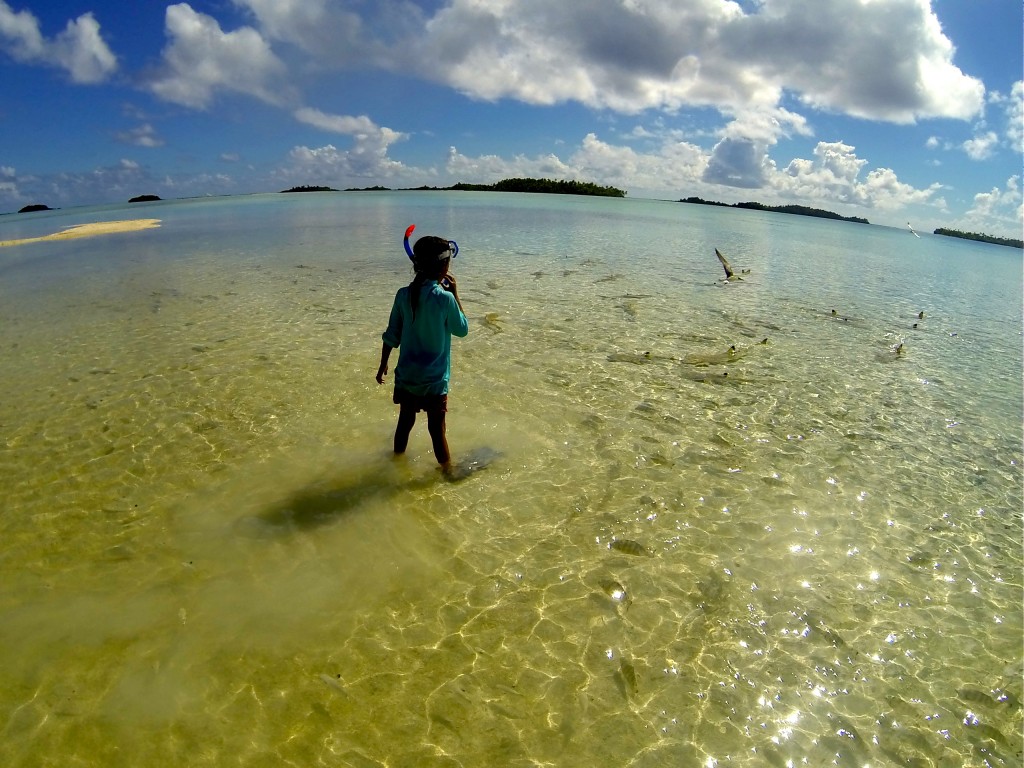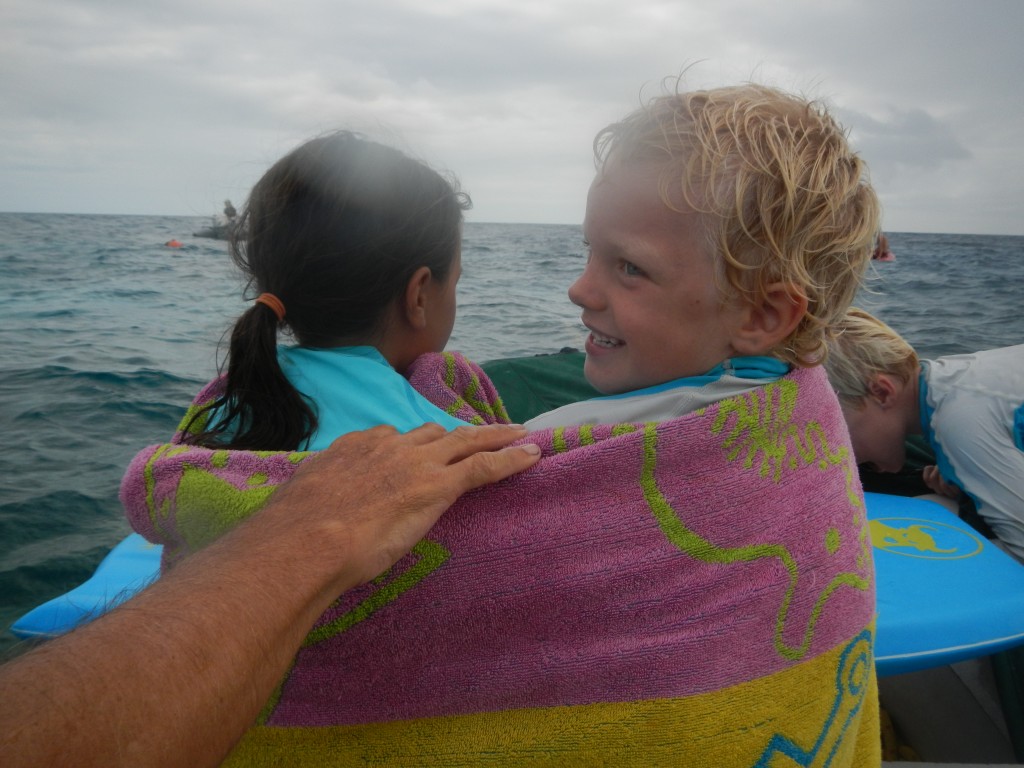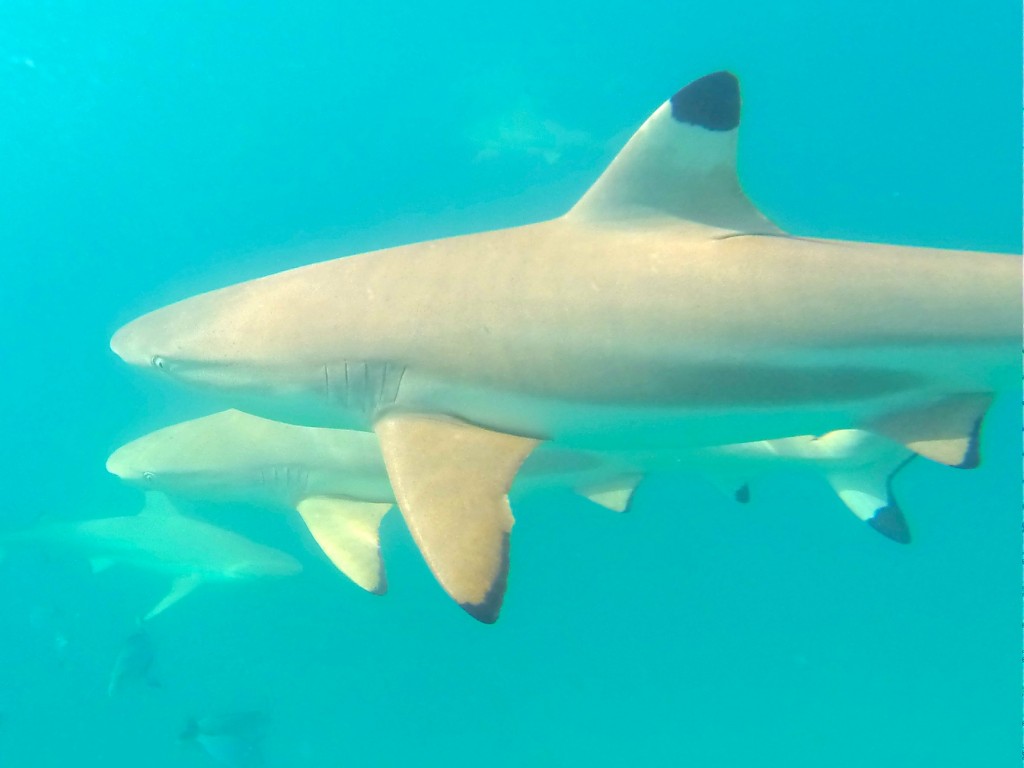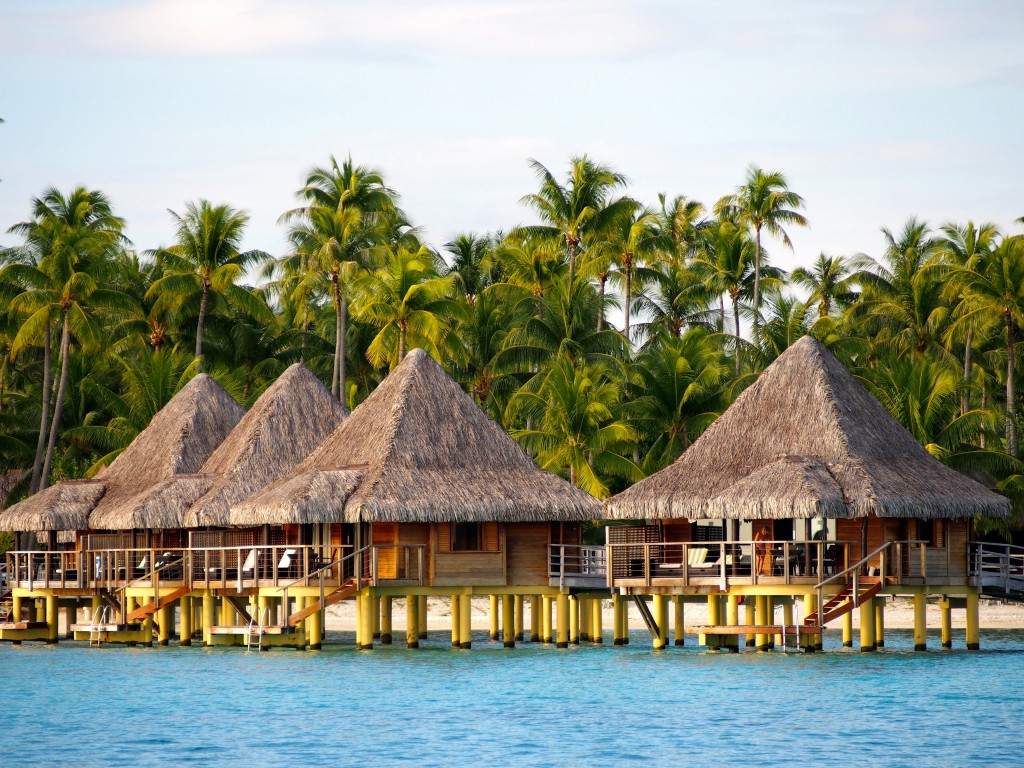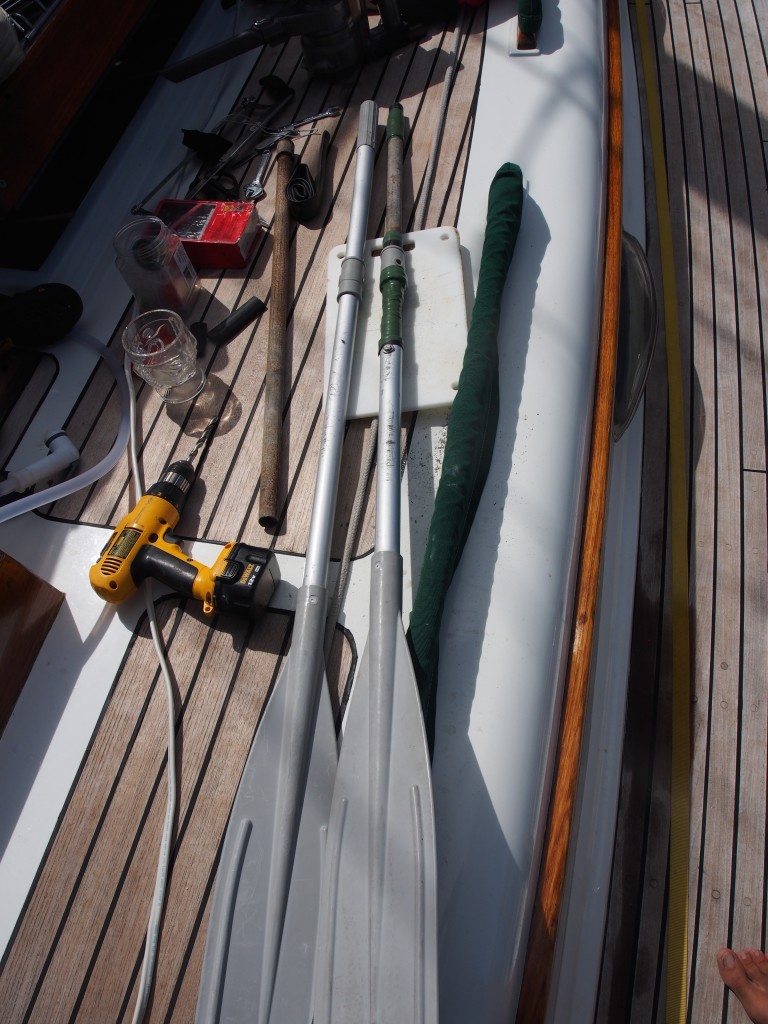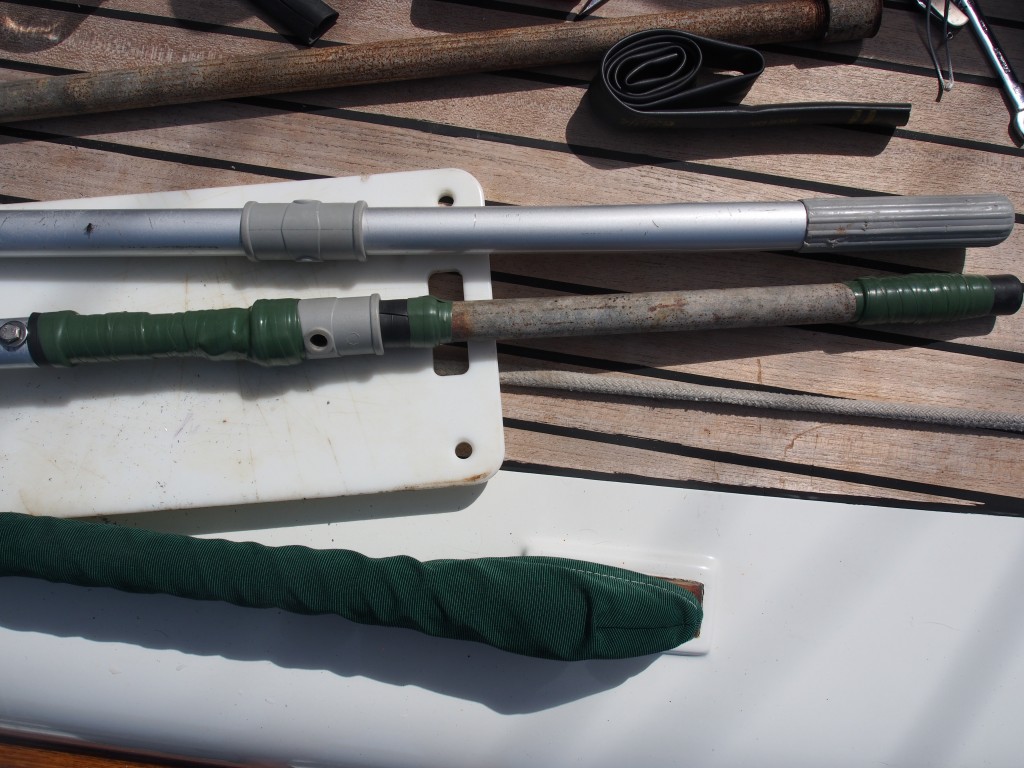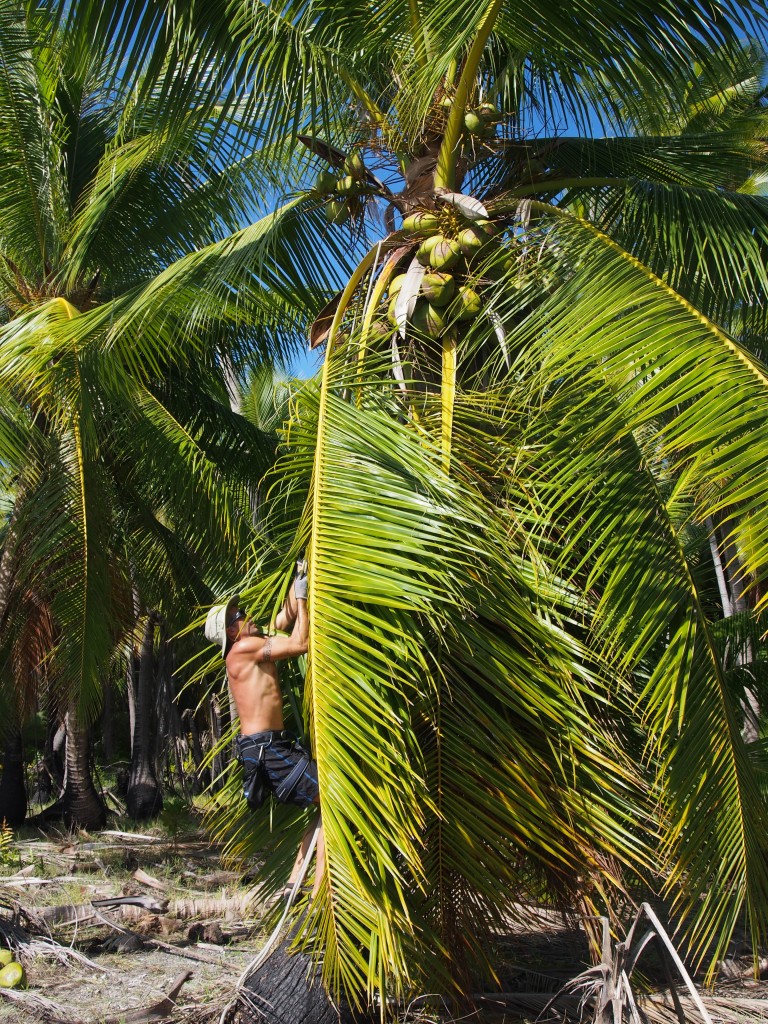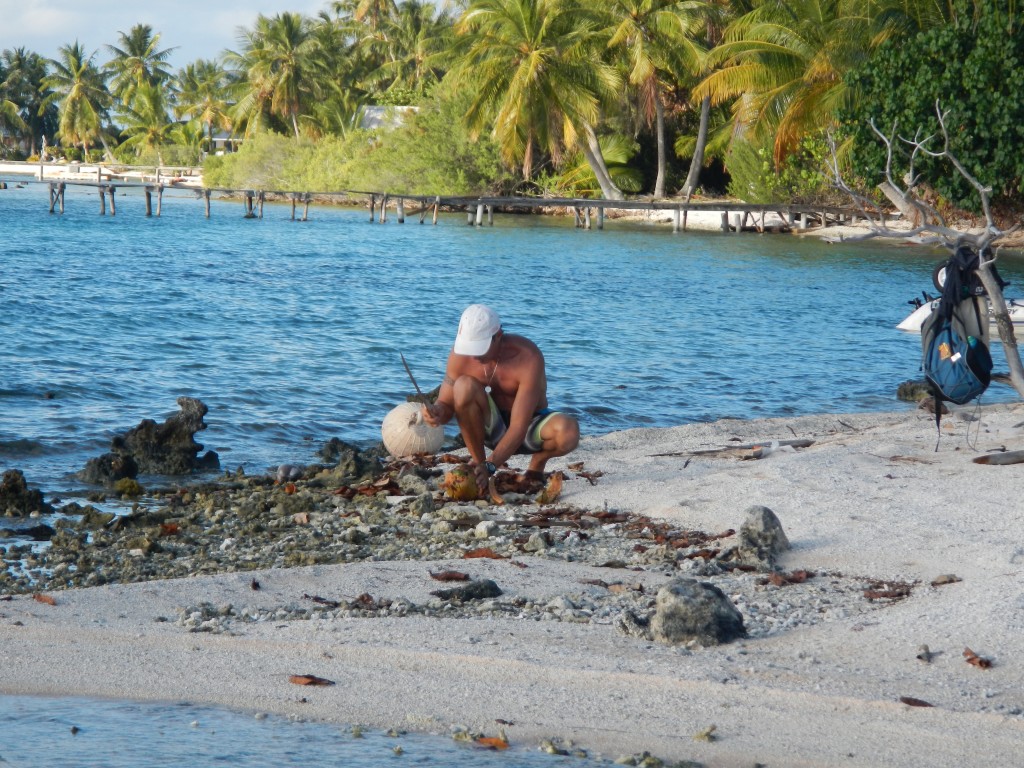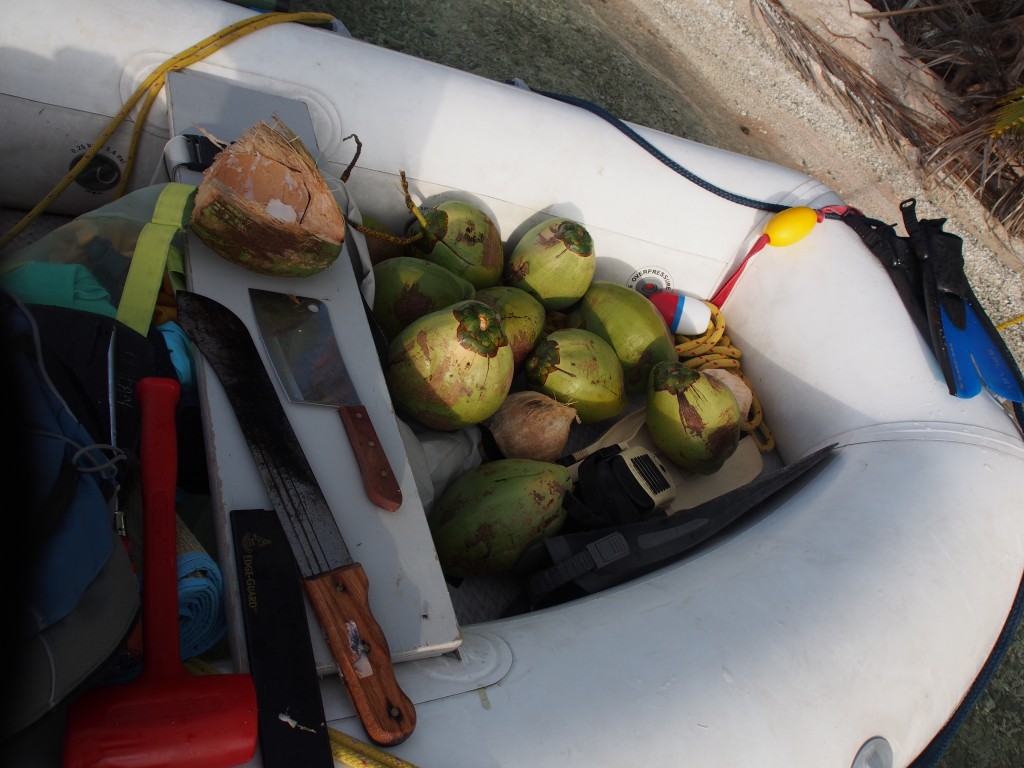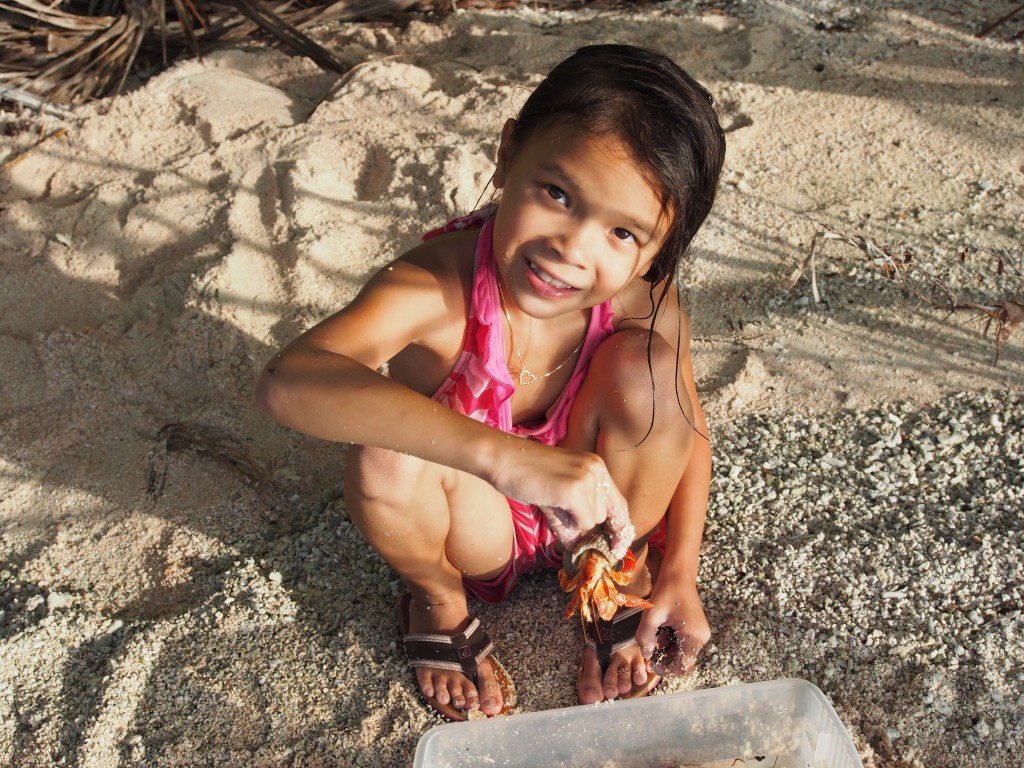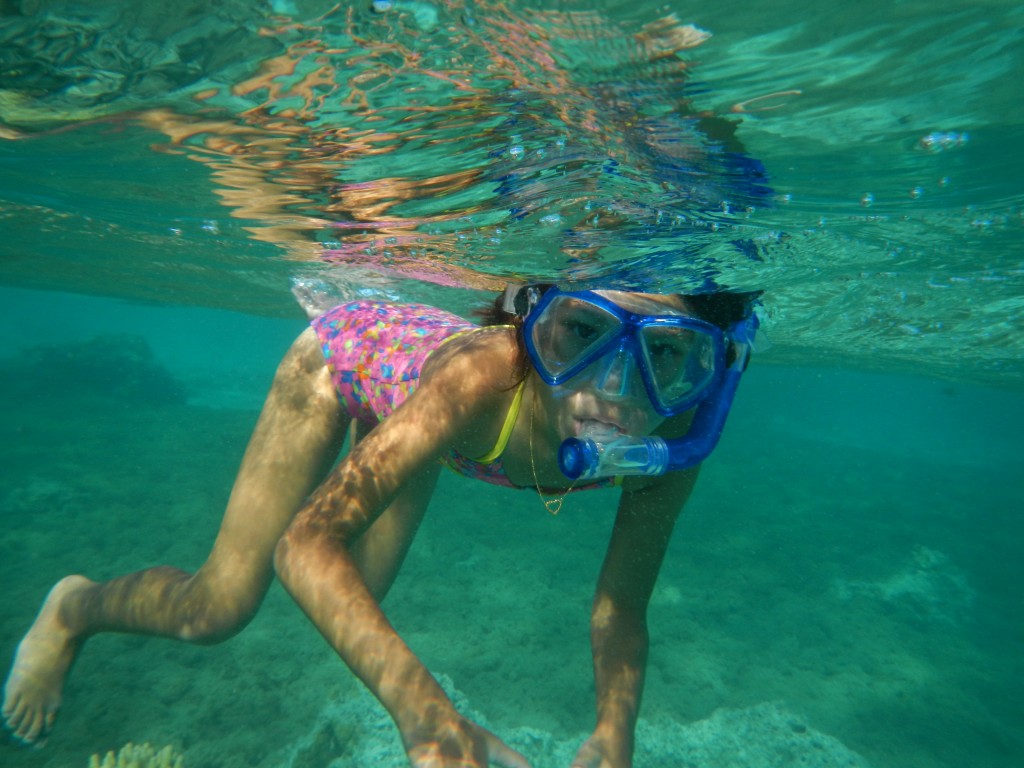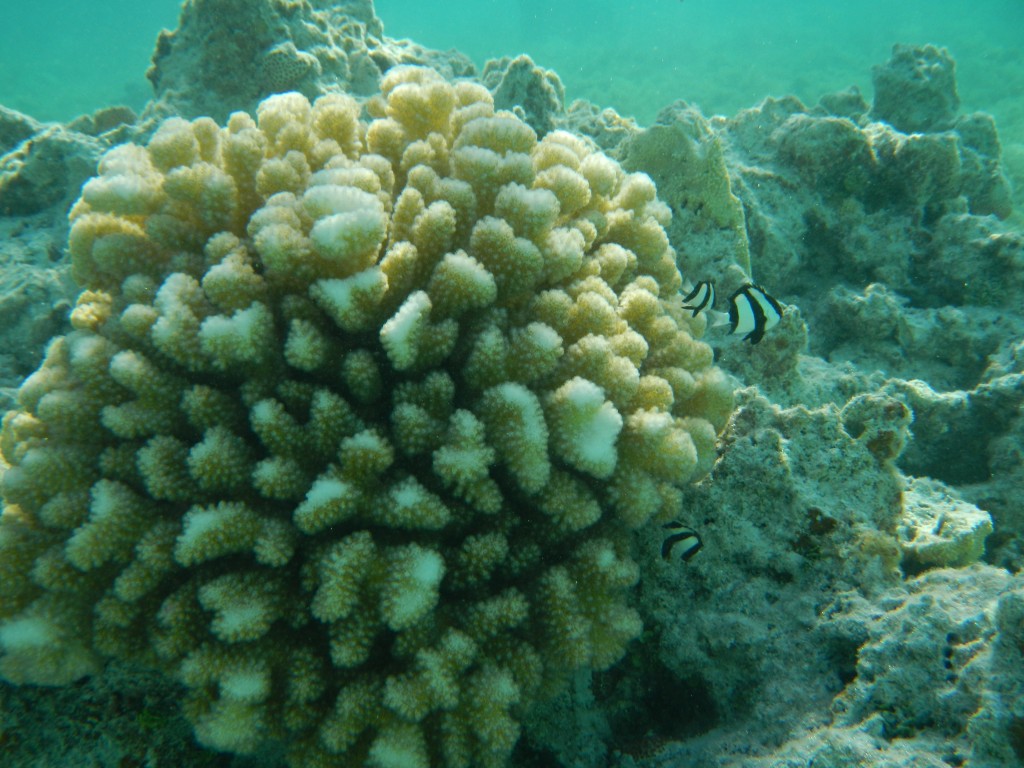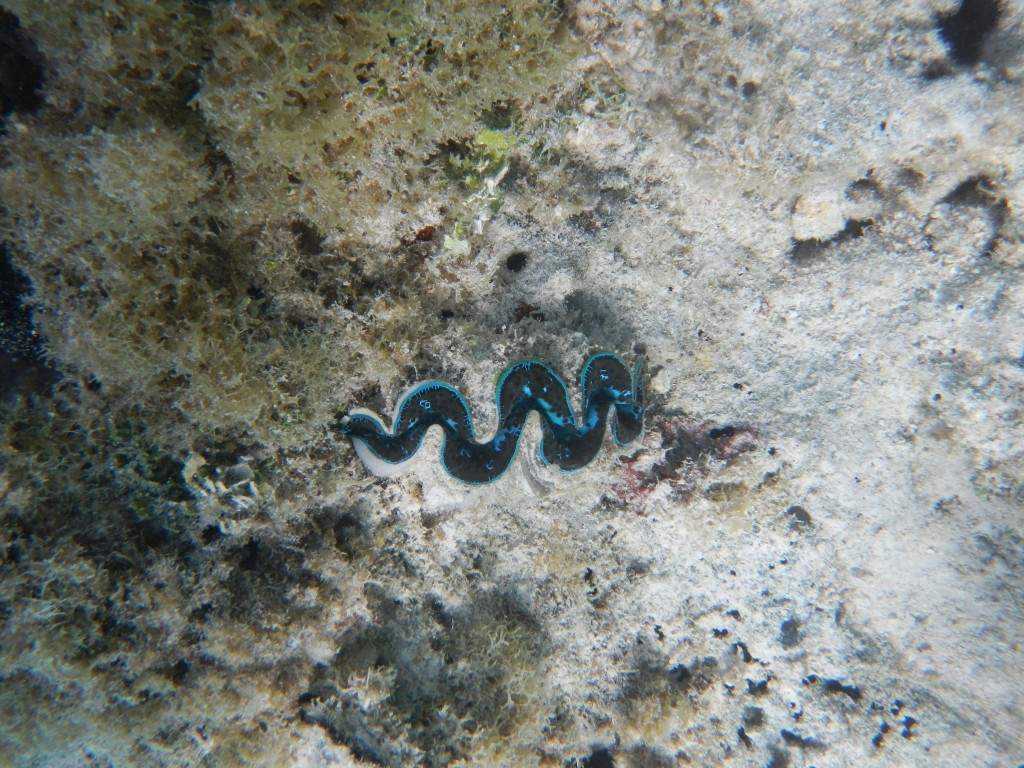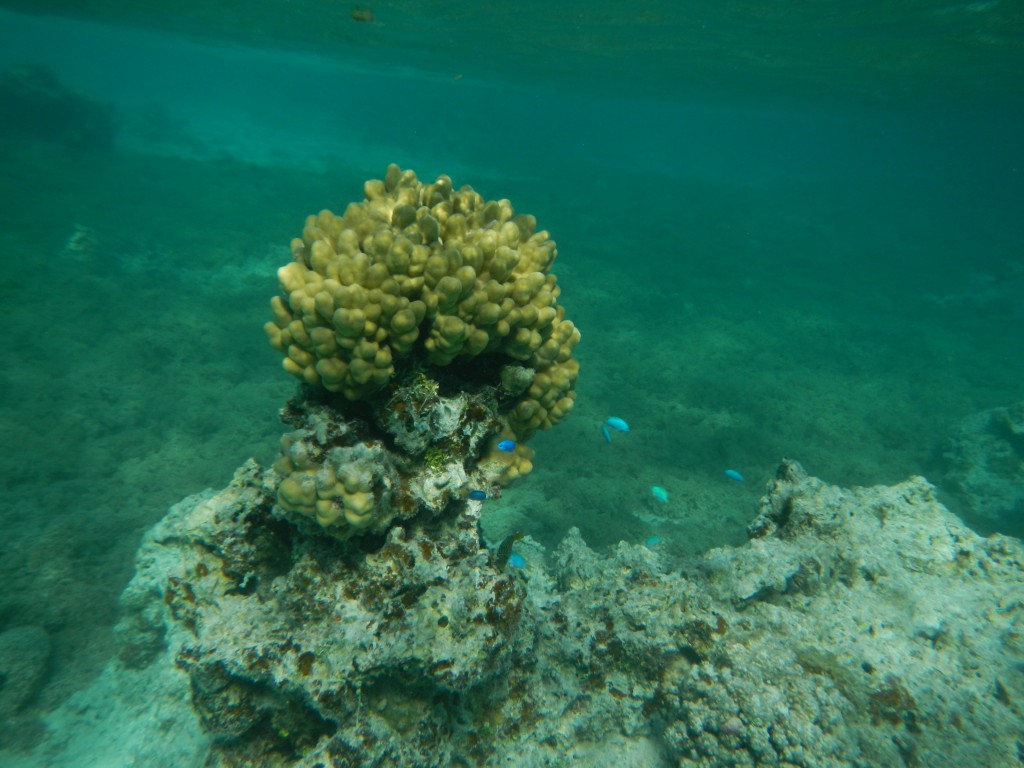A funny thing happened on the way to the gendarmerie (official you must visit to check out of French Polynesia). About 50 yards from the office, we saw a poster advertising Heiva, a huge annual festival of Polynesia culture featuring competition in dance, chanting, rowing, and sports. Each Society Island has their own Heiva, which lasts about 2 weeks. We decided to extend our stay in Bora Bora by a week to see the first 2 days of the festival. Our rational—we’ve come all this way so why miss out on something so special! Since we do have a timeline to get to Australia, this puts us a week behind schedule, but by spending a day or two less in the next few island groups (Cooks, Tonga, Fiji, New Caledonia), we can get close enough to being back on schedule. And what better place to spend an extra week than Bora Bora!
So, instead of the last minute flurry of activities preparing the boat for a passage, we kicked back and spent the next few days snorkeling, paddle-boarding, relaxing, and getting together with other boats like Bob The Cat and Maestro. I’m also reading South Sea Tales by Jack London, which is very interesting because some of the stories take place in areas we’ve sailed through or will be sailing through.
Heiva 2015
During the day, we walked around Viatapi, the main village on Bora Bora and site of the Heiva. The waterfront area was transformed into an arena for the evening competitions, huts with Polynesian arts and crafts, and bamboo buildings with restaurants. After the 2-week festival, it all gets torn down and becomes a parking lot again.
Each night there are 2 performances (chanting and dancing) in an outdoor sand-covered arena. Each performance is from a different village on Bora Bora. The performances are judged and a winner is announced at the end of Heiva.
On the first night, the group doing the chanting (Himene) was from Tiipoto. They wore colorful dresses, flower headbands, and shell necklaces and chanted to a flowing, melodic ukulele rhythm and drum beat. The singing and swaying were very beautiful to watch.

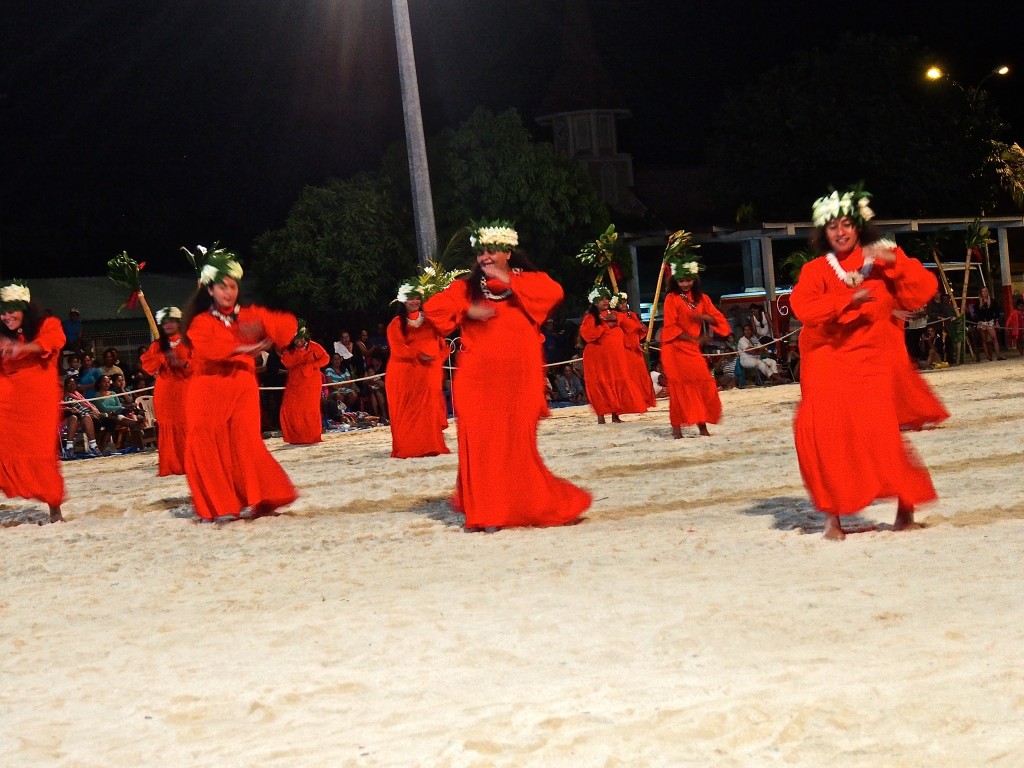
The second performance was dancing (Otea) by the village of Faanui. This was done to a much faster beat and featured young women wearing grass skirts, flowered headbands, necklaces, and wristbands, and coconuts. The men wore grass loin cloths and headbands and were also very fit.


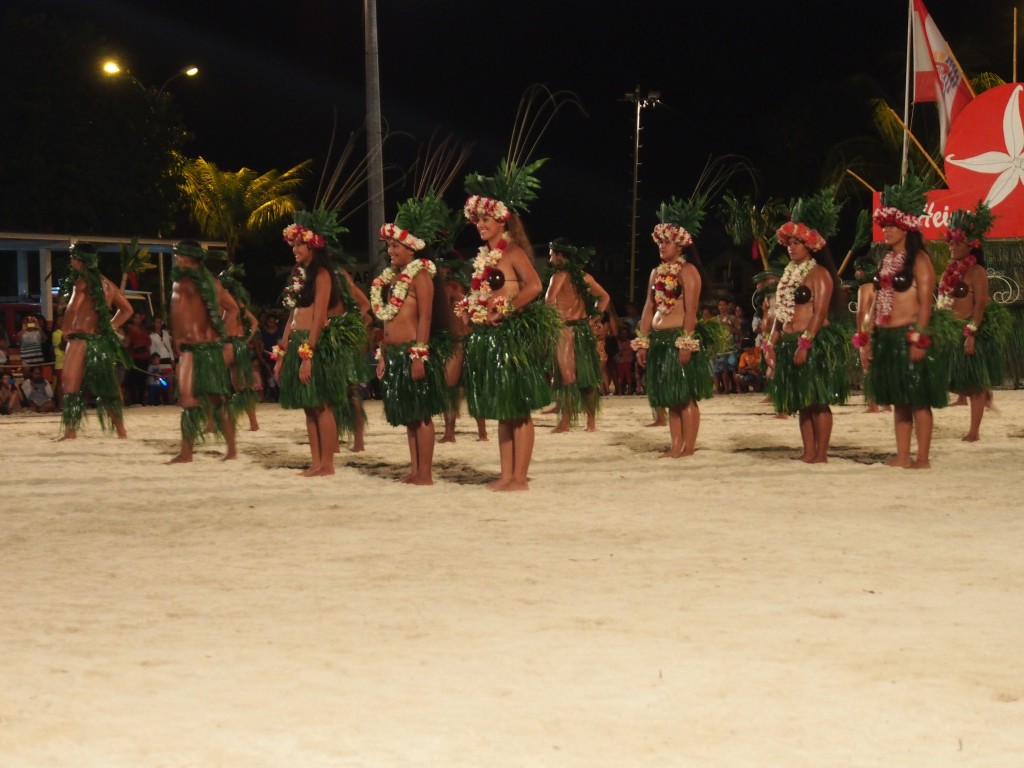
It was an amazing evening that started with a nice dinner with Erin, Len and baby Trent from SV Maestro before the performance. We bought tickets and sat in the bleacher section to watch the 3-hour performance, which began at 8pm. A huge shower came through right at the end and we were soaking wet by the time we dinghy’d back to our boat!
We’ll upload more videos of the performance when we find faster wifi, but here are a few short clips….
Pearl Purchase
Similar to Tahiti, Bora Bora is a great place to buy black pearls. There are a dozen or so pearl shops in Viatapi, and Karen never grew tired of “looking”. By now, we are somewhat educated in pearls since we’ve been to pearl farms, pearl museums, and countless pearl shops. I figured this was my last chance to make a purchase since we were leaving French Polynesia in 3 days. I also figured she deserved it for doing something as crazy as quitting our jobs for a year, squeezing into a boat the size of most people’s living room, and sailing across the biggest ocean in the world.
So Karen found a nice black Tahitian pearl she hinted that she REALLY liked, and I snuck back to the store and bought it. It was sold as a loose pearl and I had it mounted in an 18K white gold stud with a white gold necklace. She chose this particular pearl for its size (13.4mm), quality (grade A round), and color (very light peacock). The owner of Baldini’s Pearls was very friendly and let me watch as he drilled and mounted the pearl.
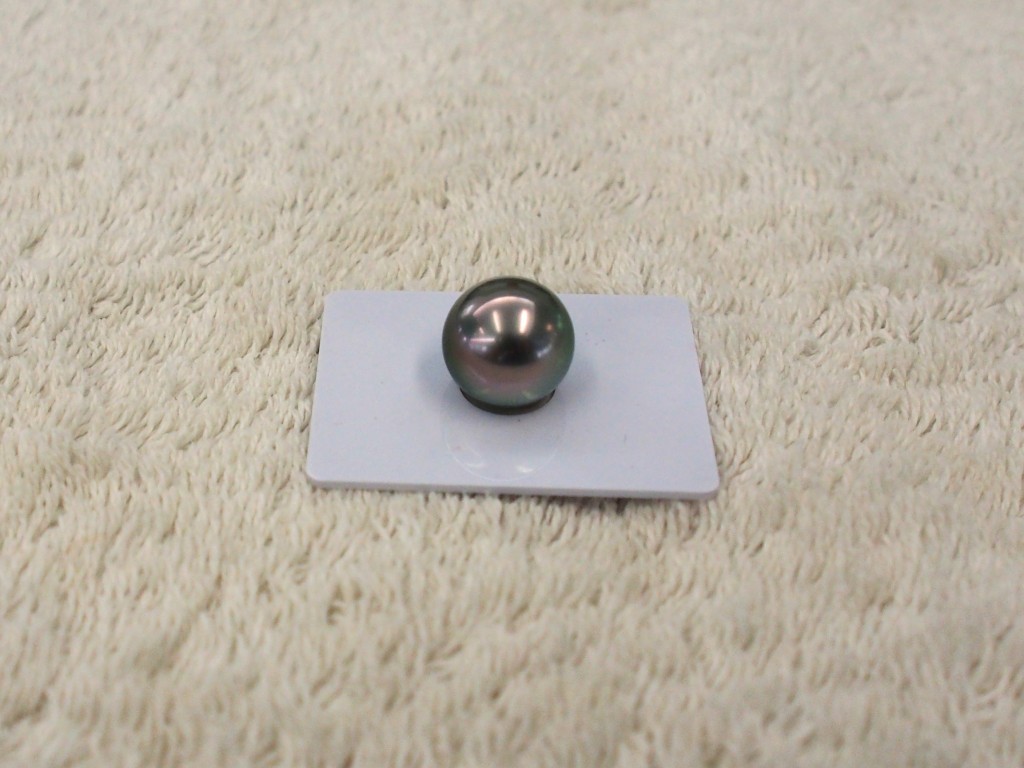


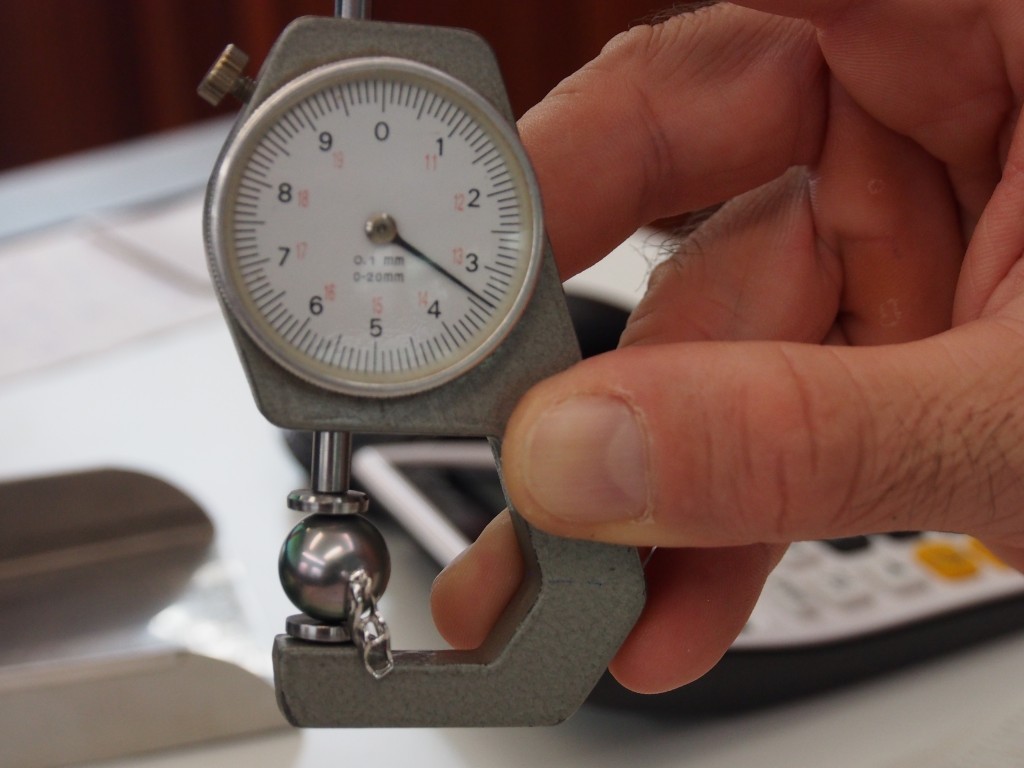

One More Delay….
Two days before our intended departure, we were munching on some caramel corn at the Heiva festival and Karen broke a tooth (at least we thought so at the time). Back at the boat, I inspected the tooth with a flashlight while stretching her mouth to try to see in the back. It looked like the break went down to the gum line, which brought worries of infection if not treated. We decided to delay our departure another 3 days so we could have it looked at on Monday. We knew a dentist office was located right next door to the Aloe Cafe, where we spent lots of time using wifi, and hoped we could get a walk-up appointment. Arrived there at 9am and only had to wait 30 minutes until the dentist could see her. Turns out it was a prior filling in the side of the tooth that had broken off. 30 minutes and only $40 later, a new filling was in and we were back at the Aloe Cafe eating bacon and eggs.
